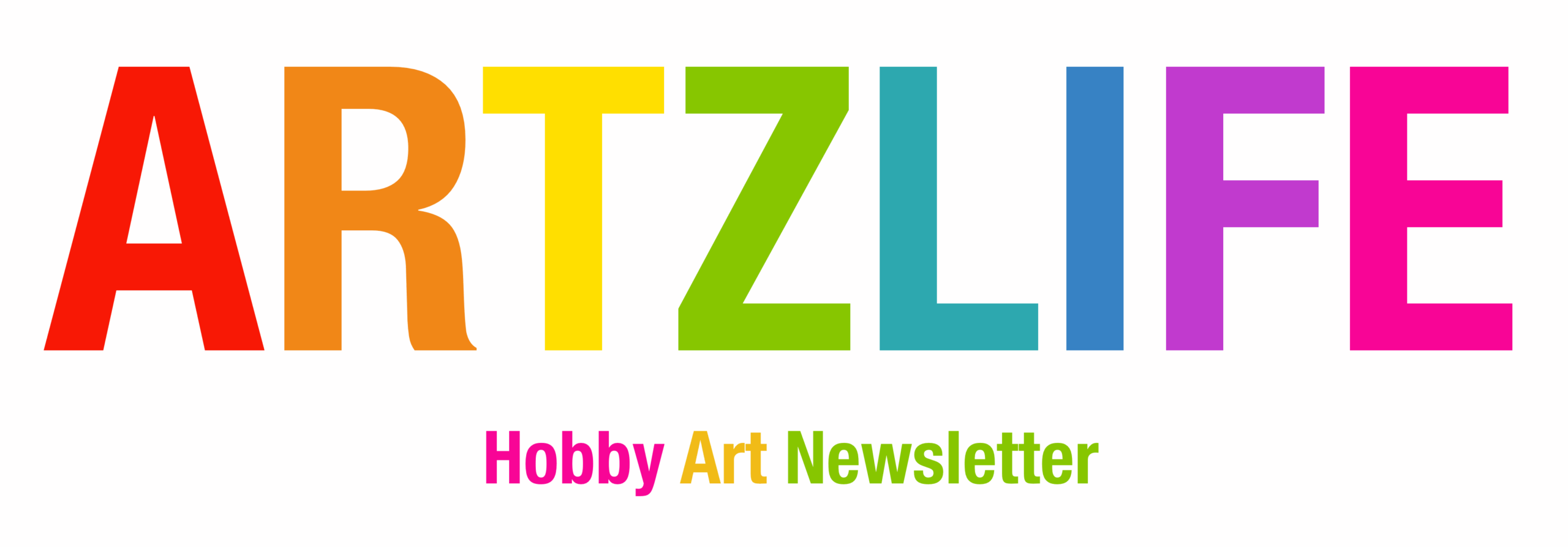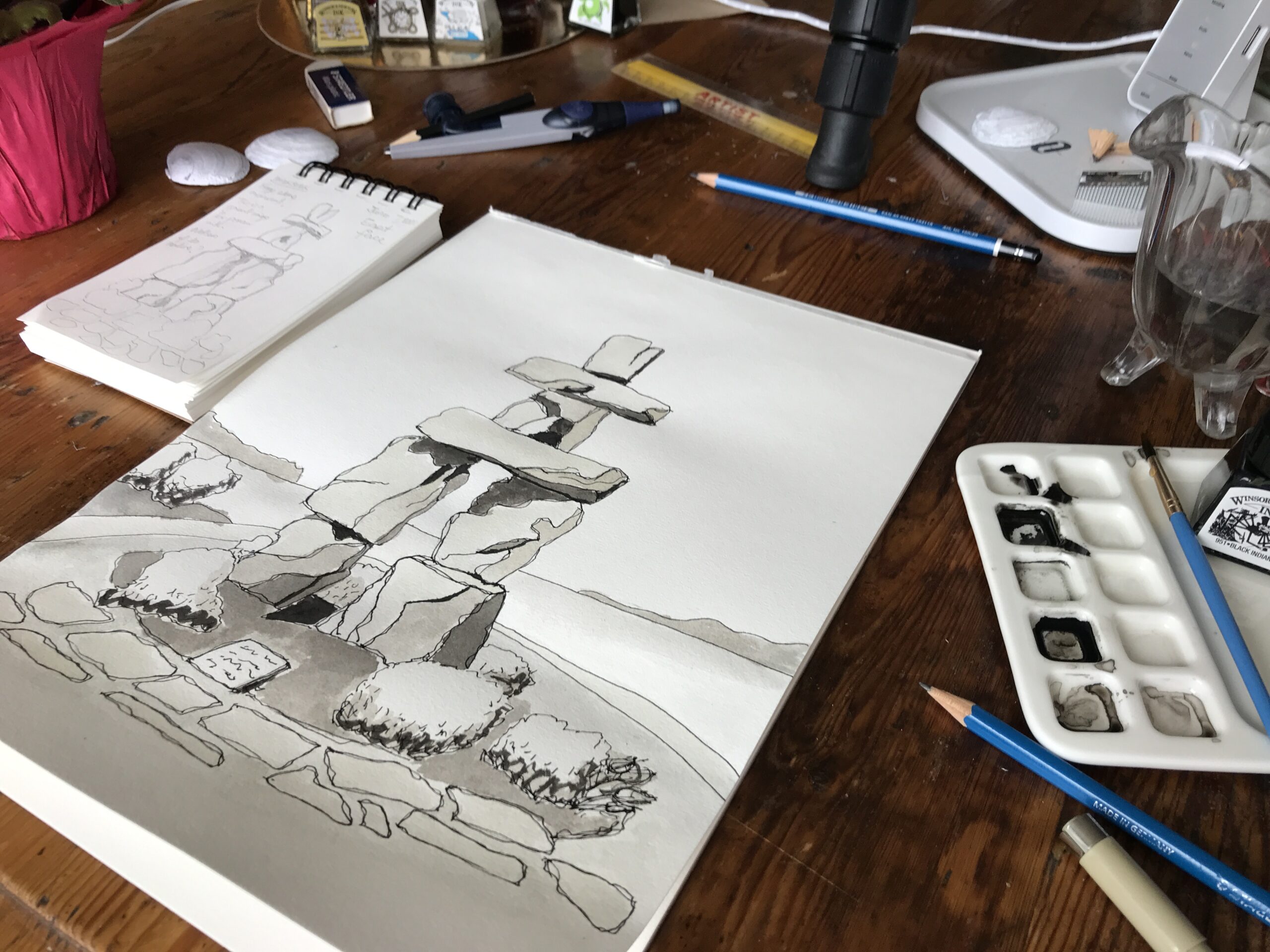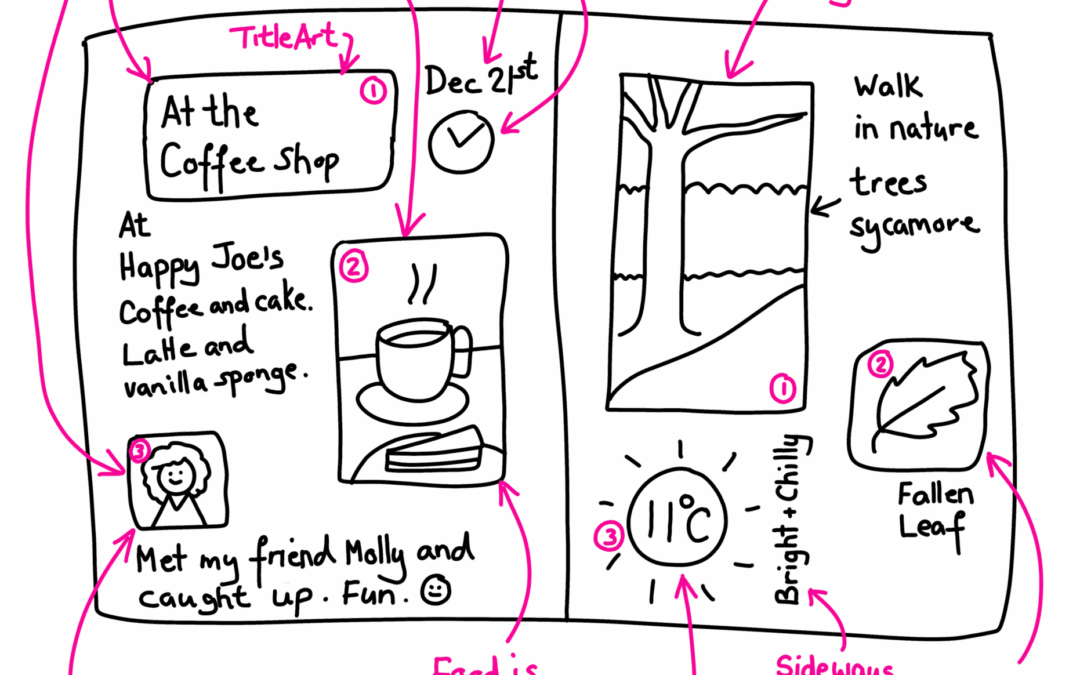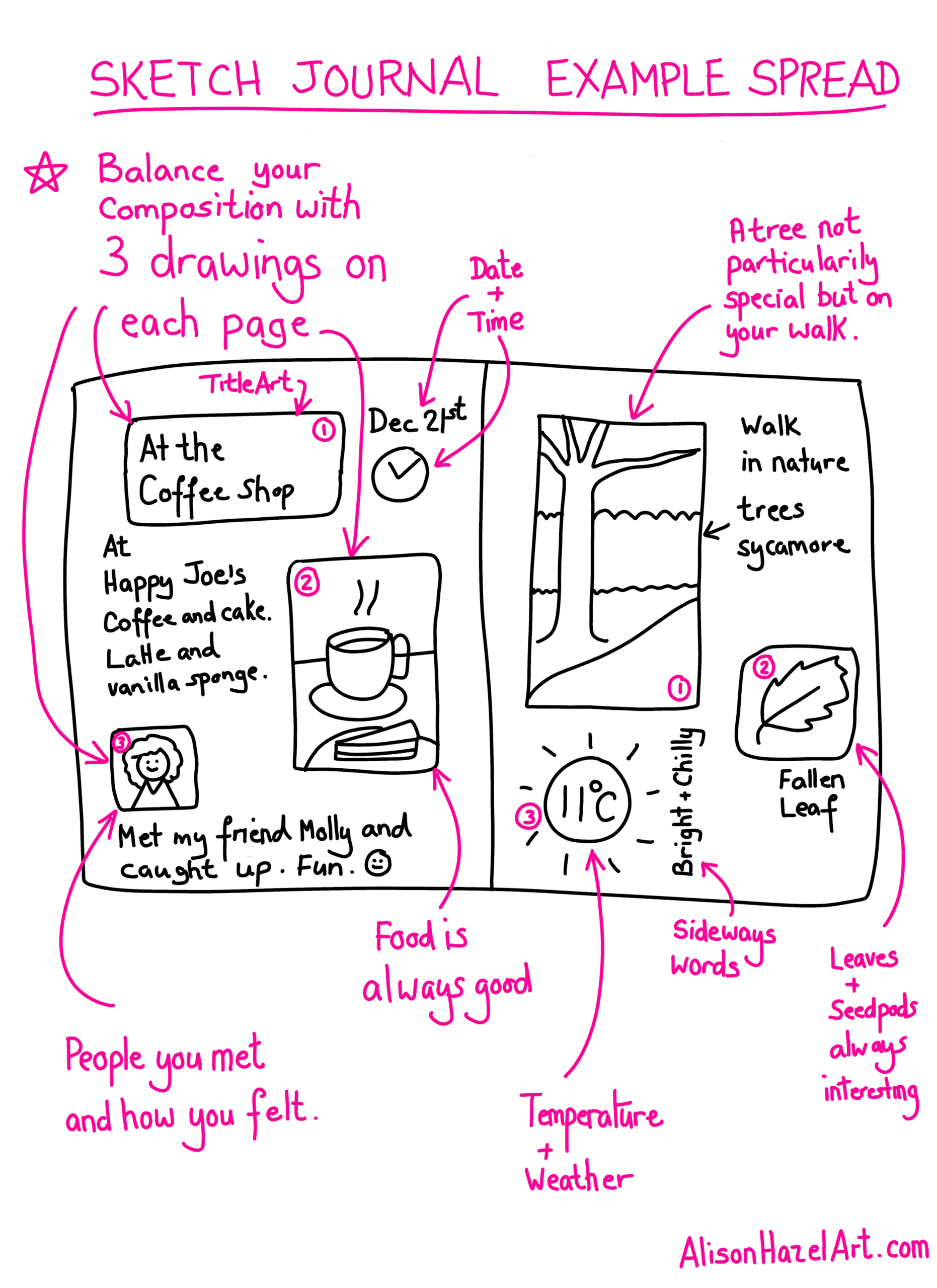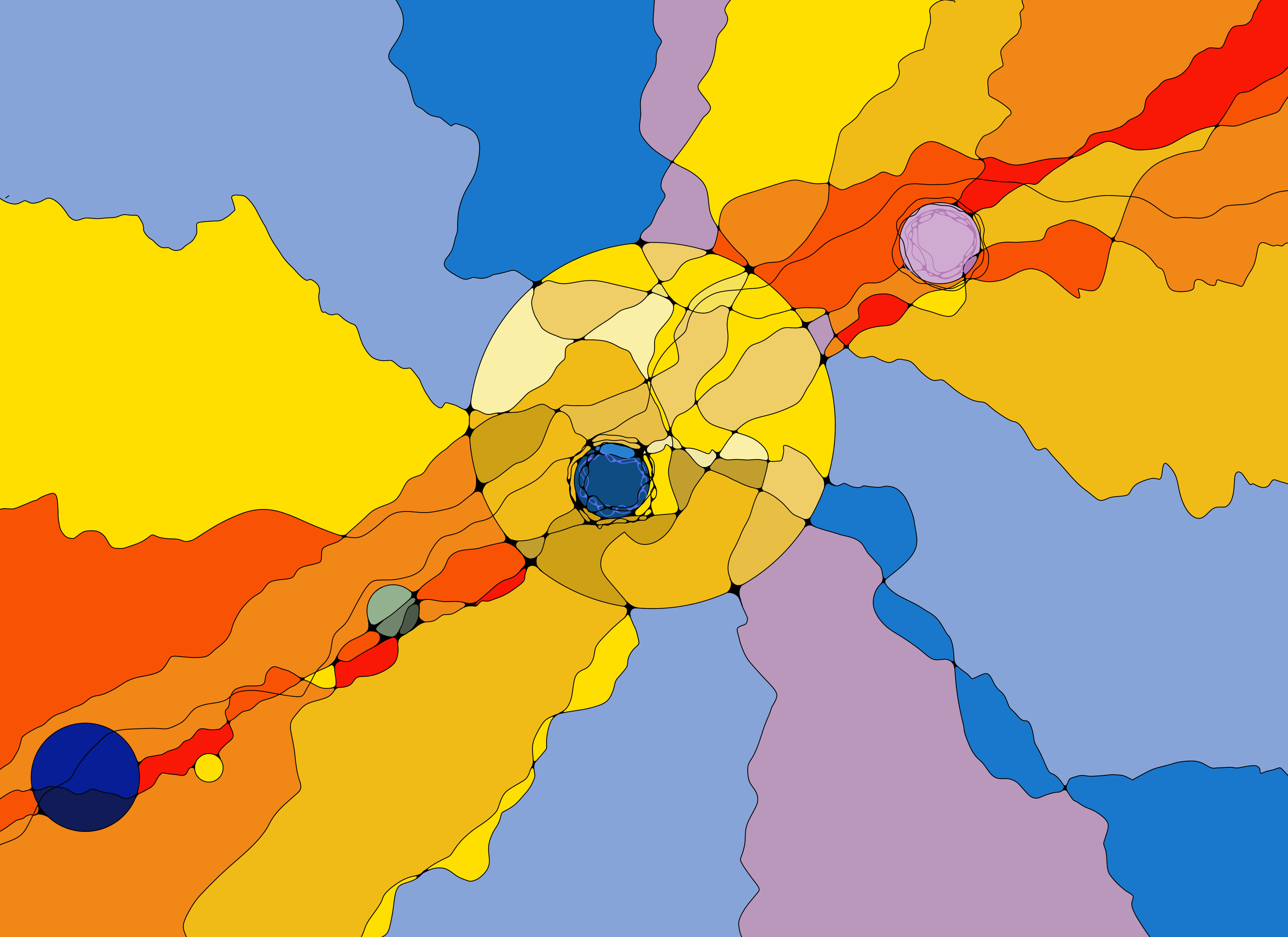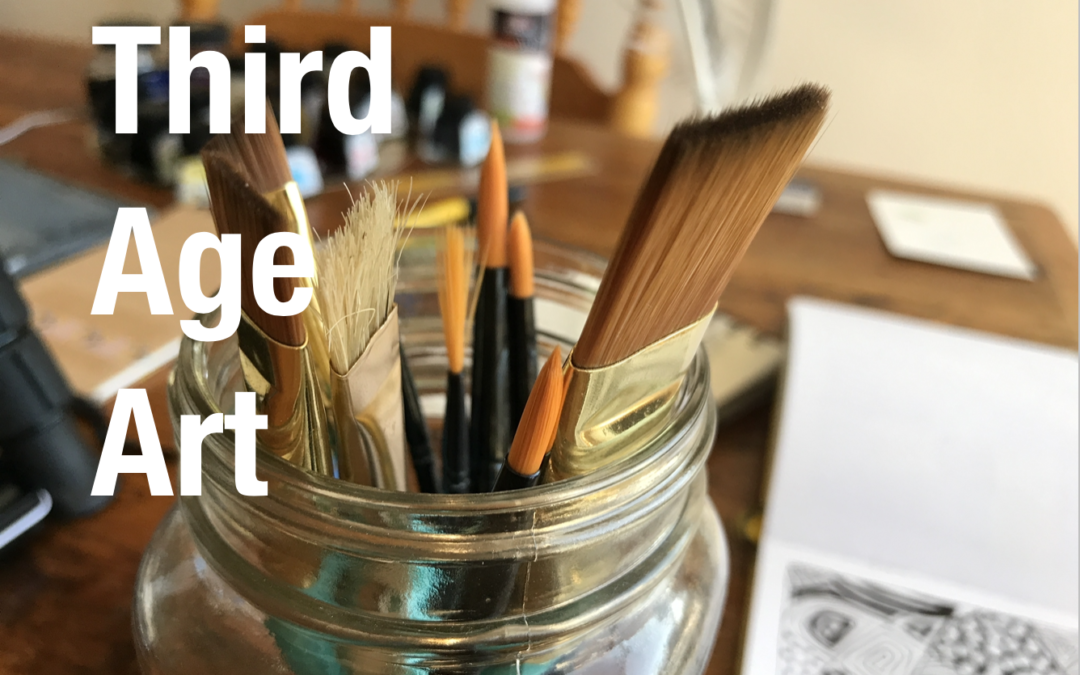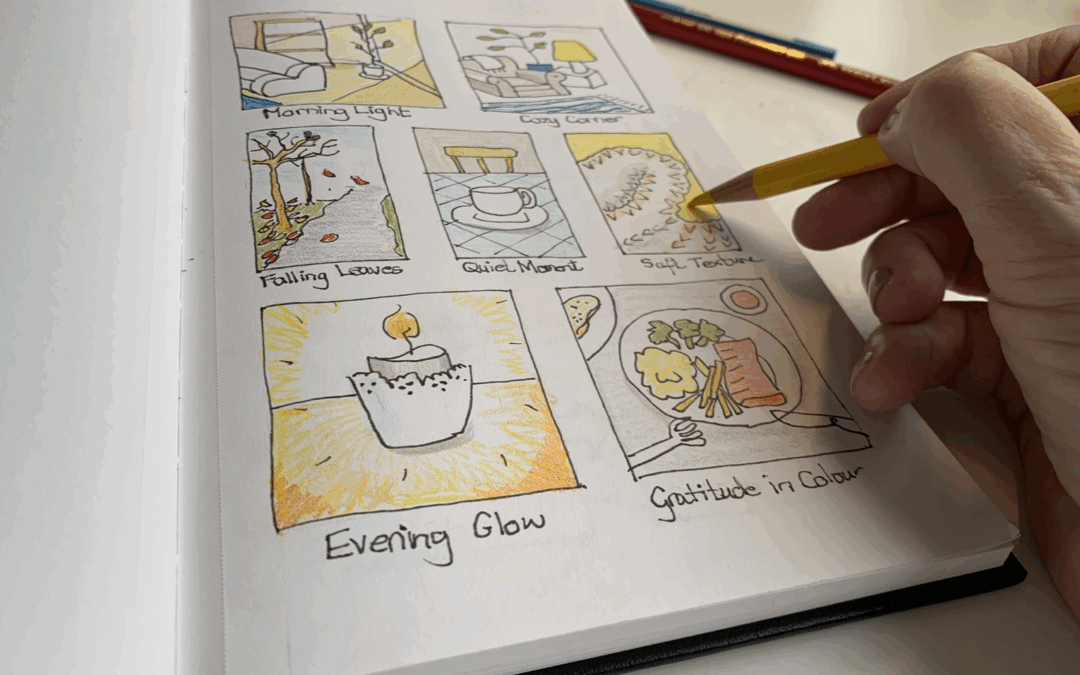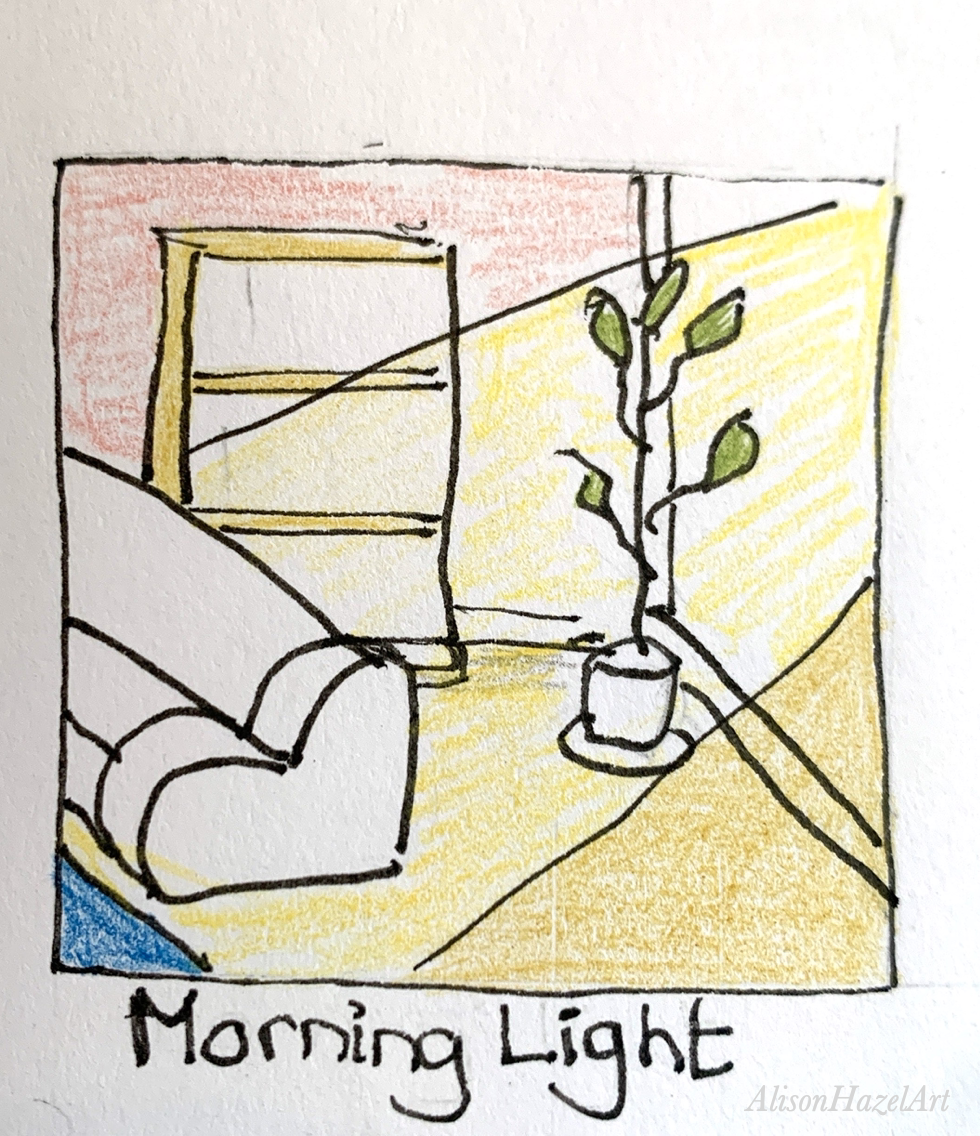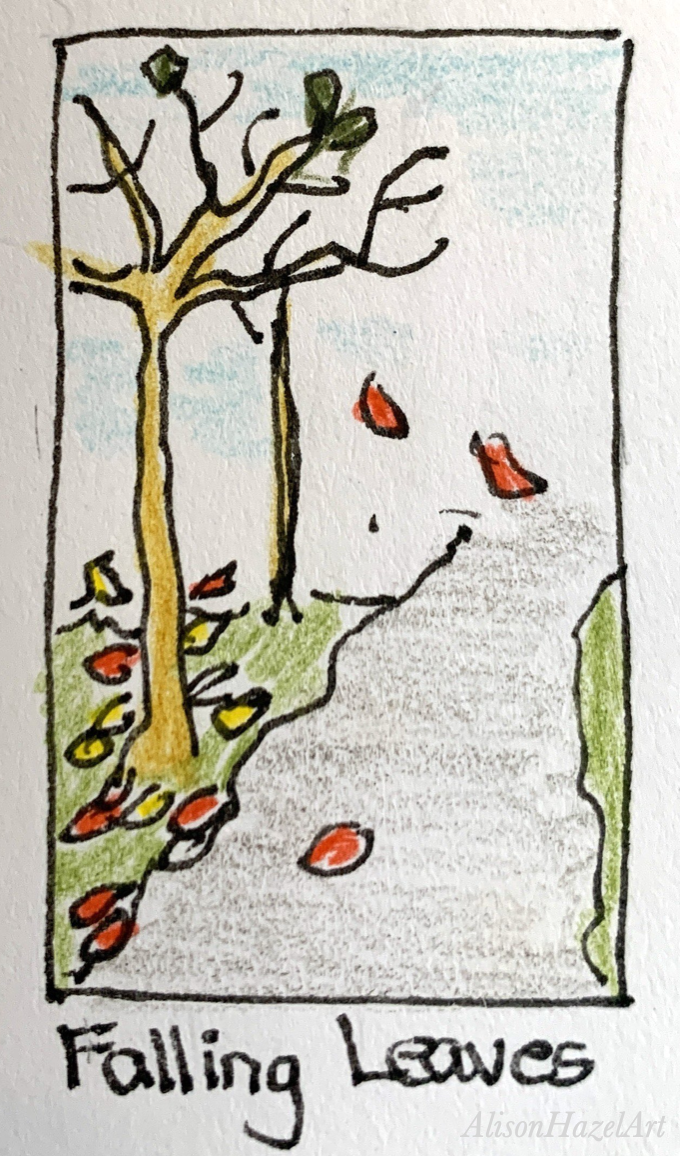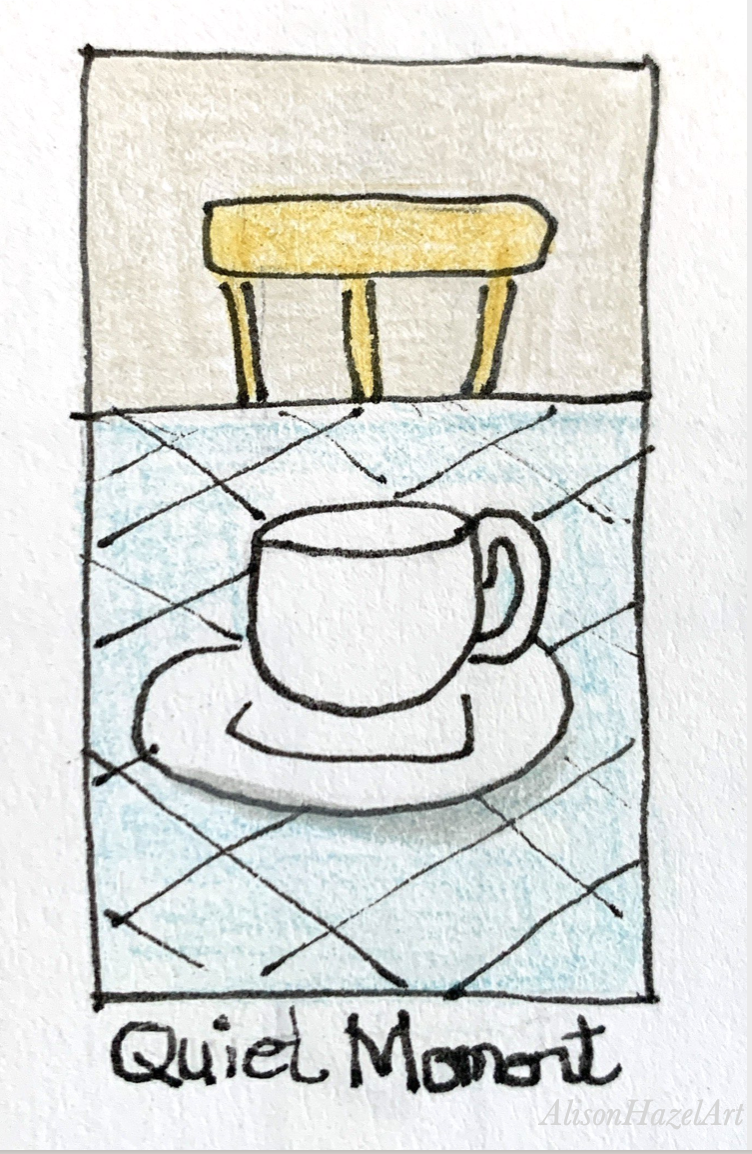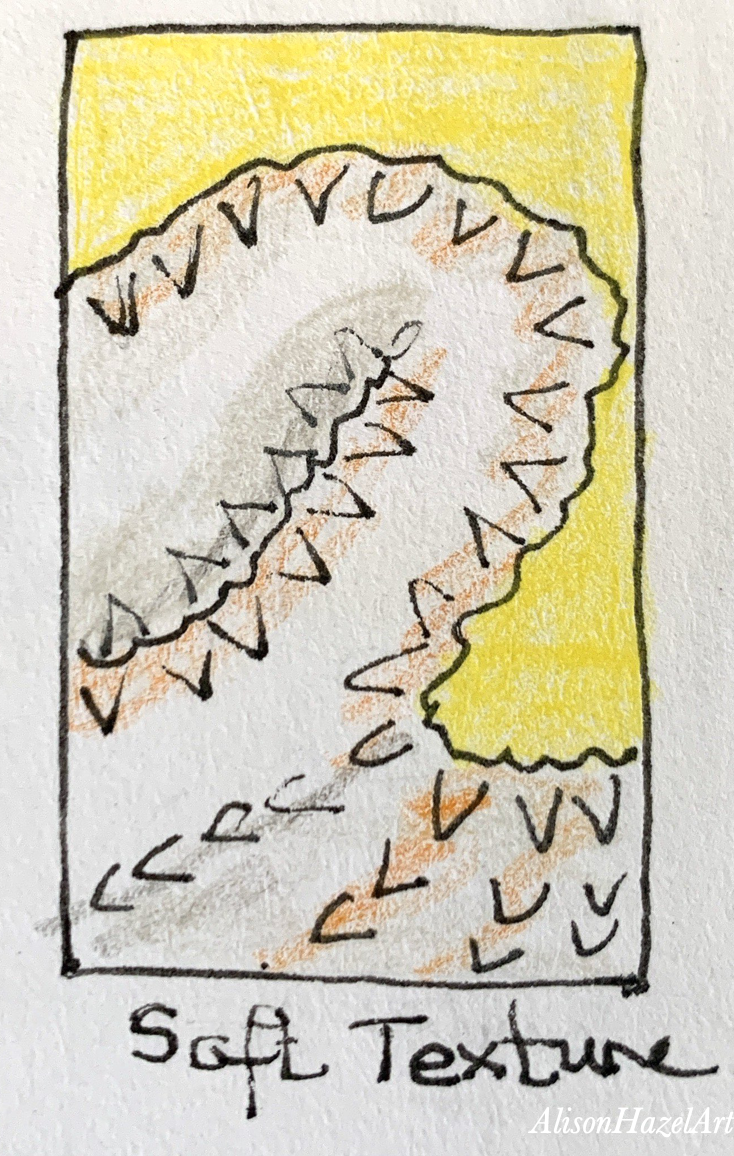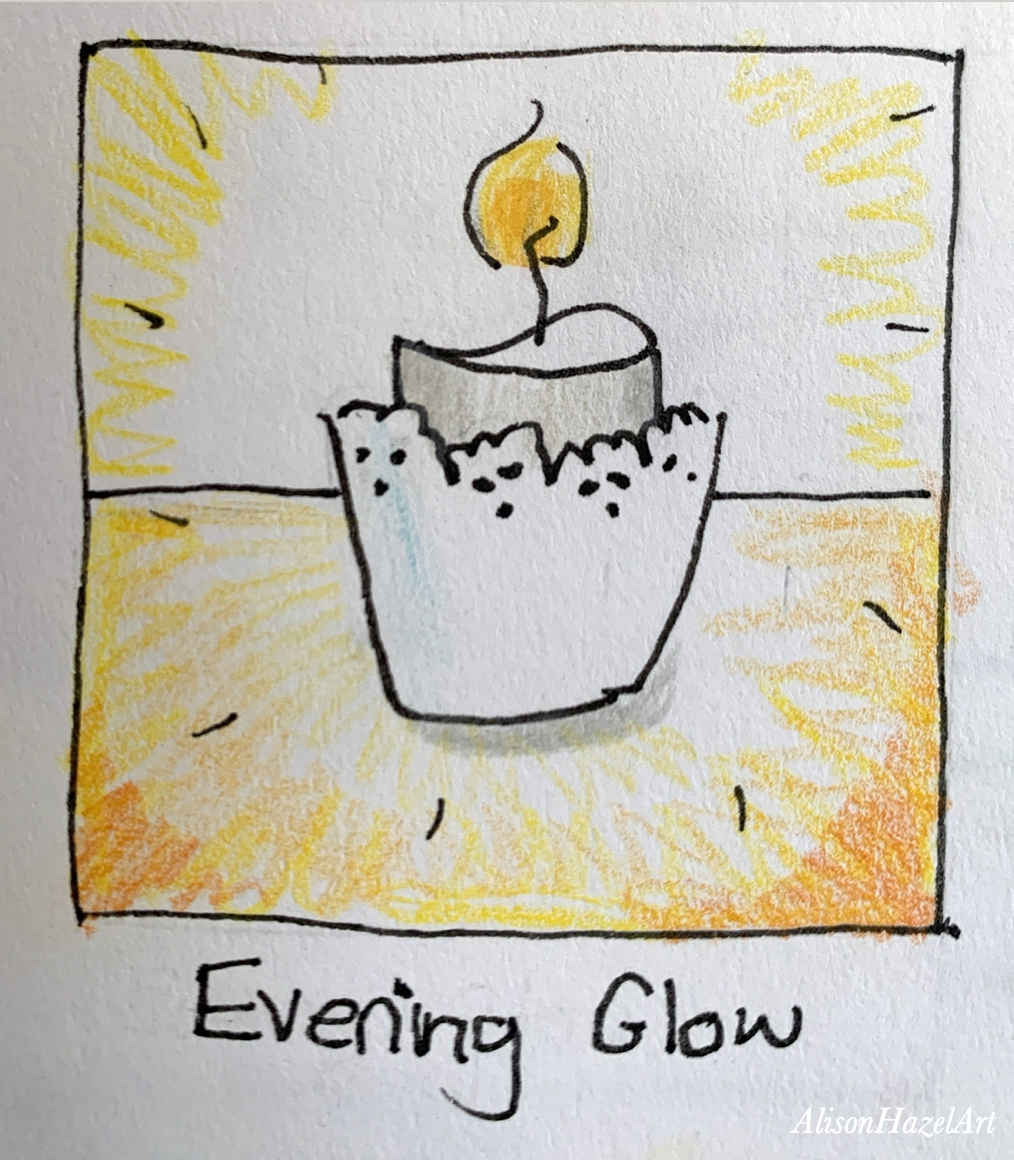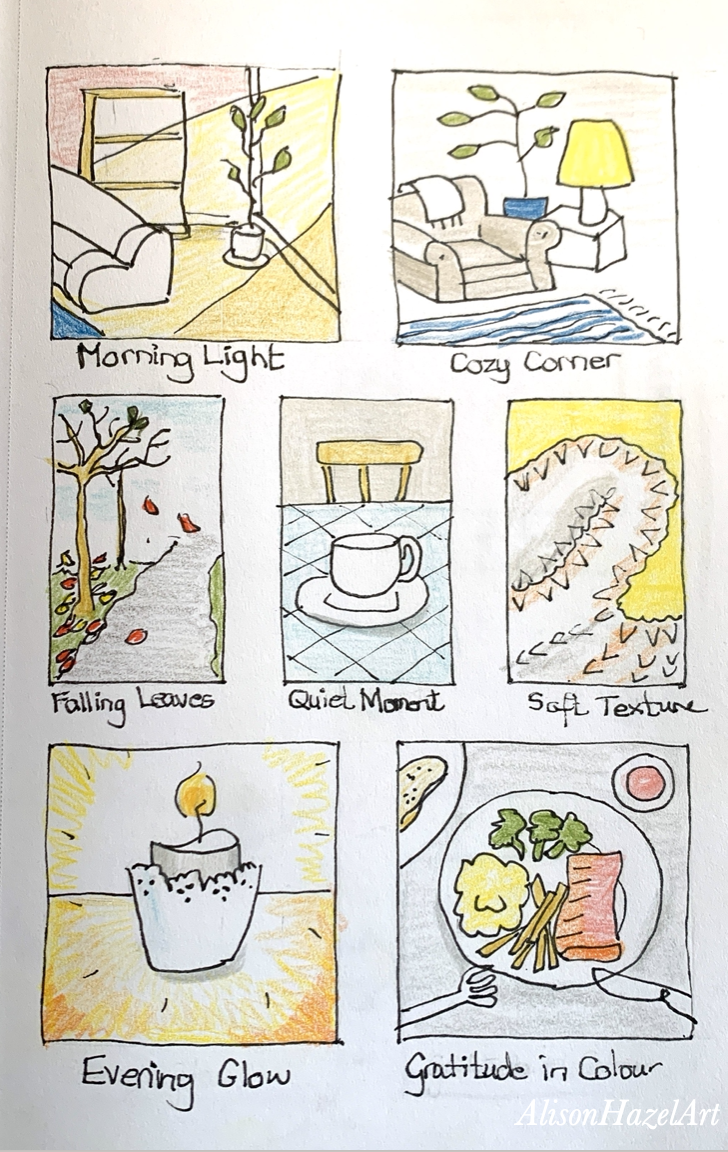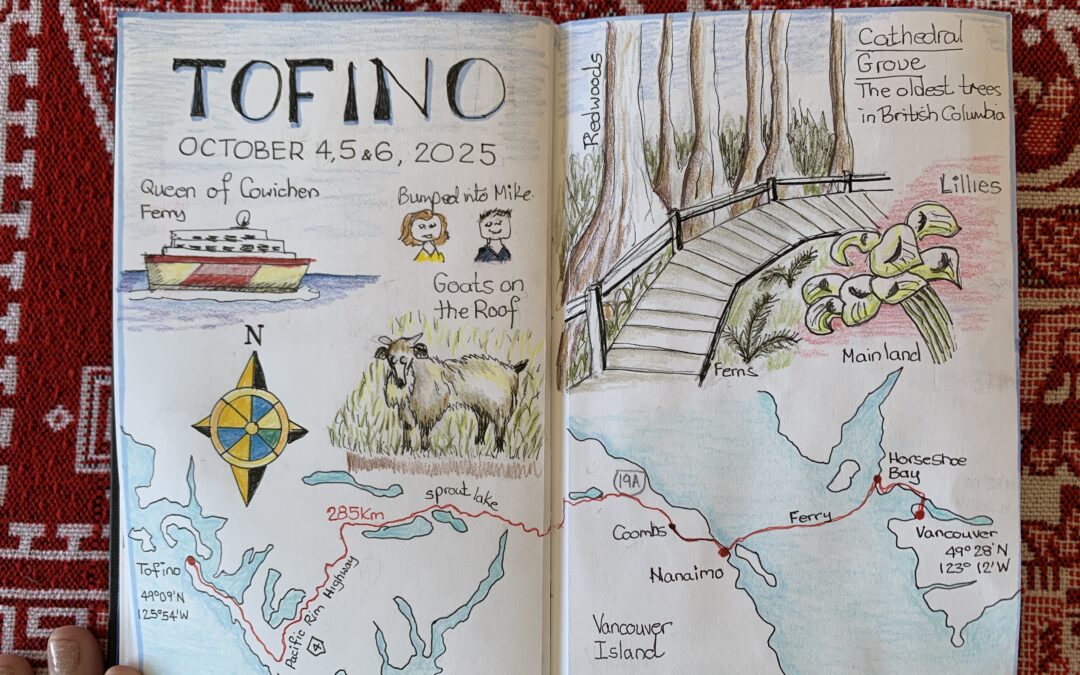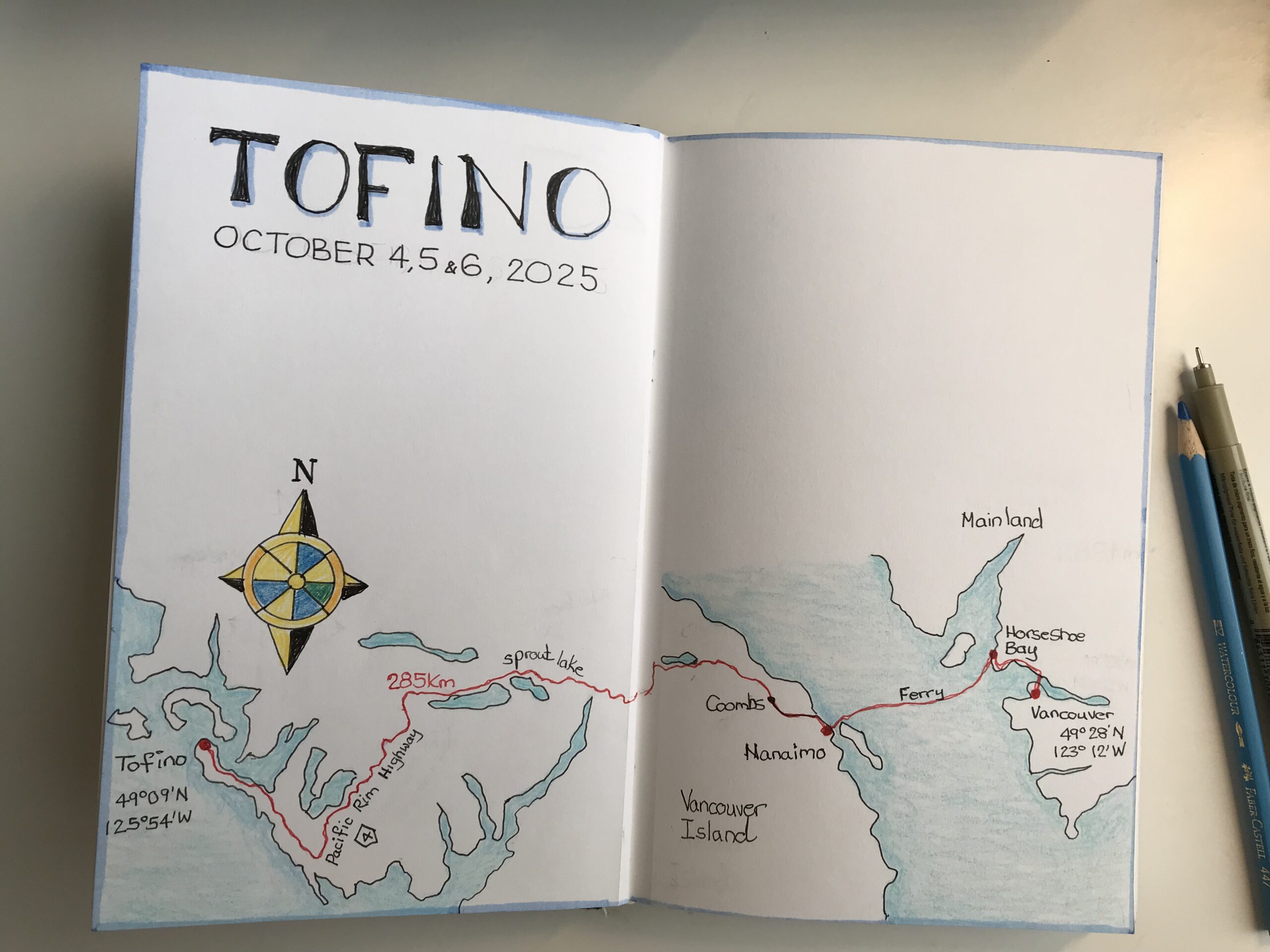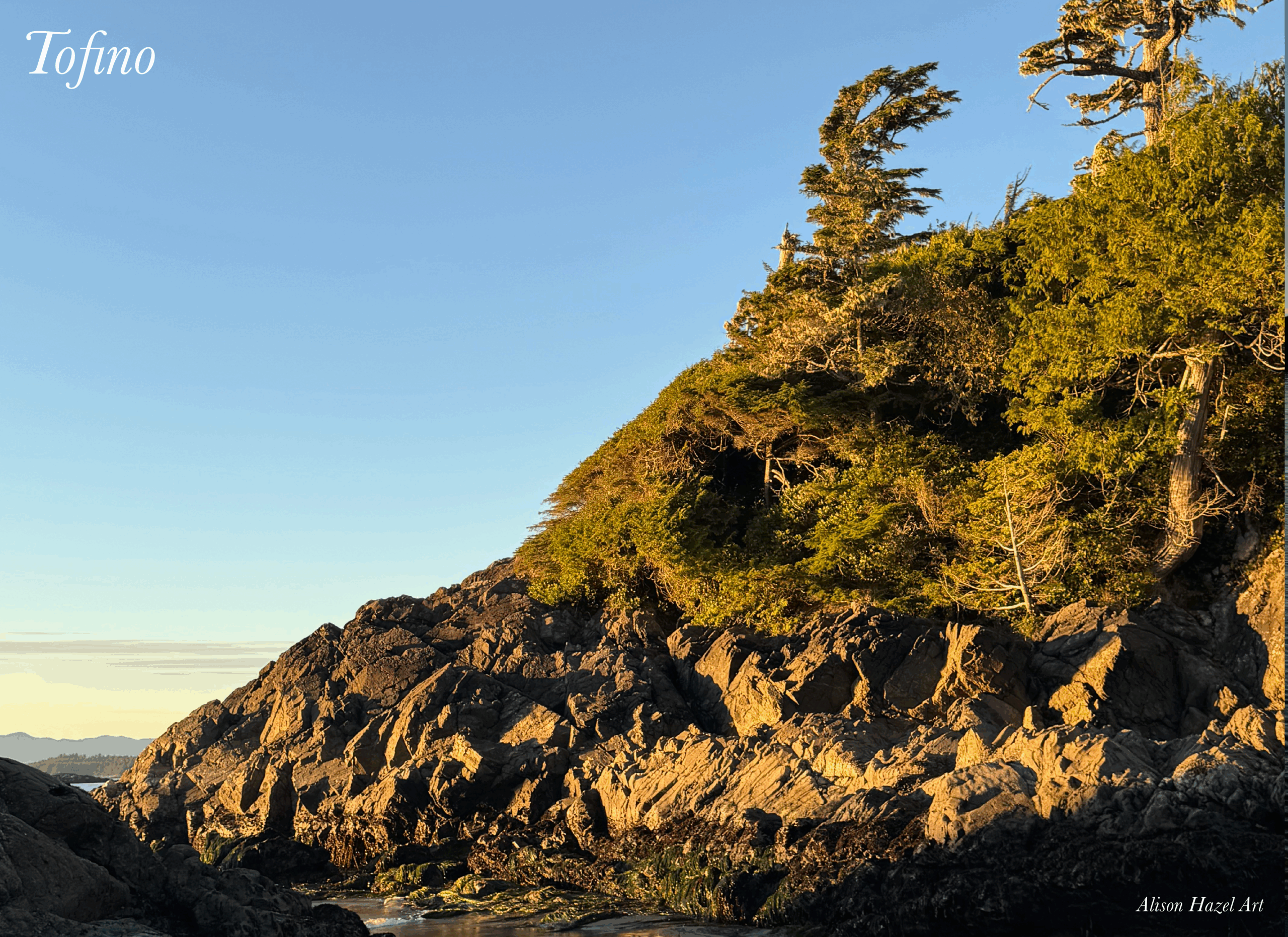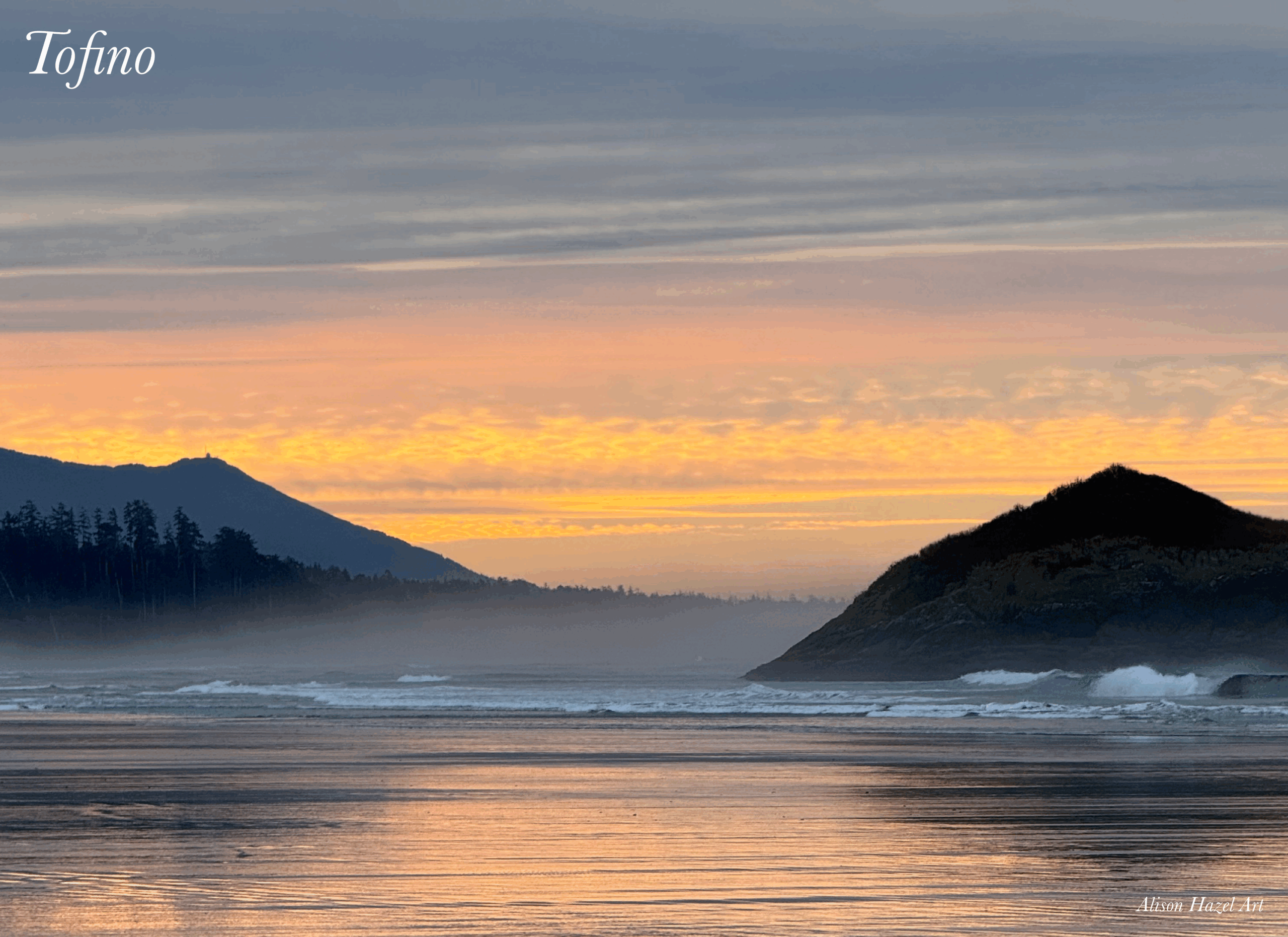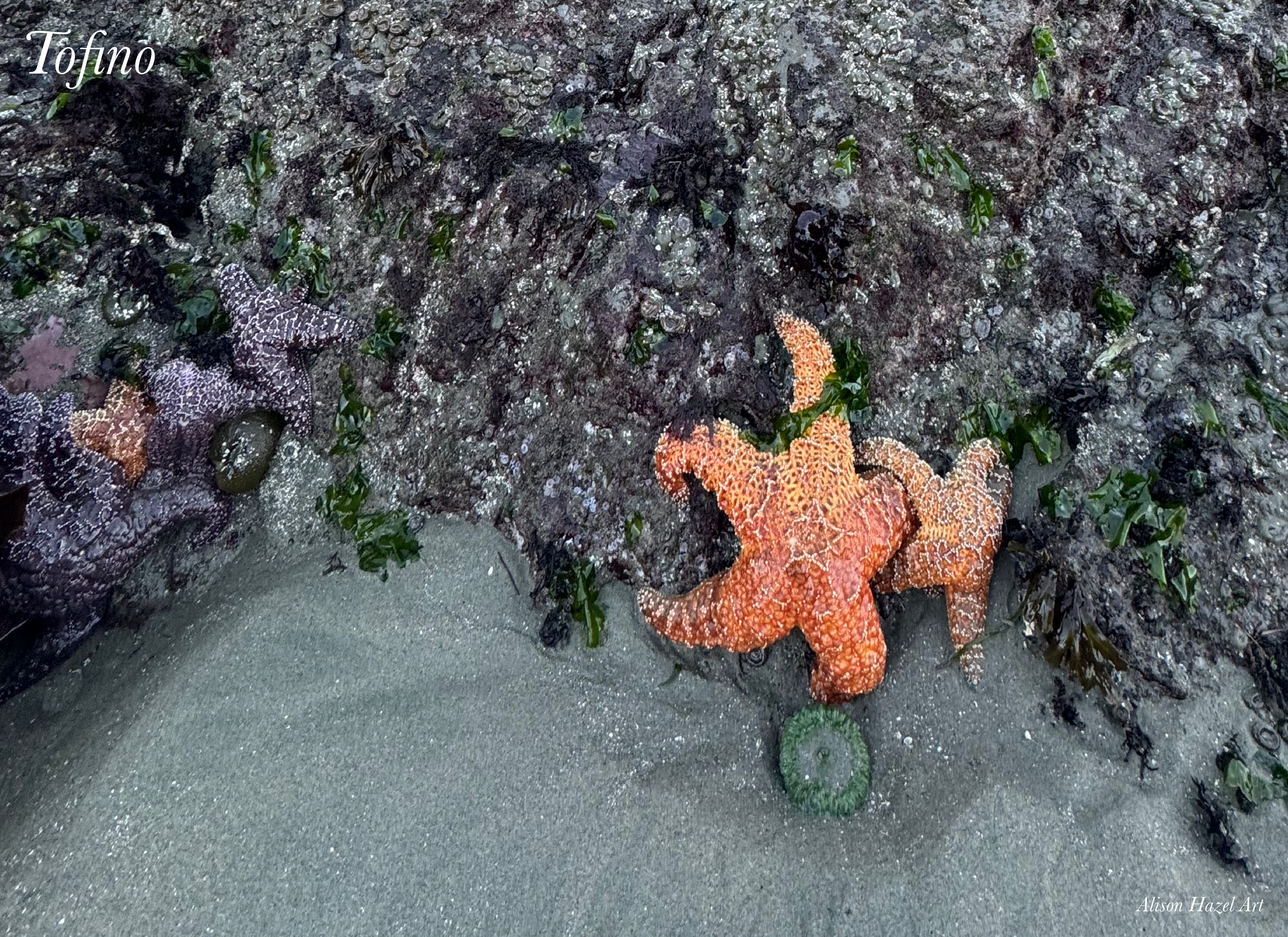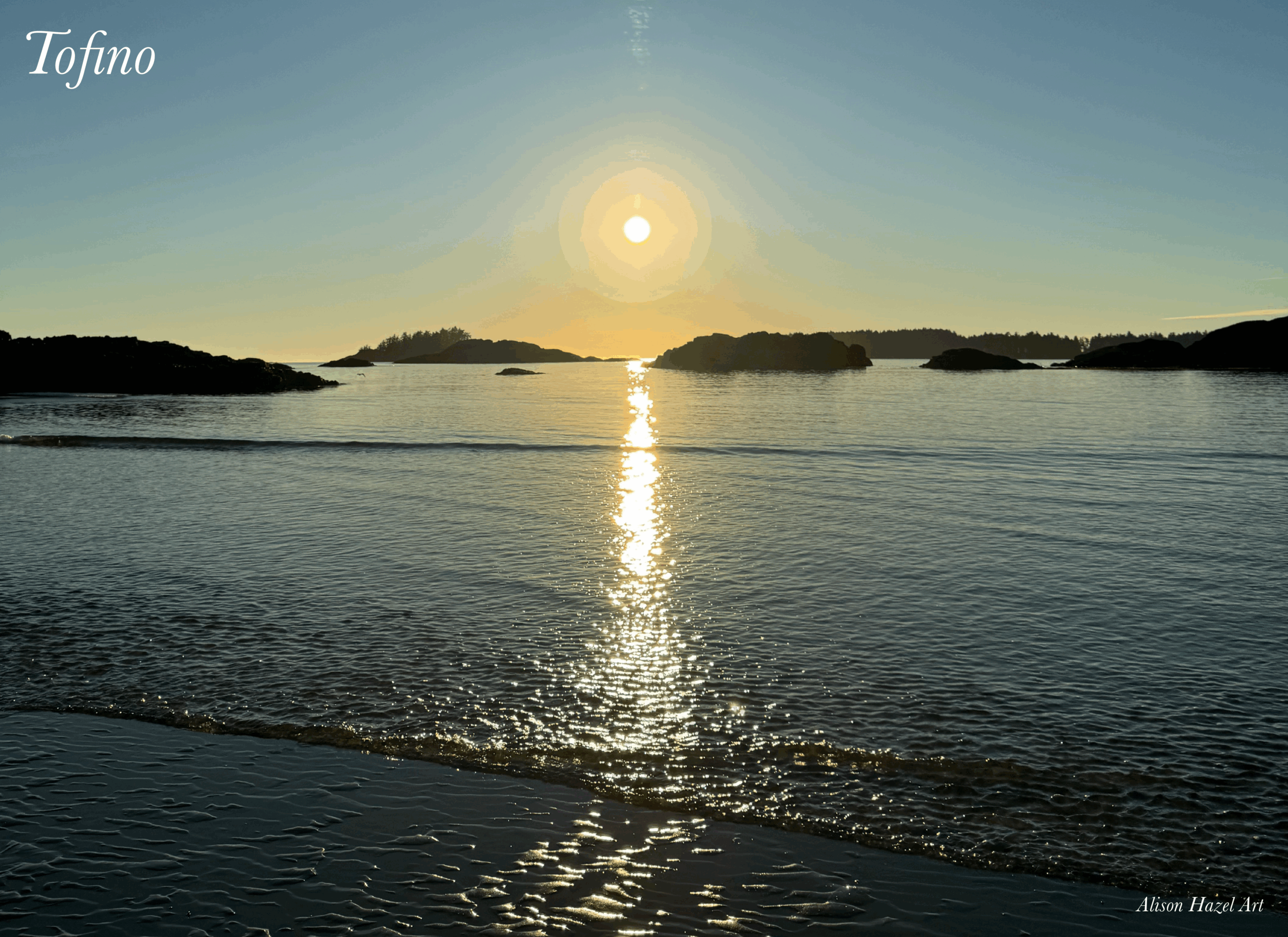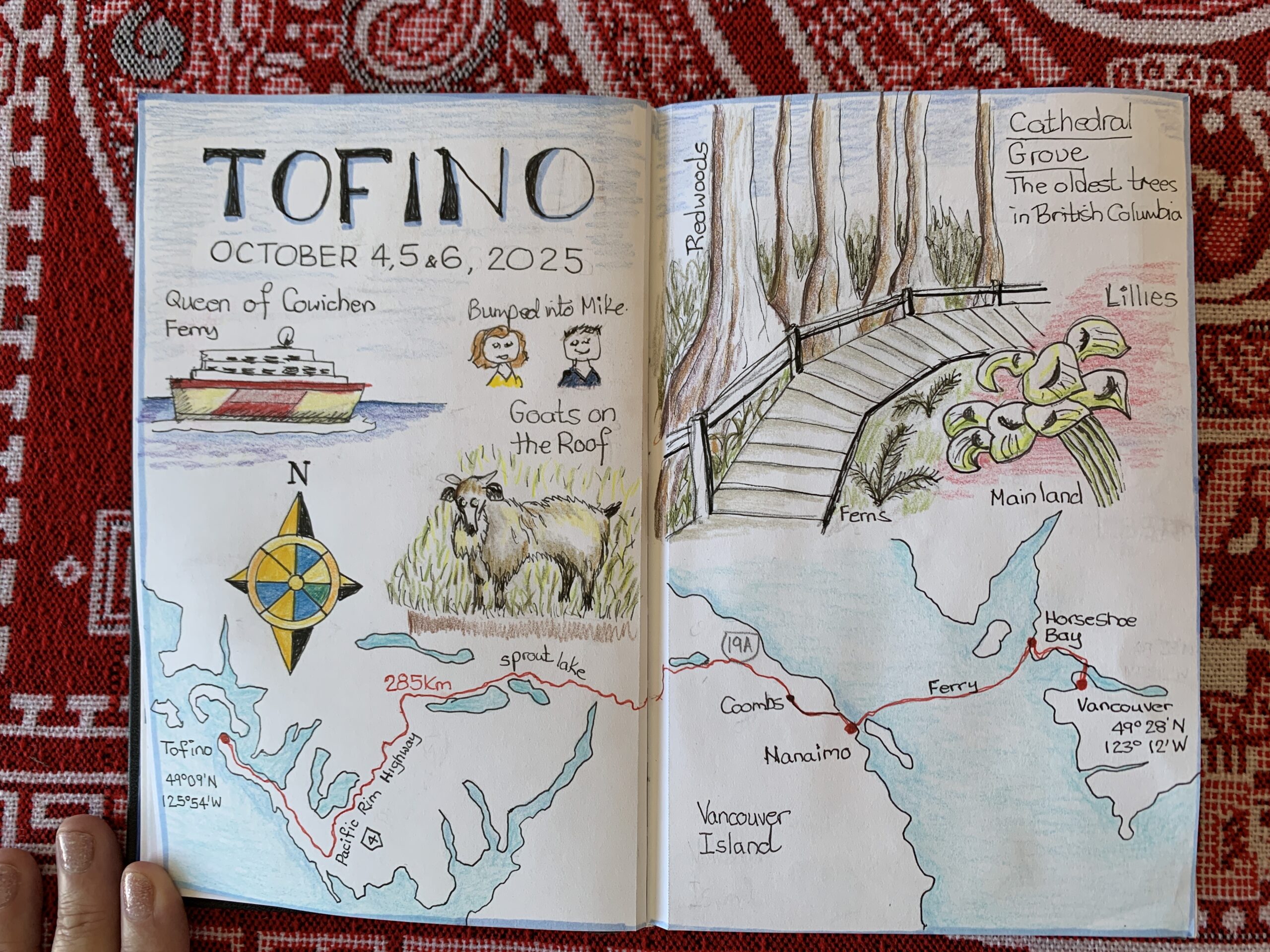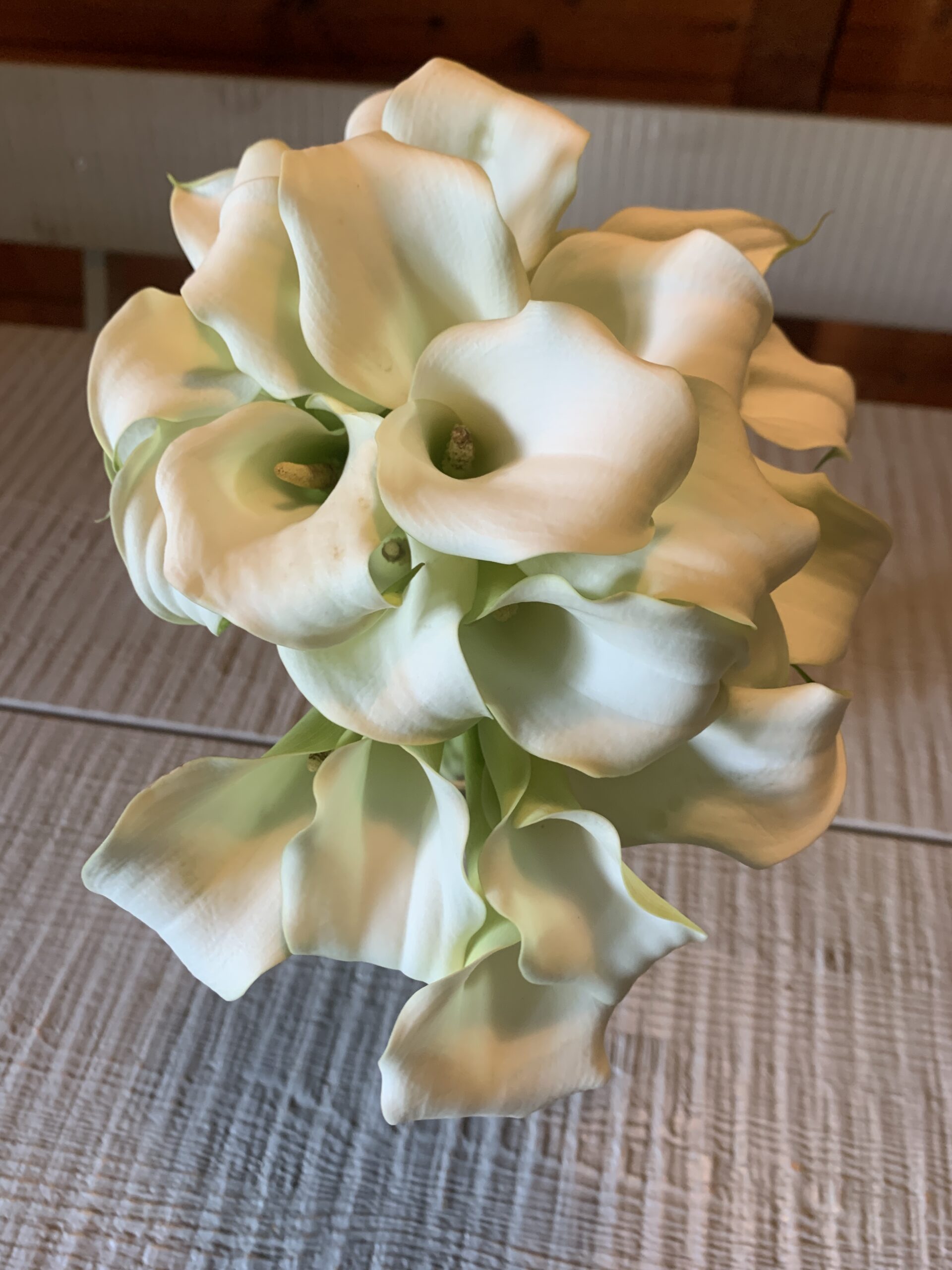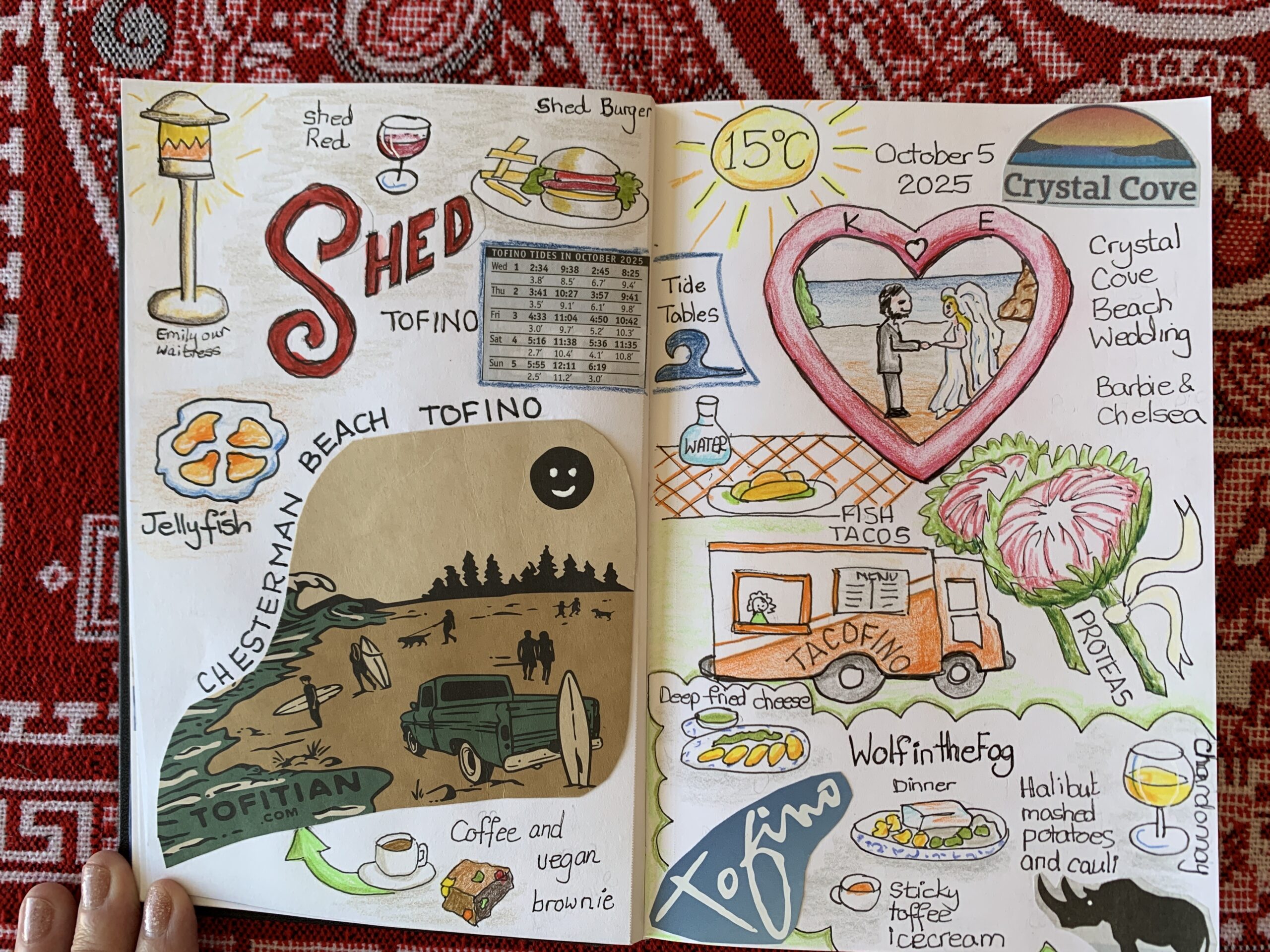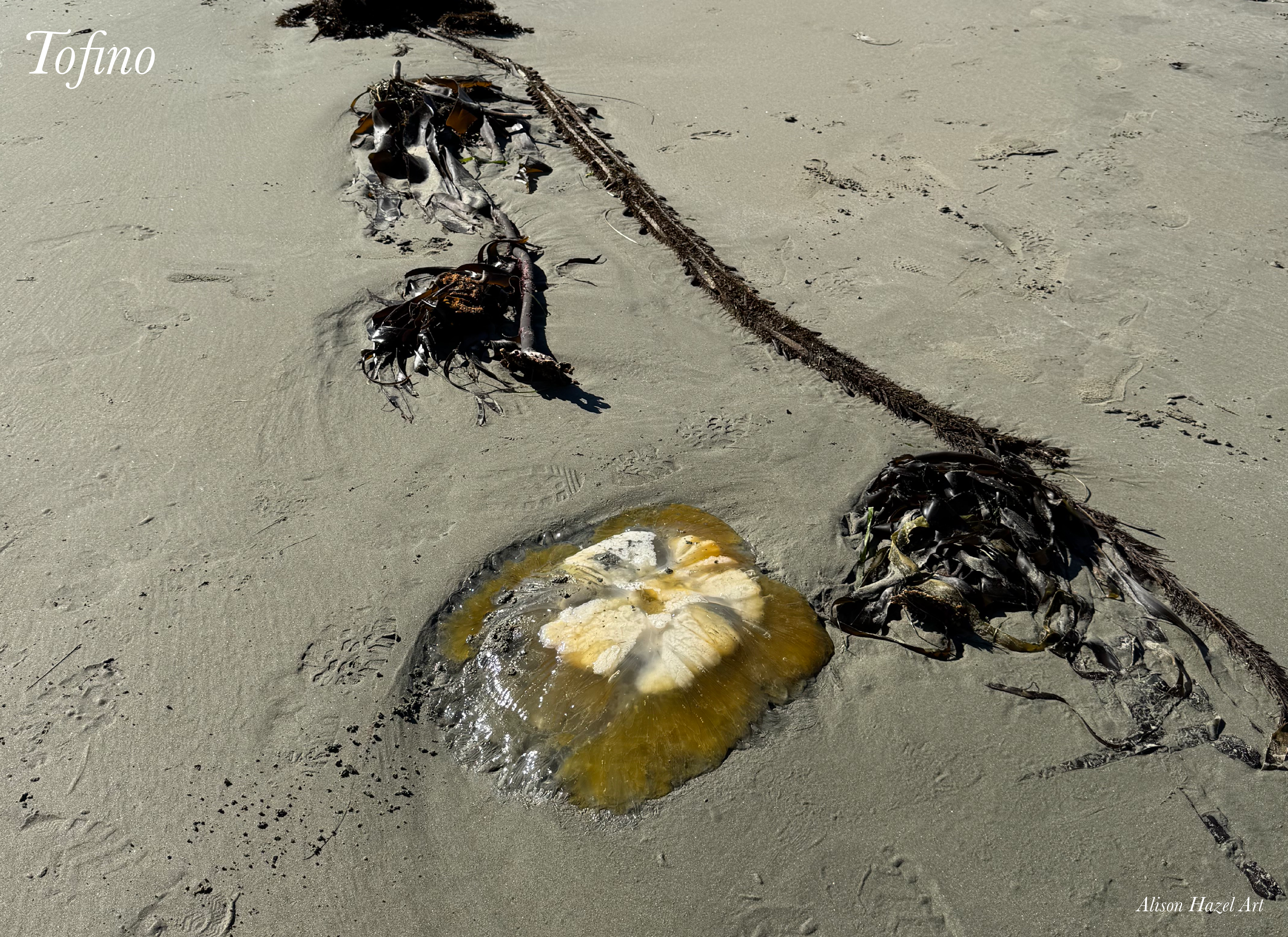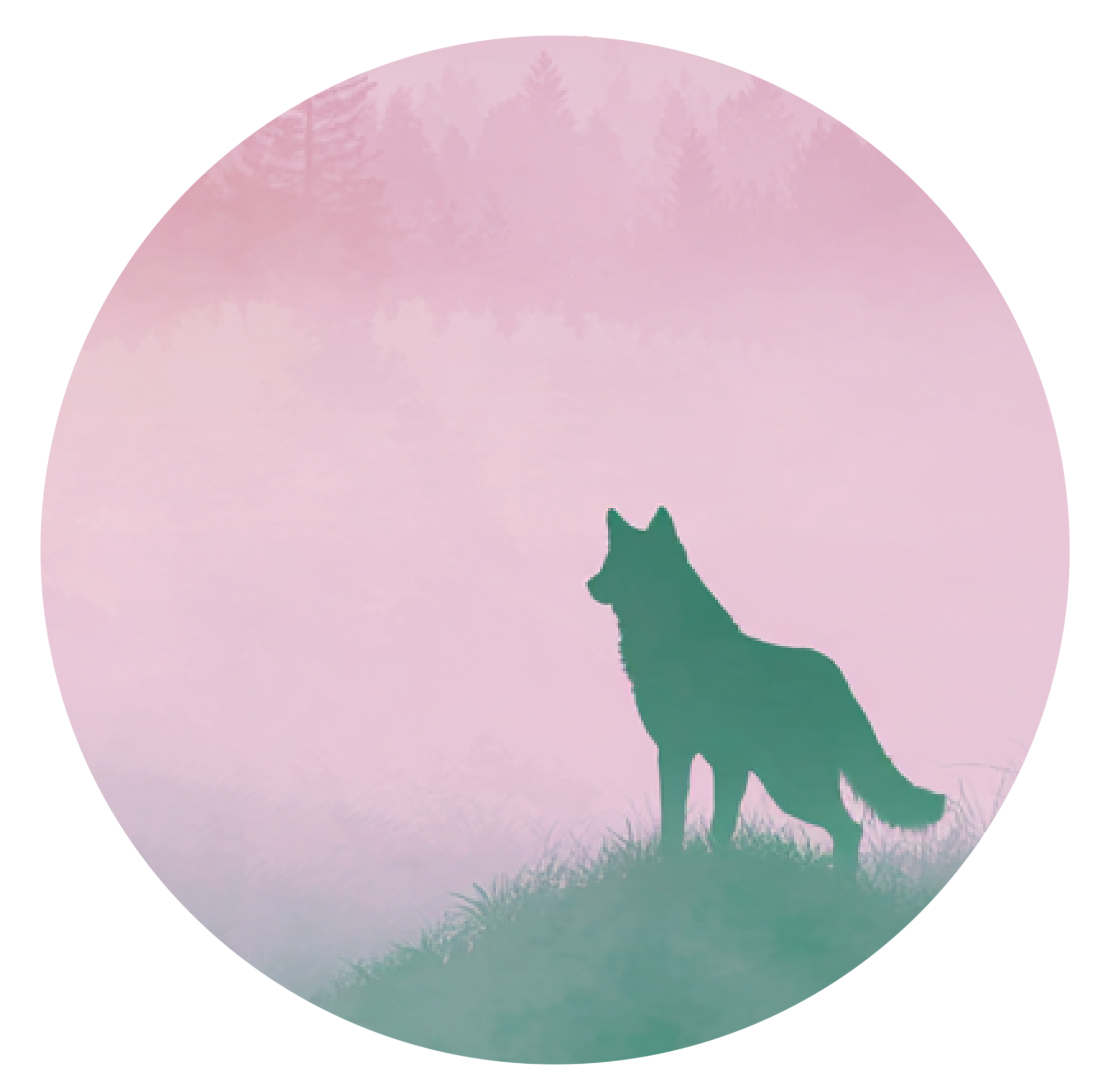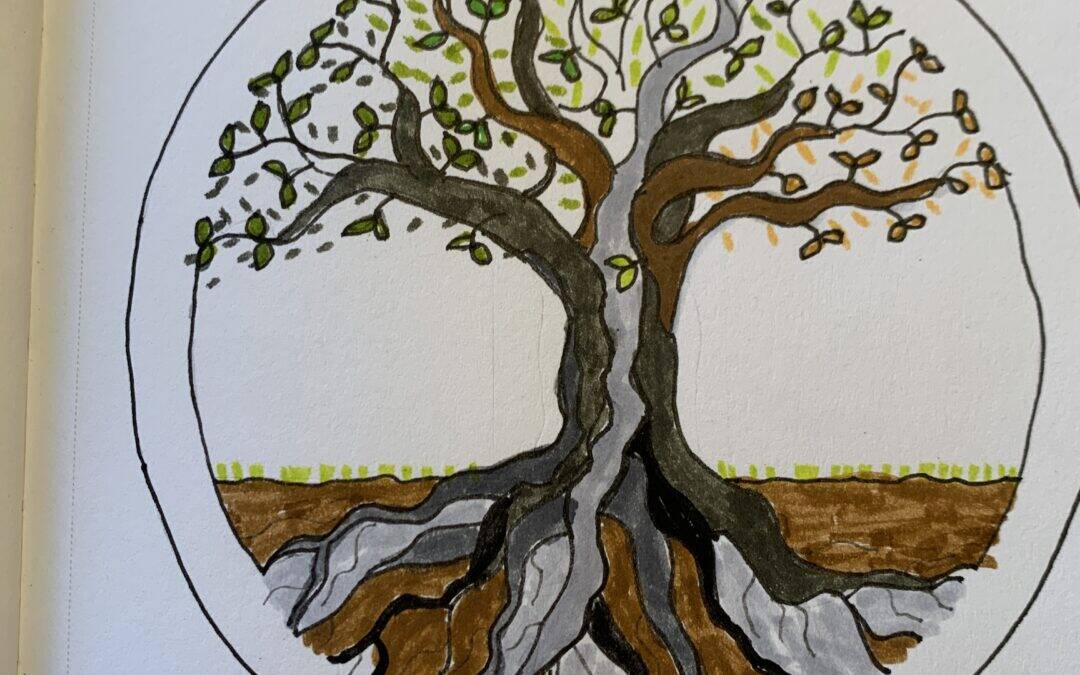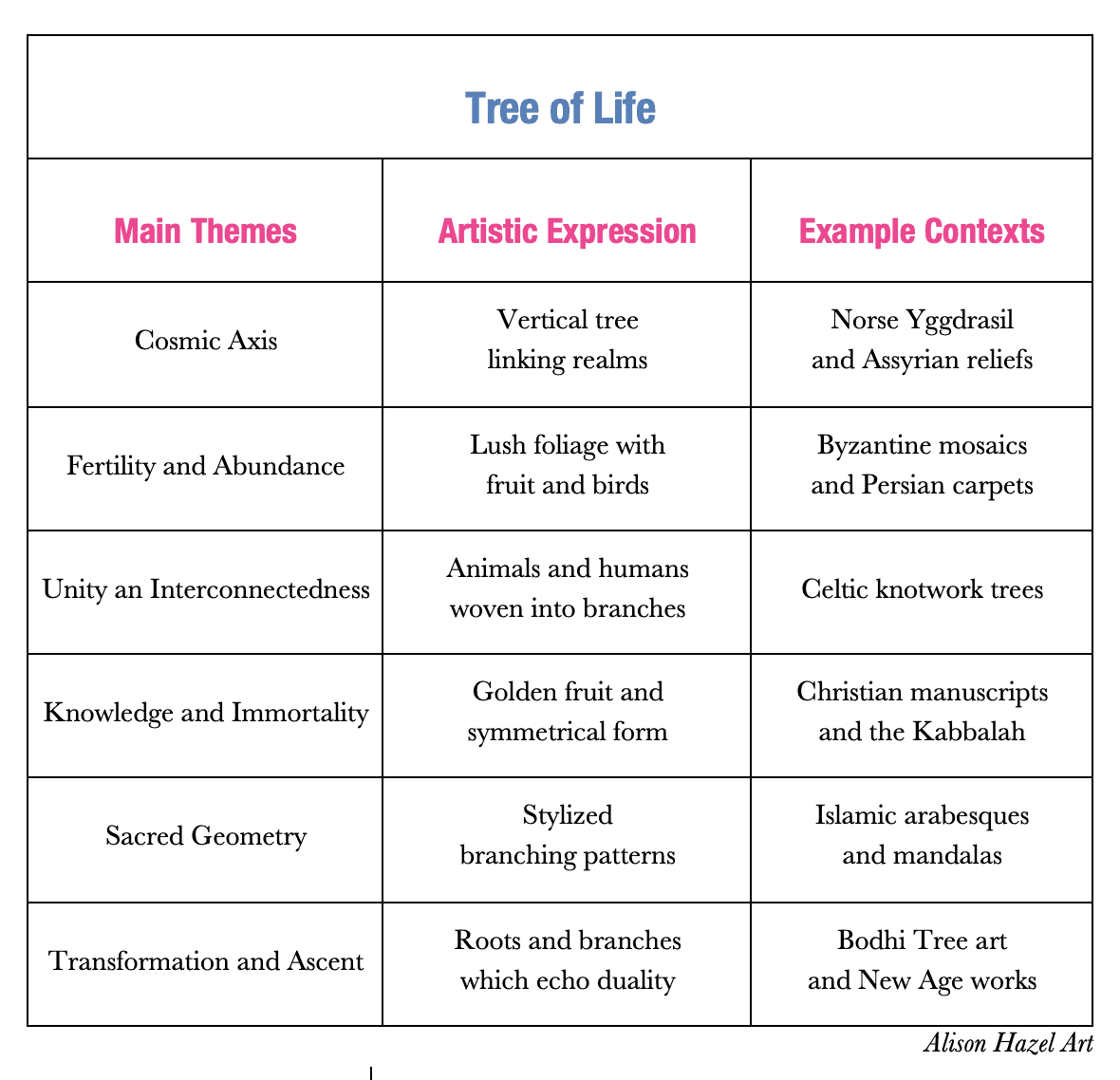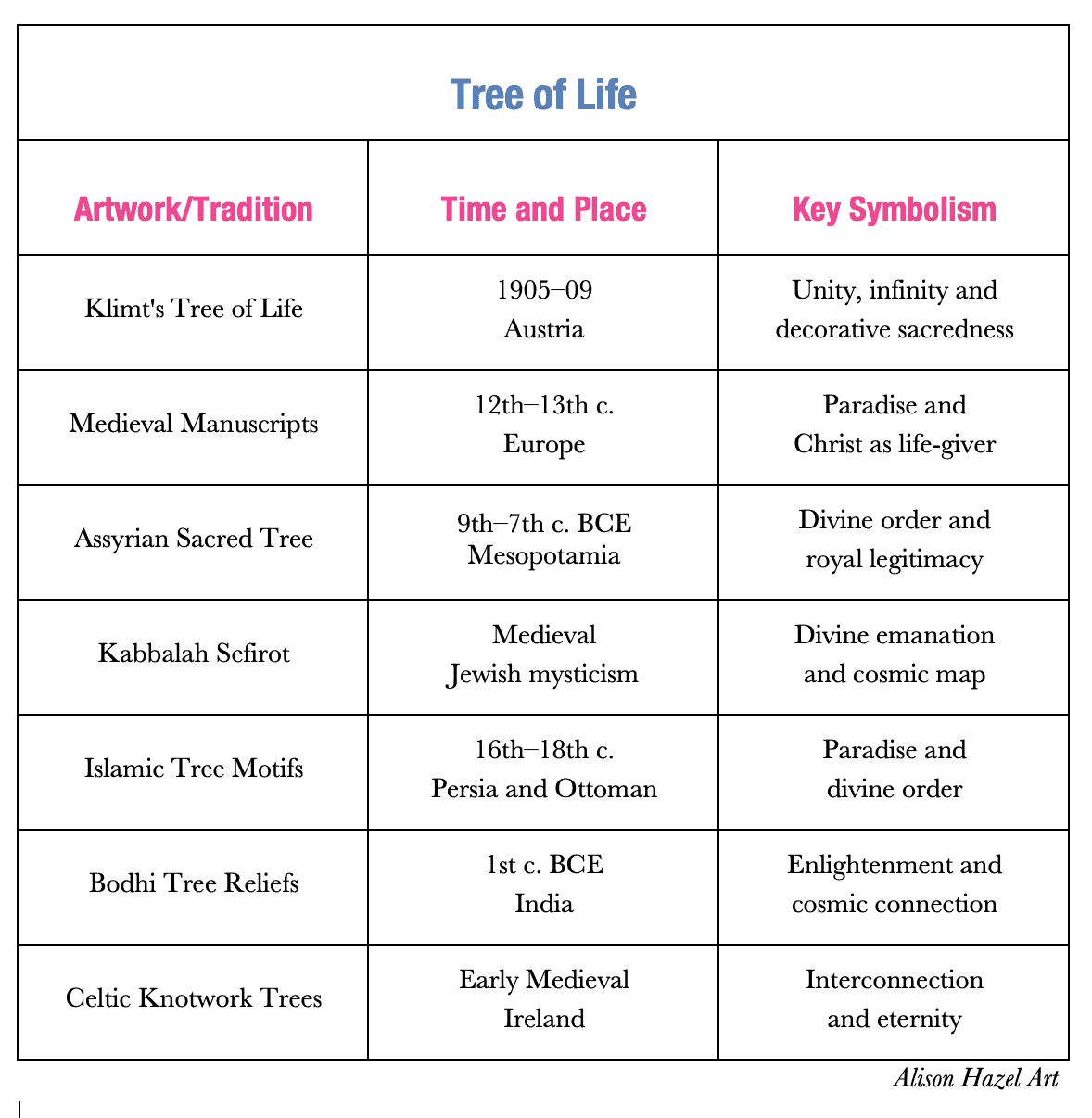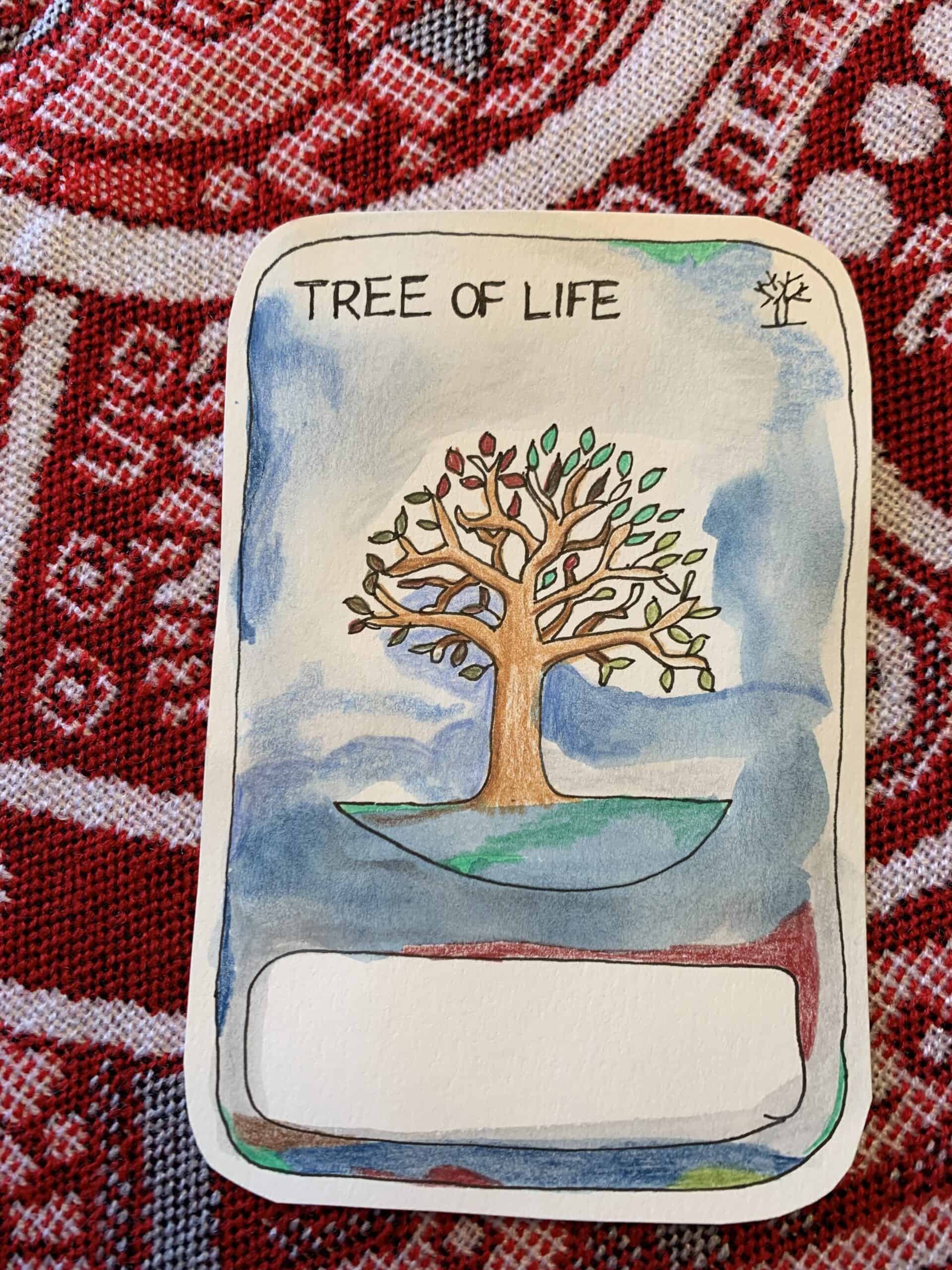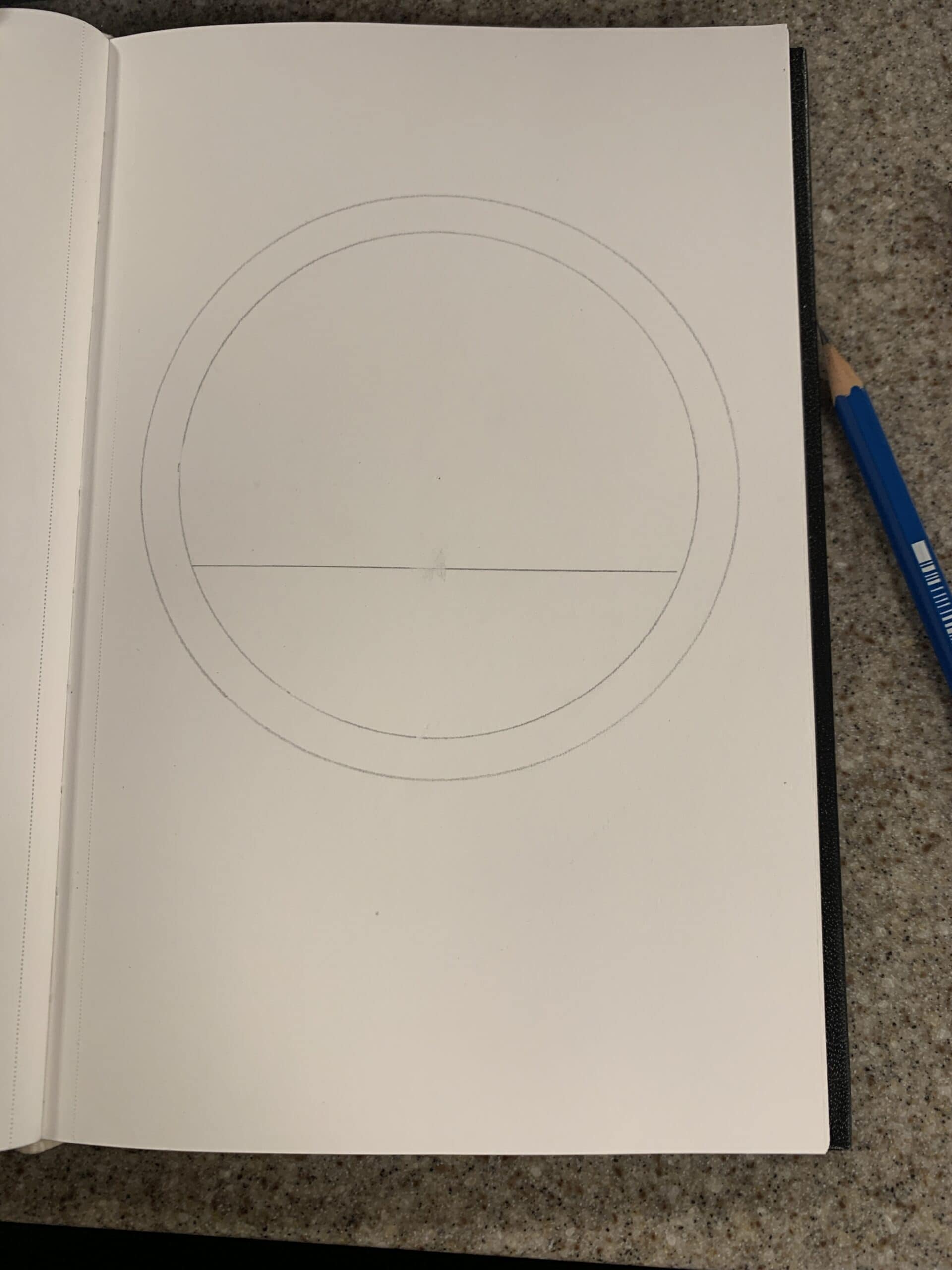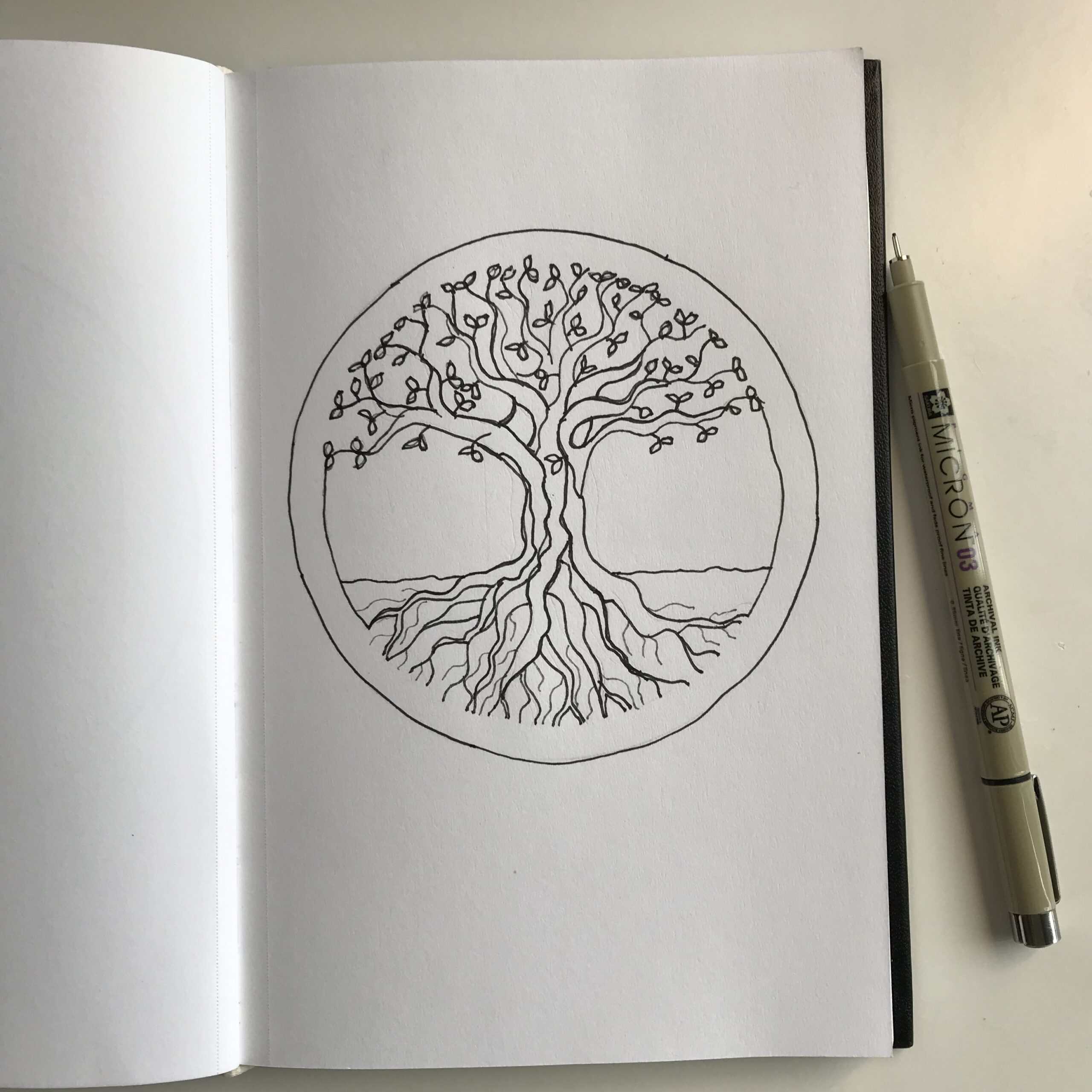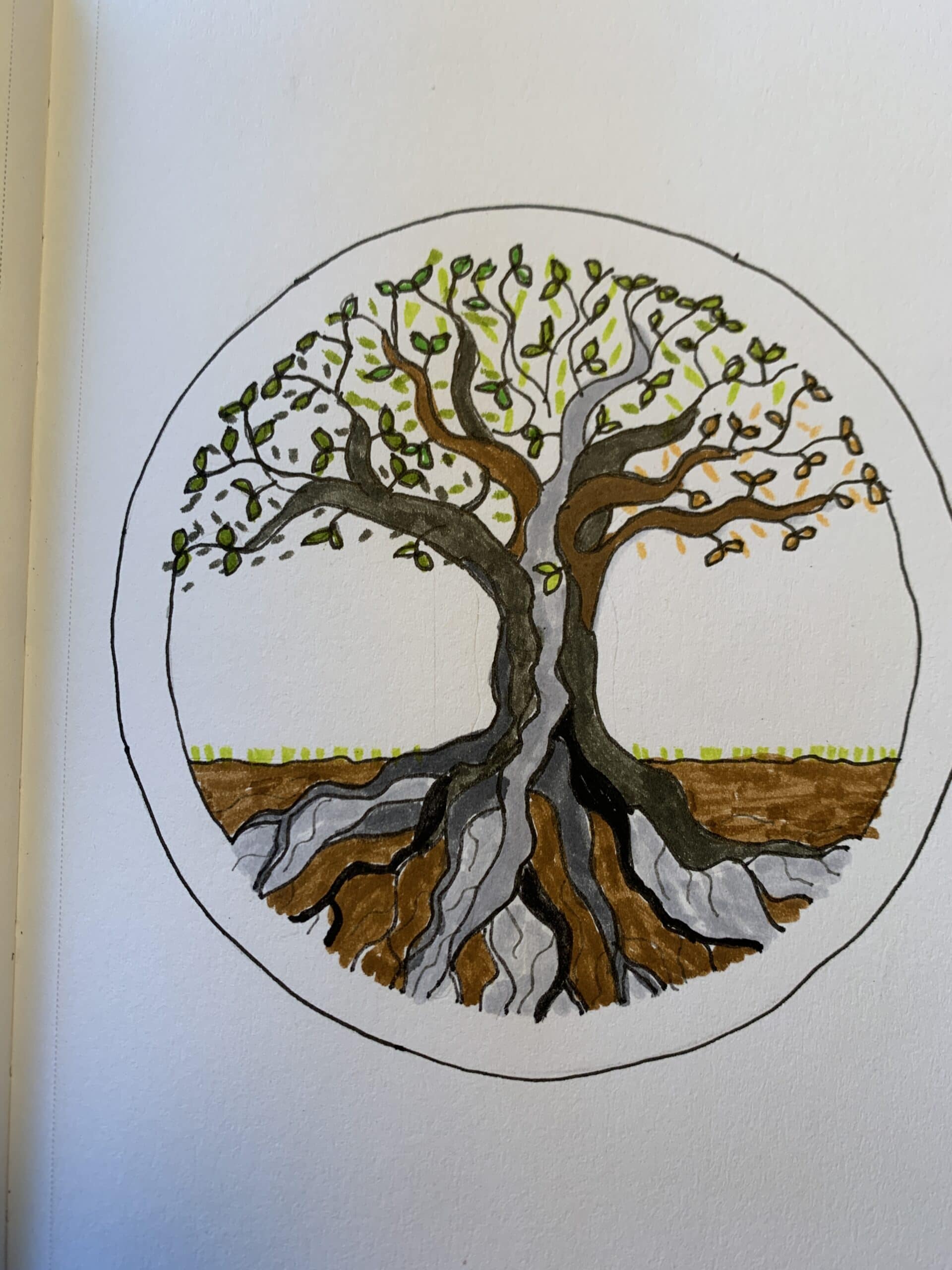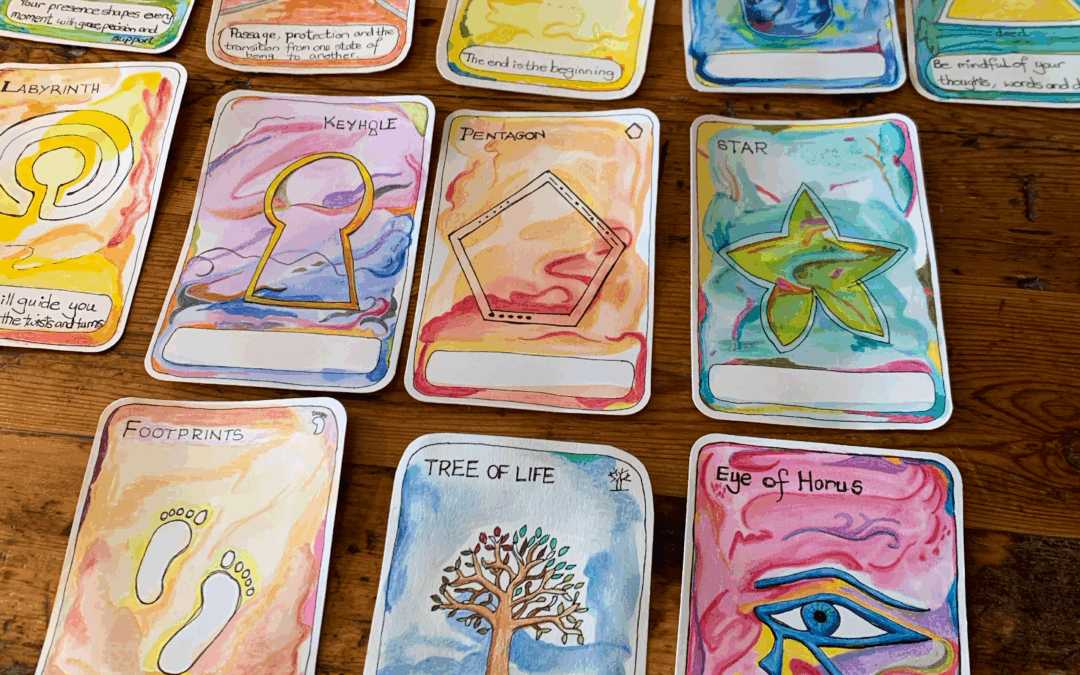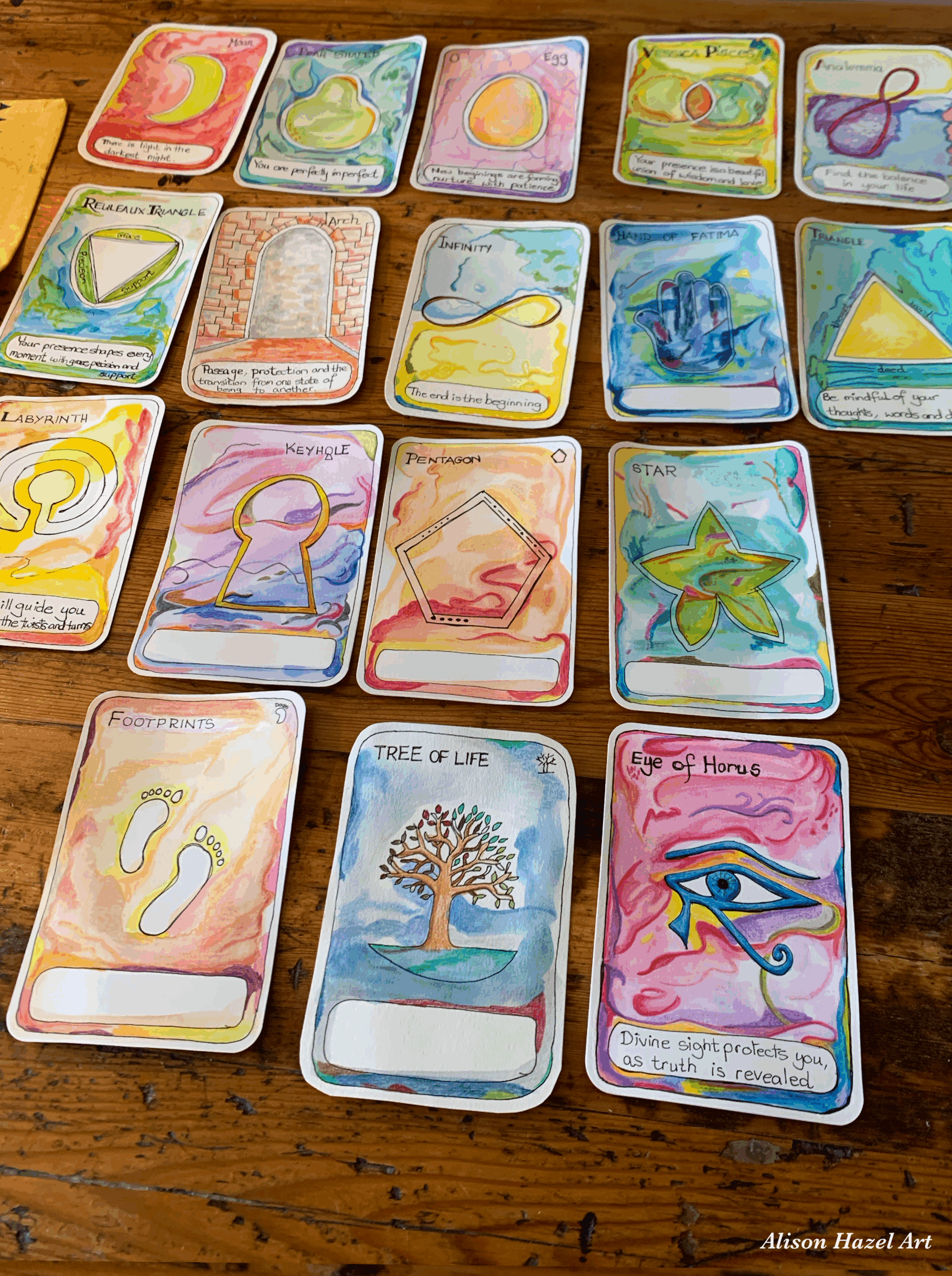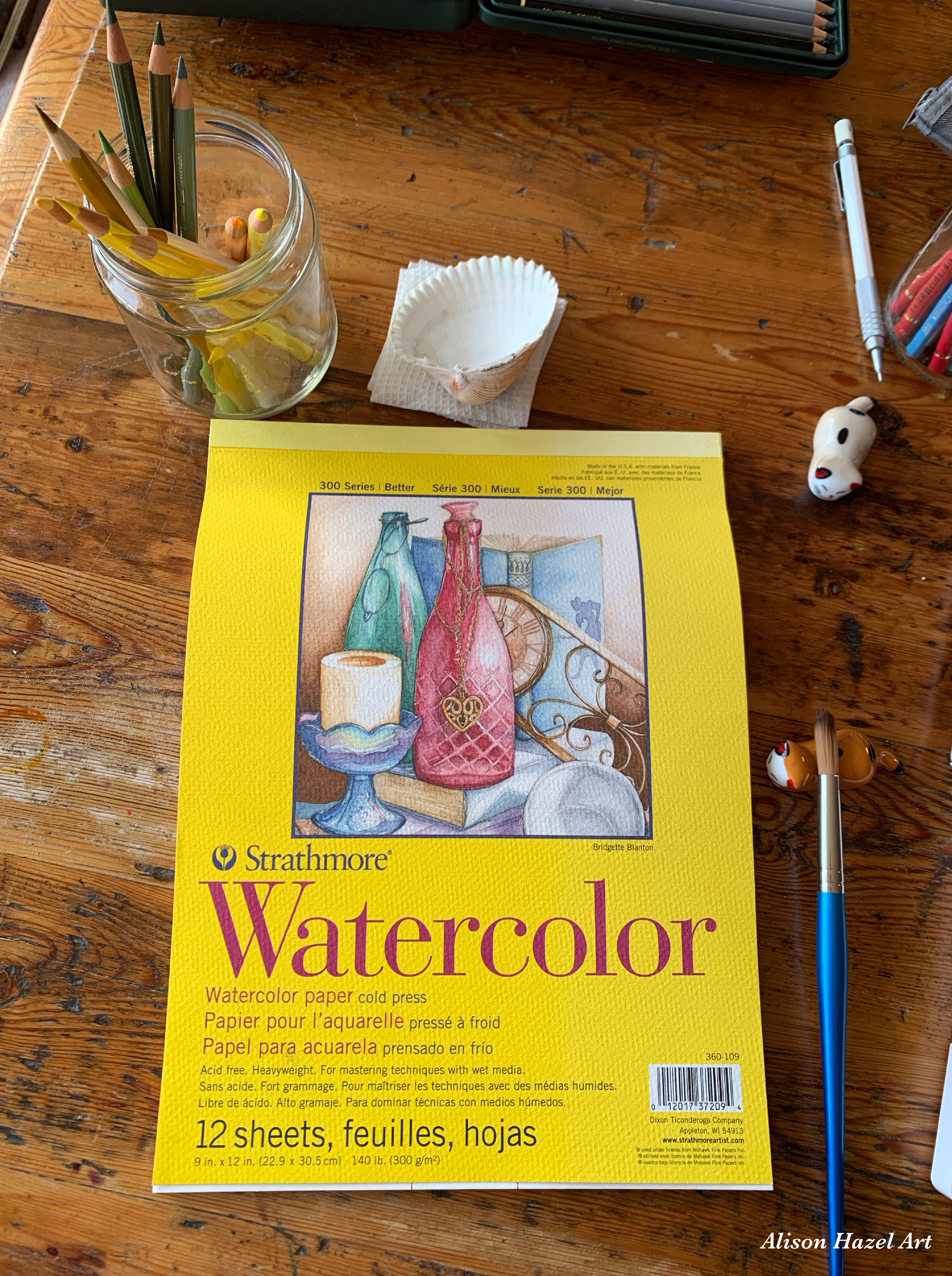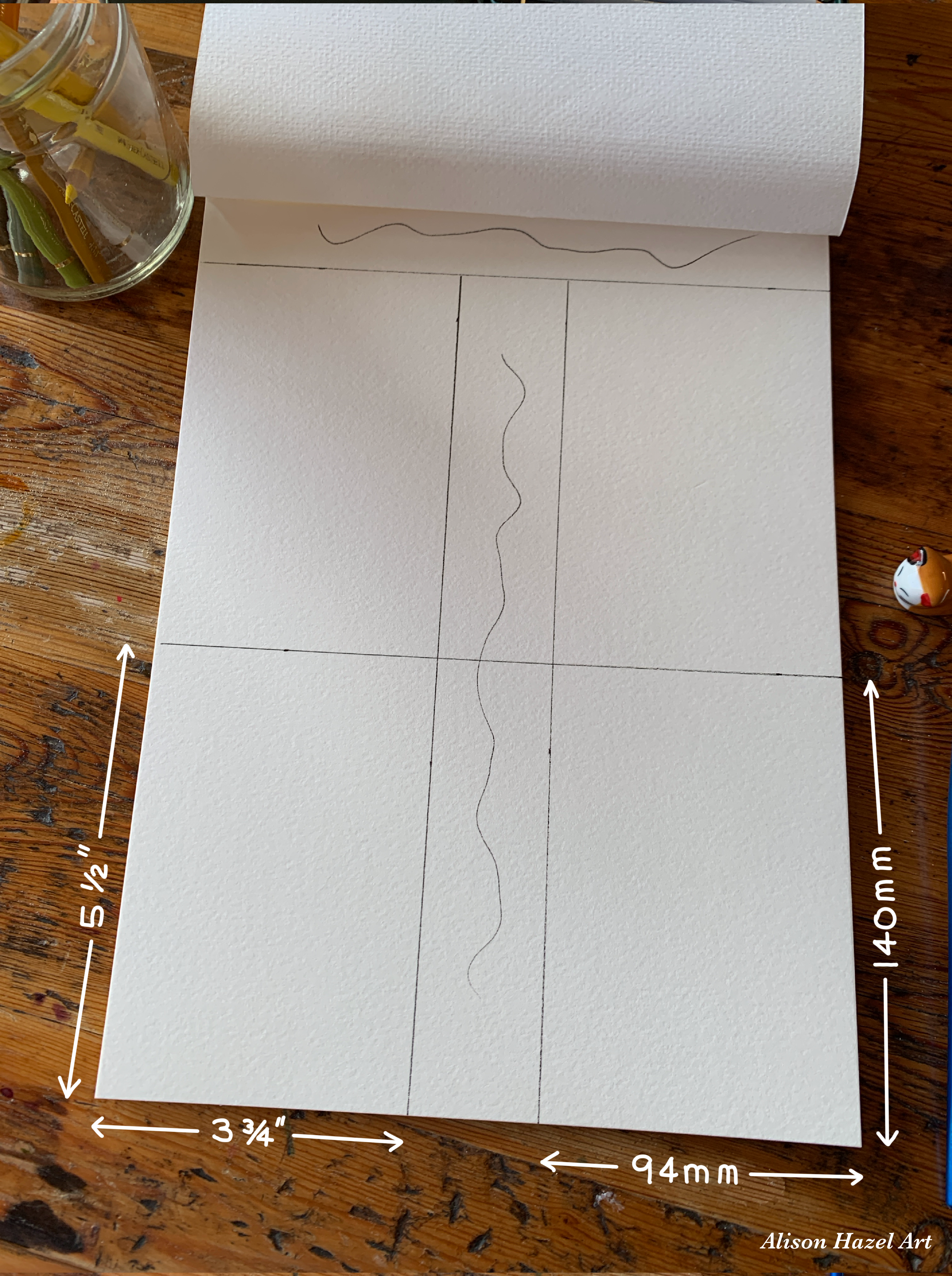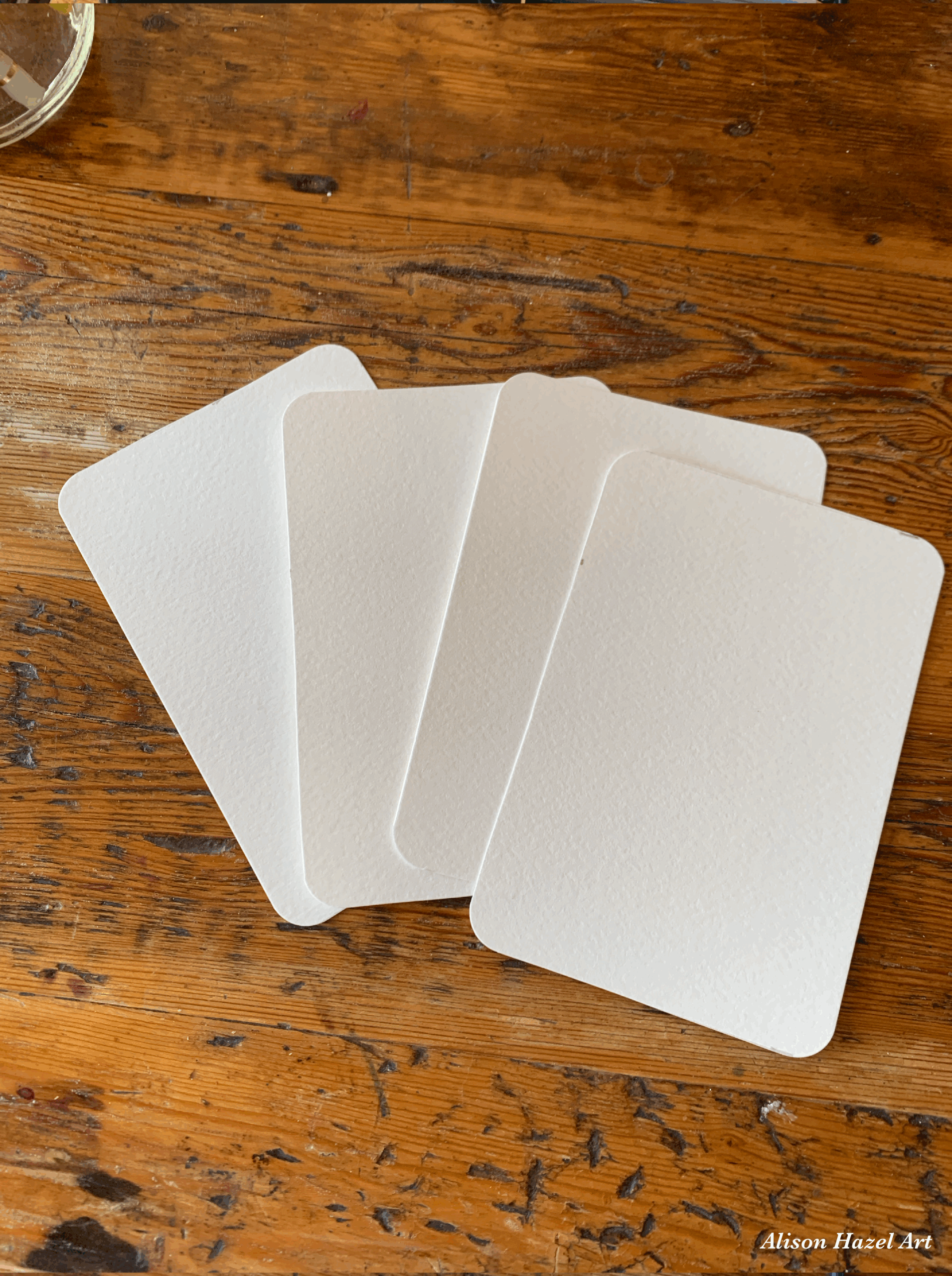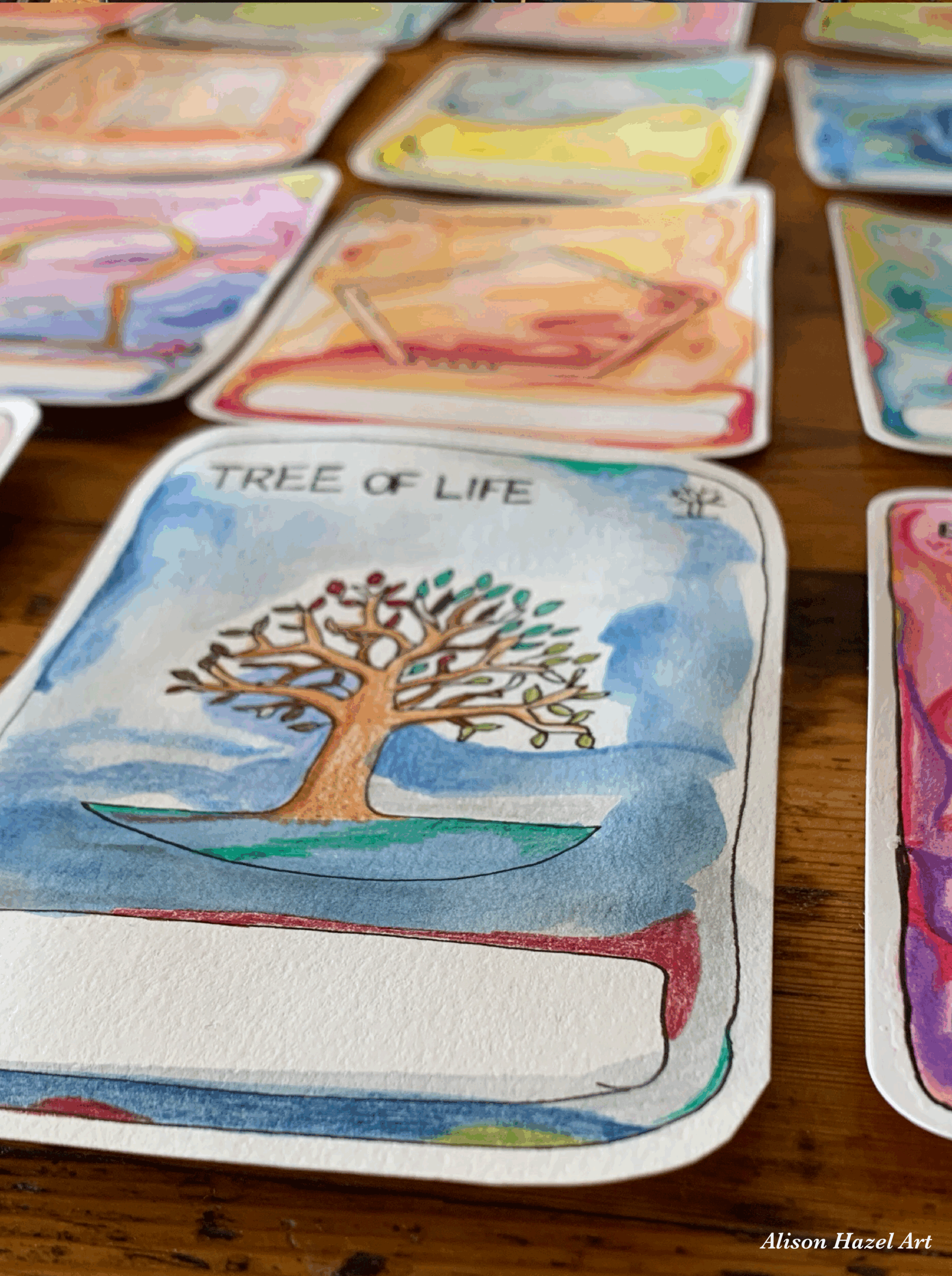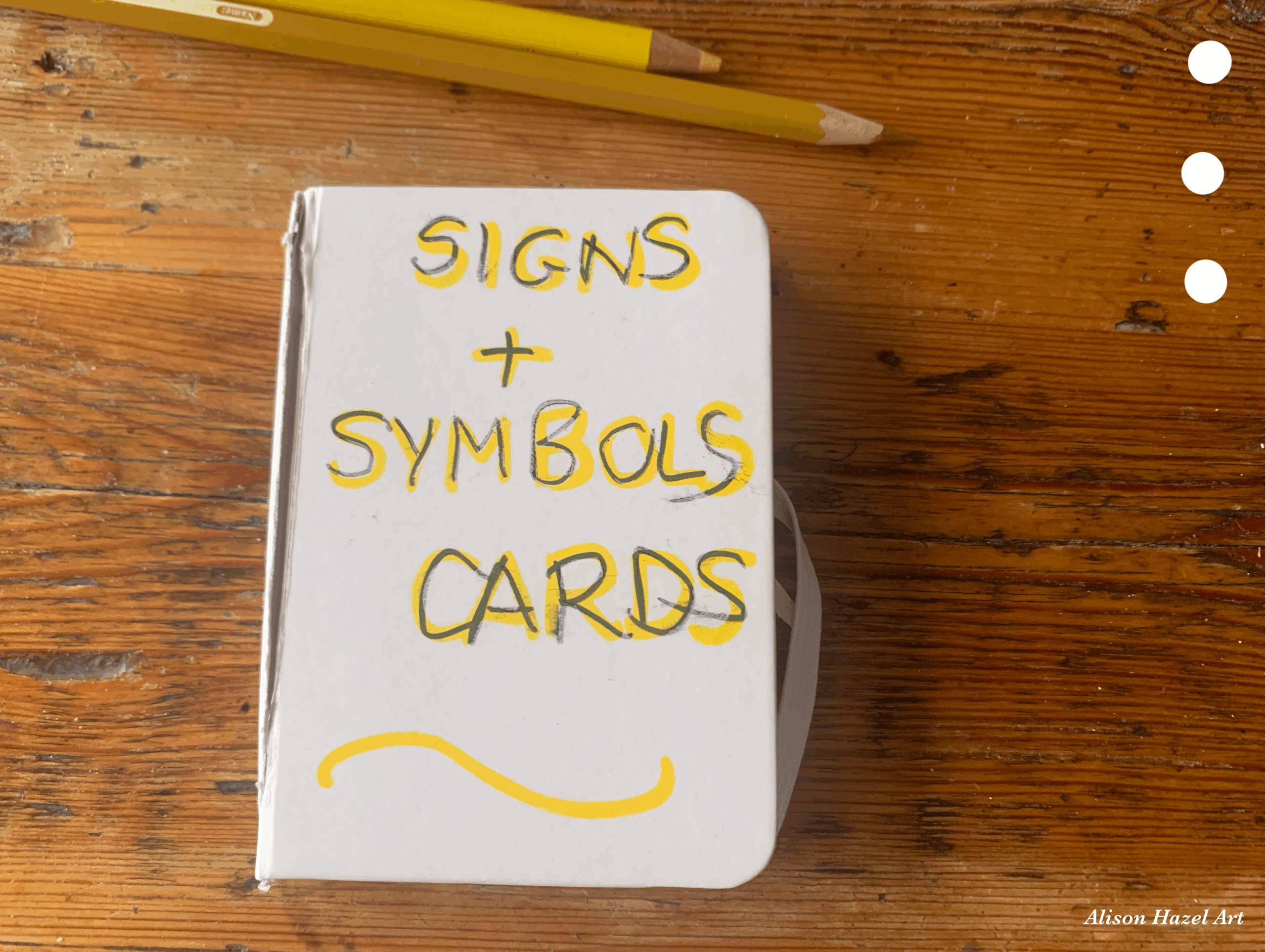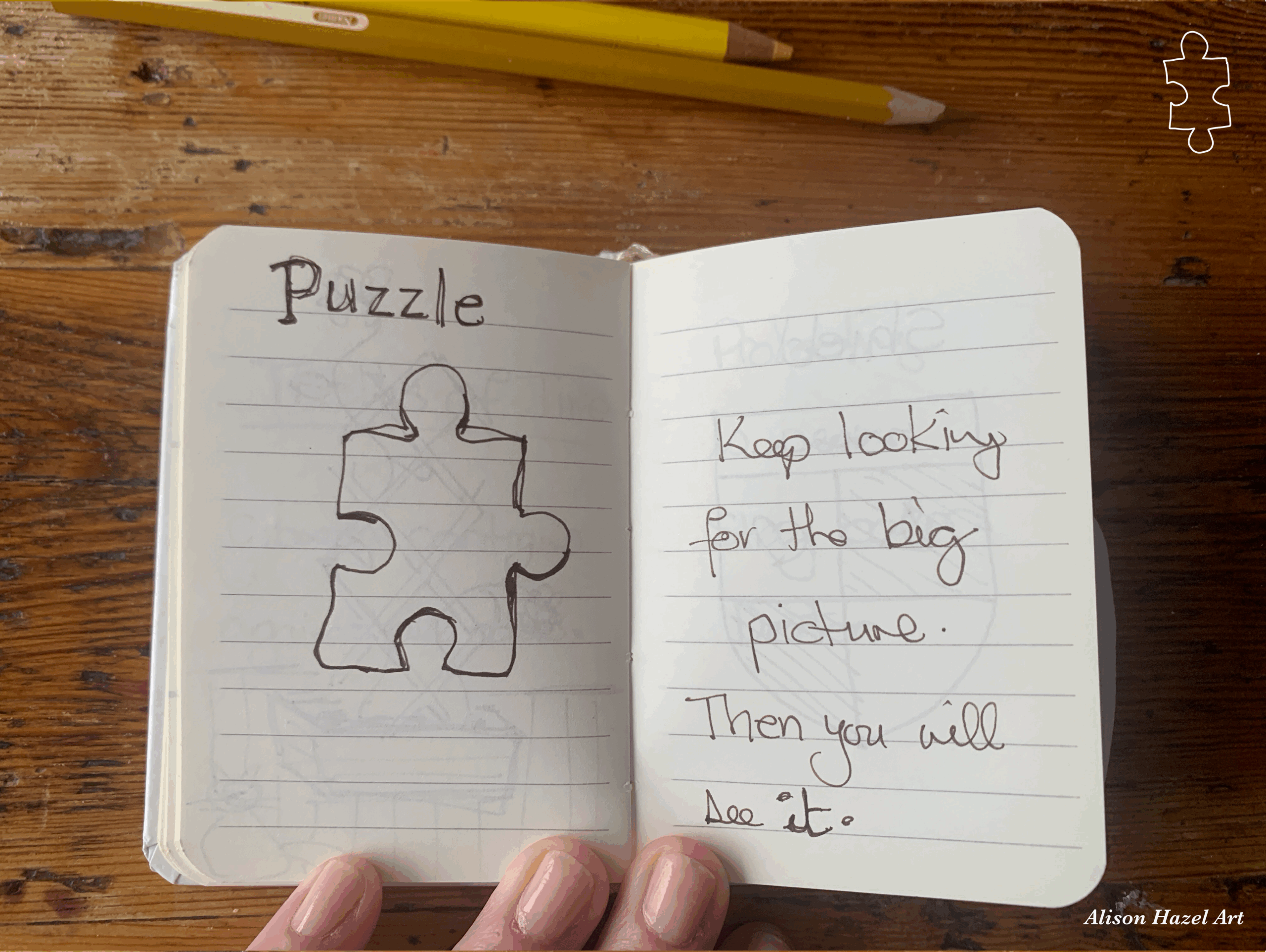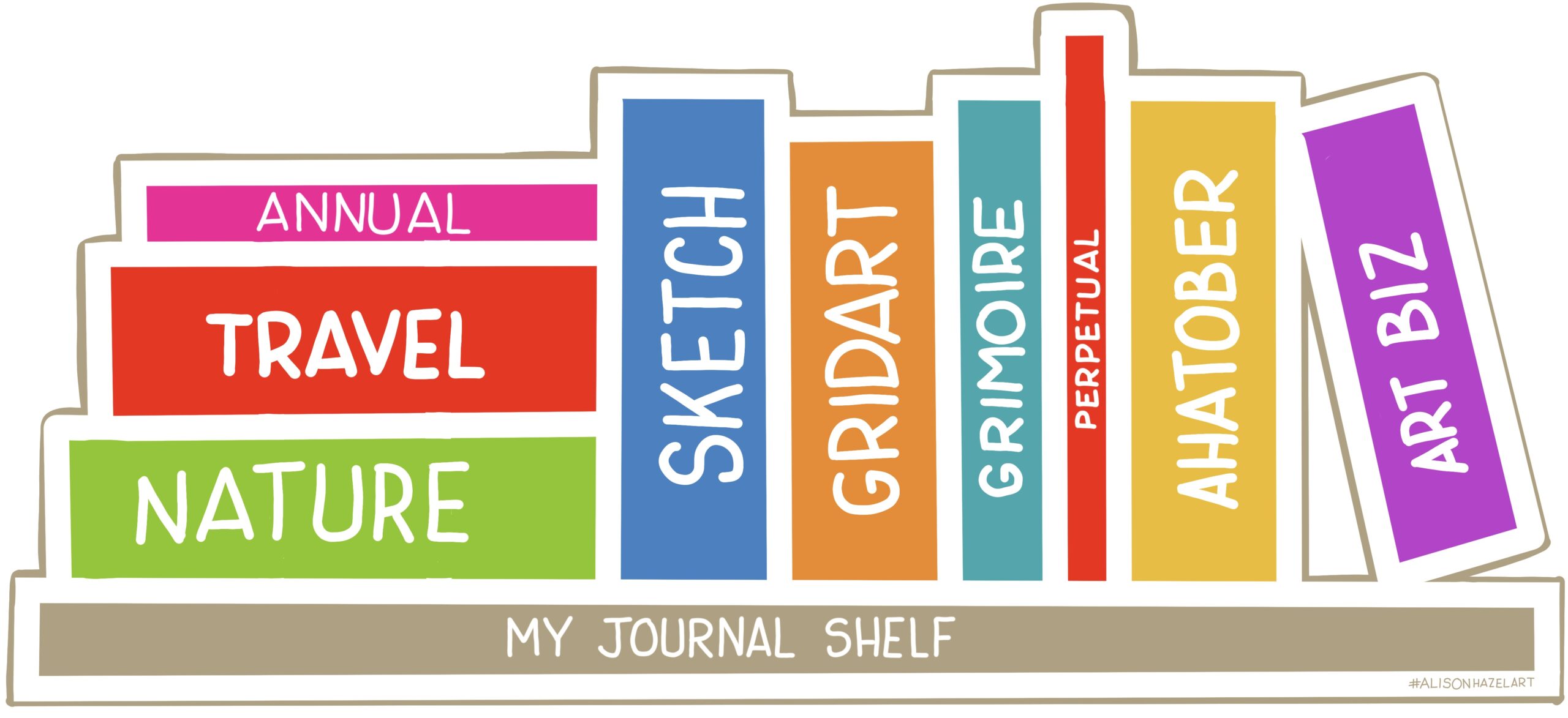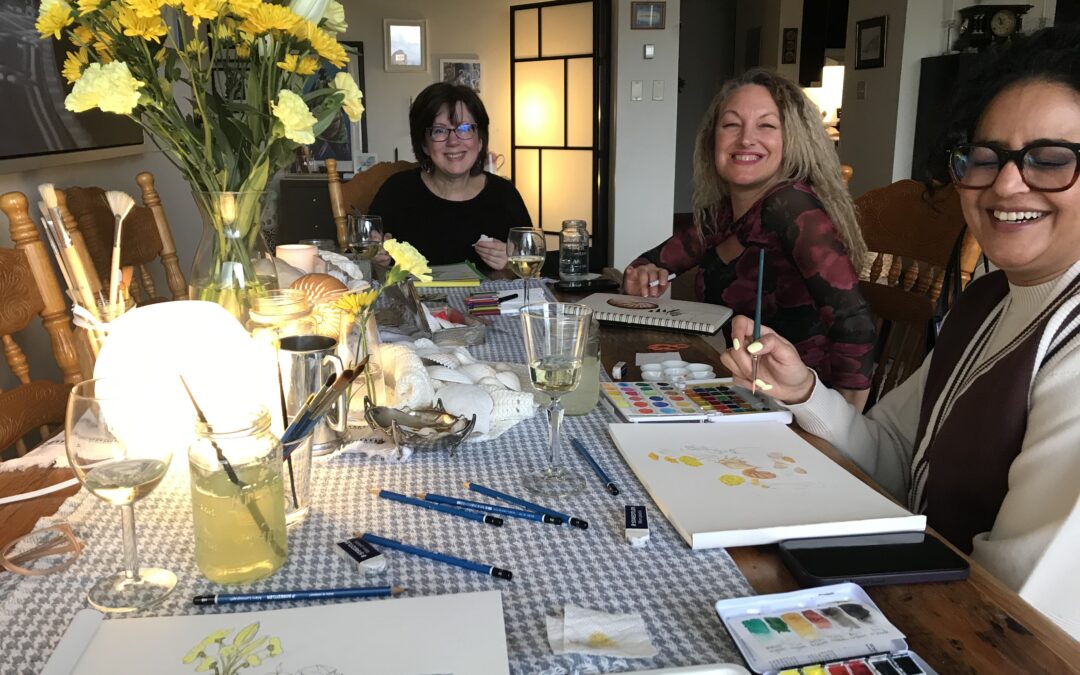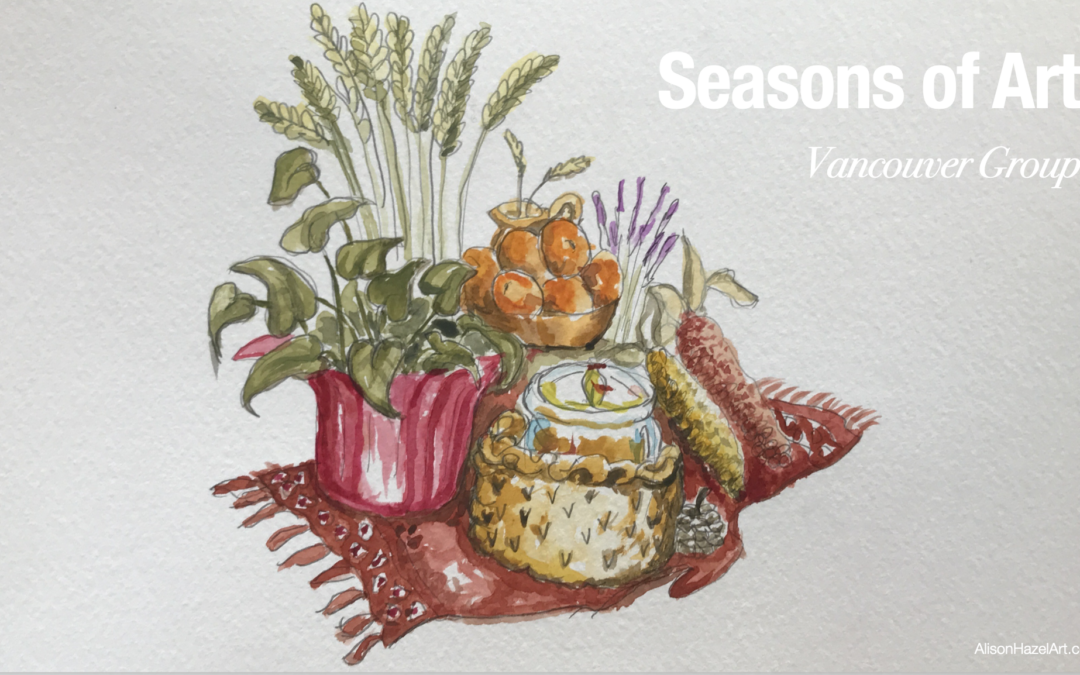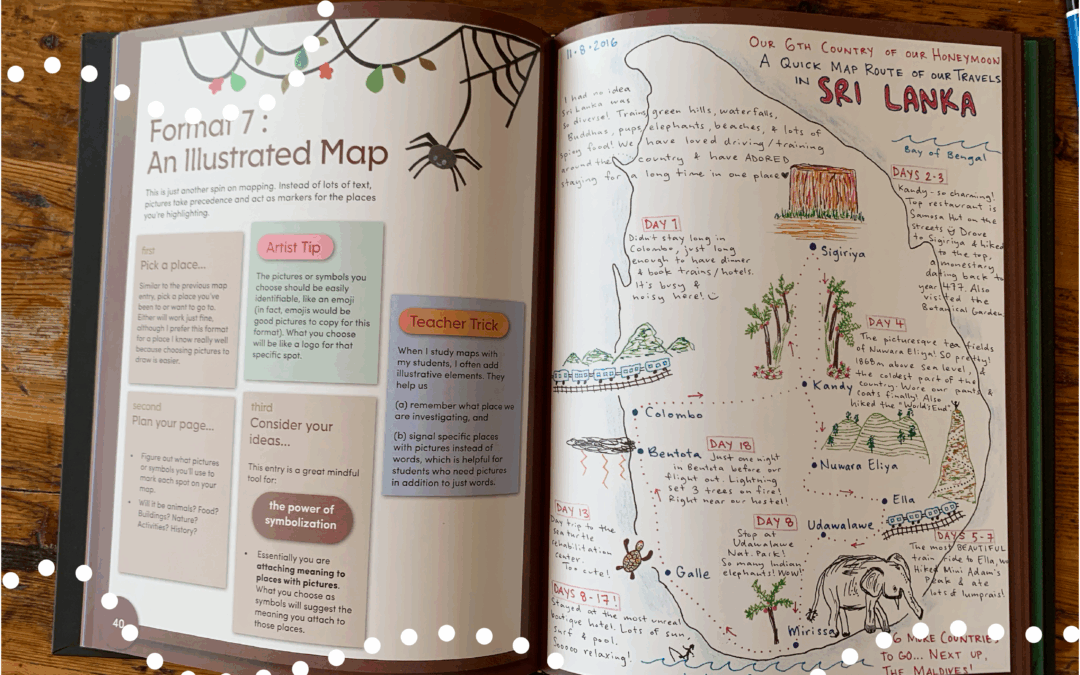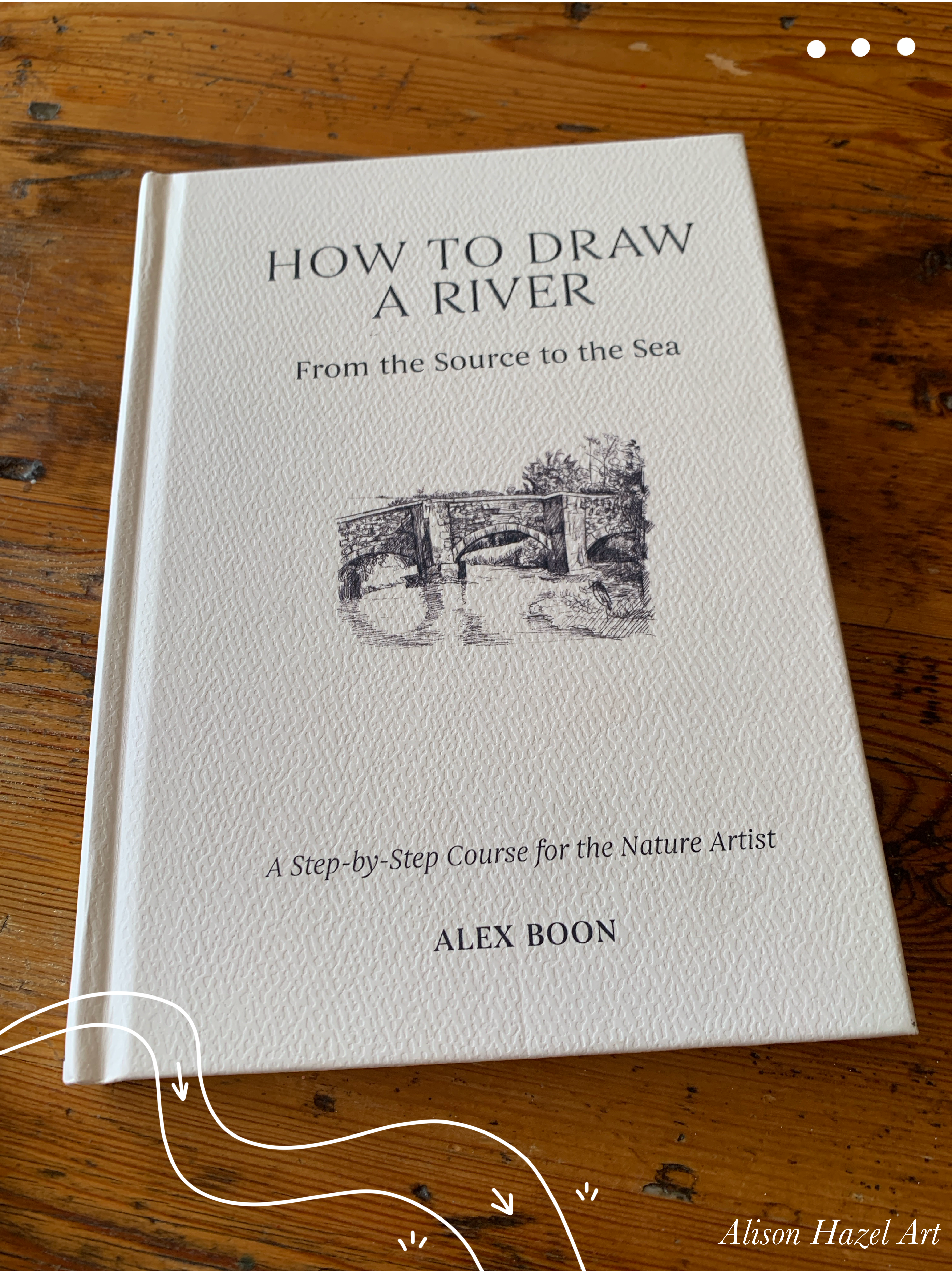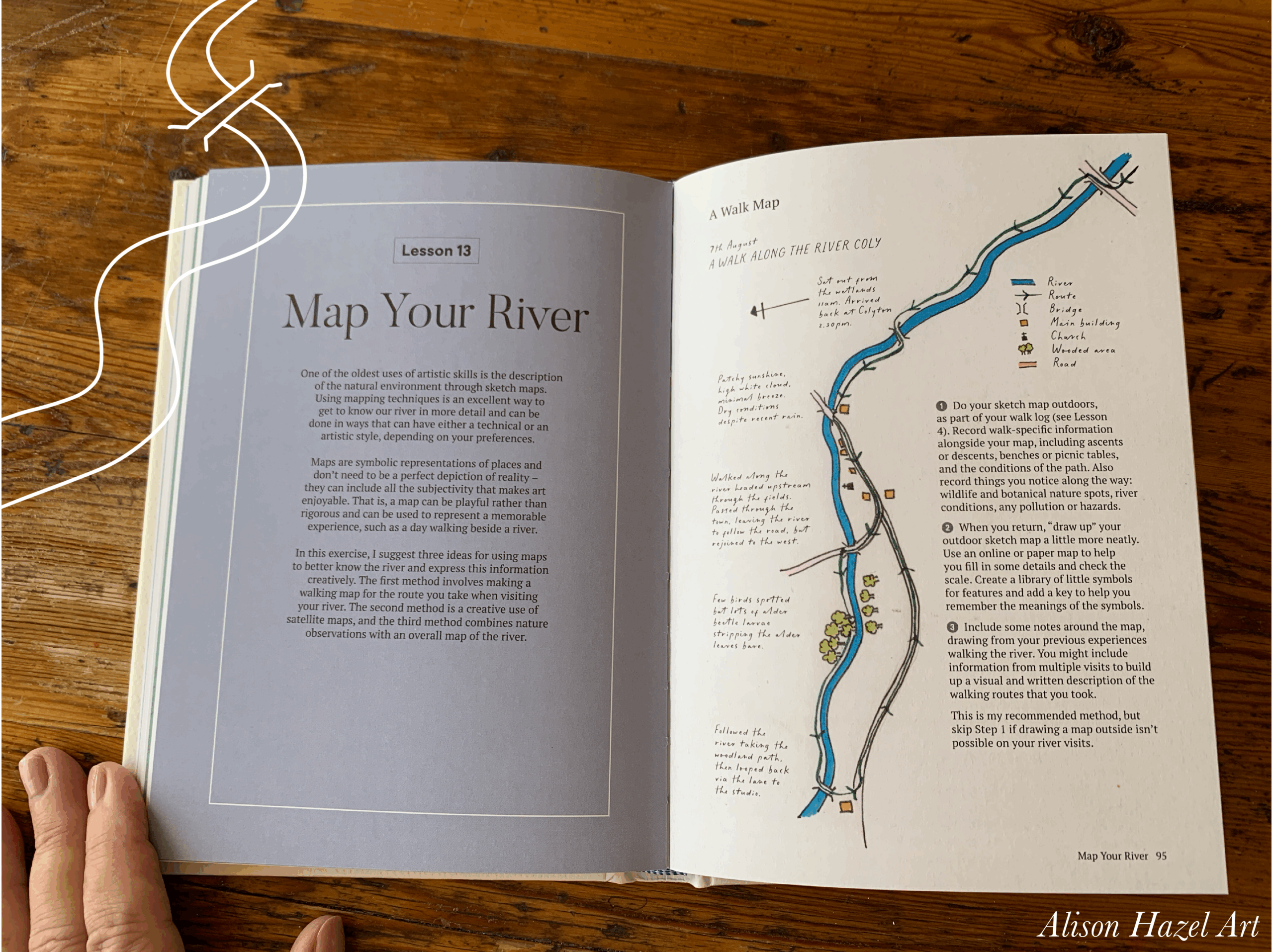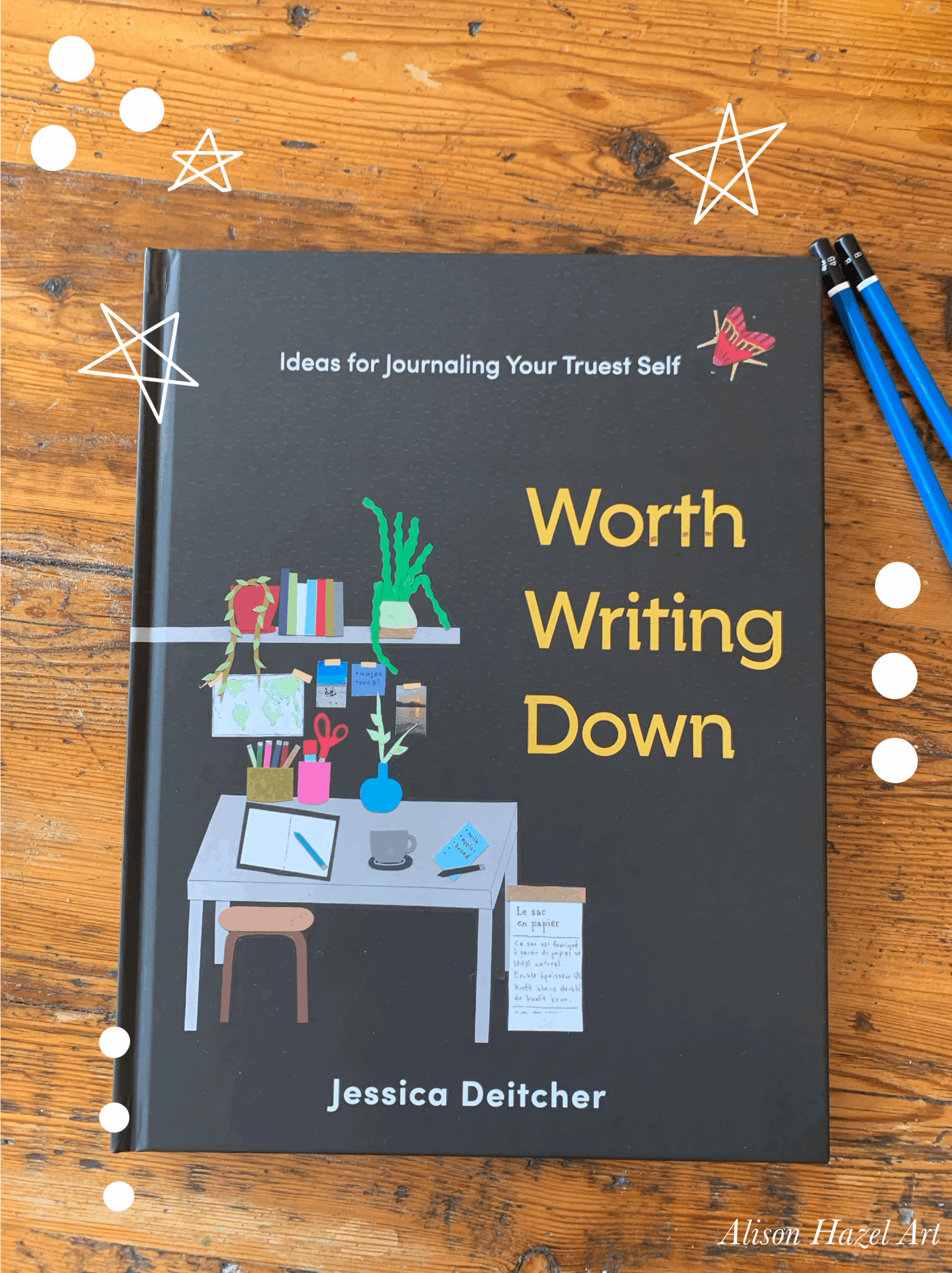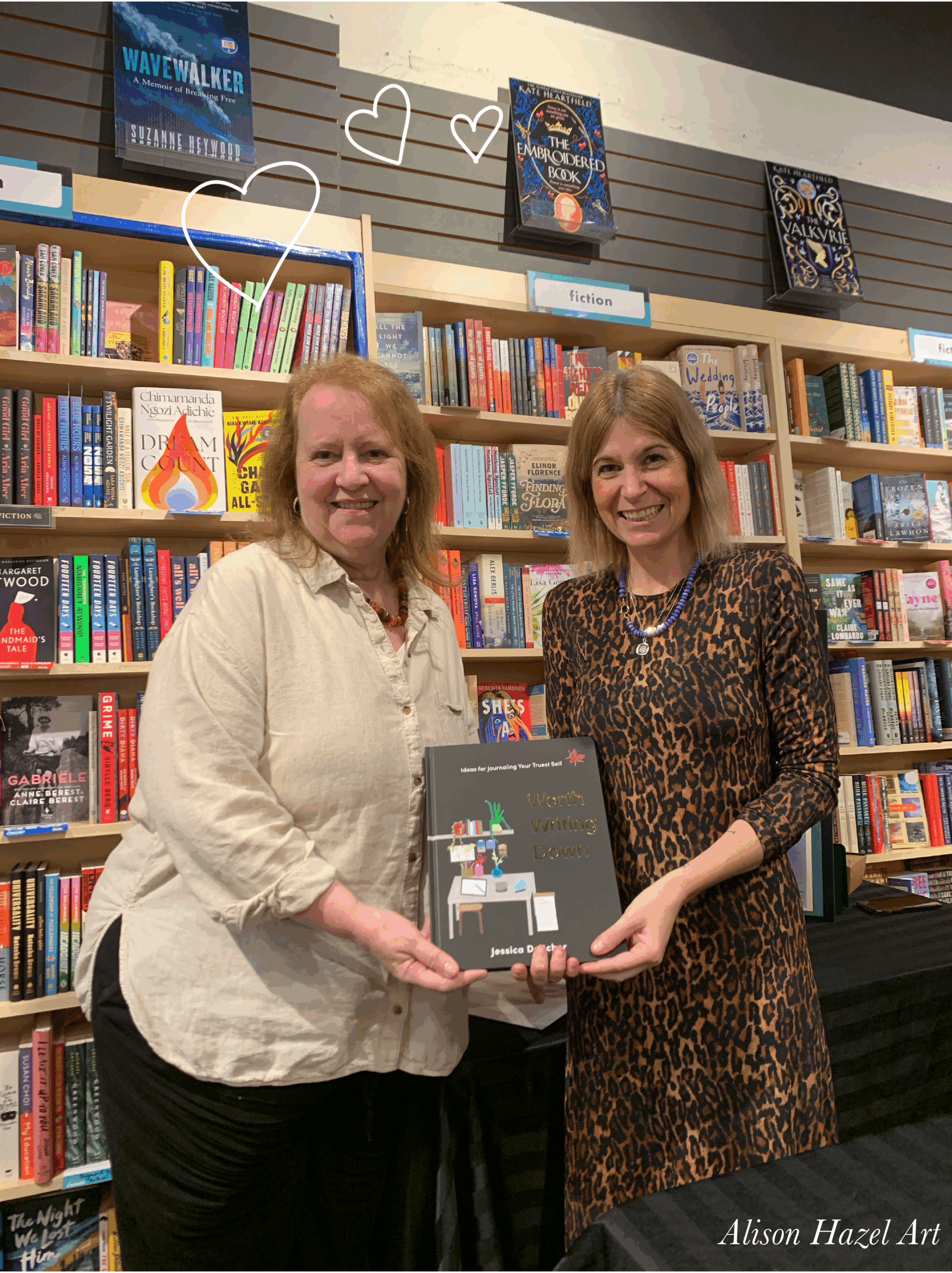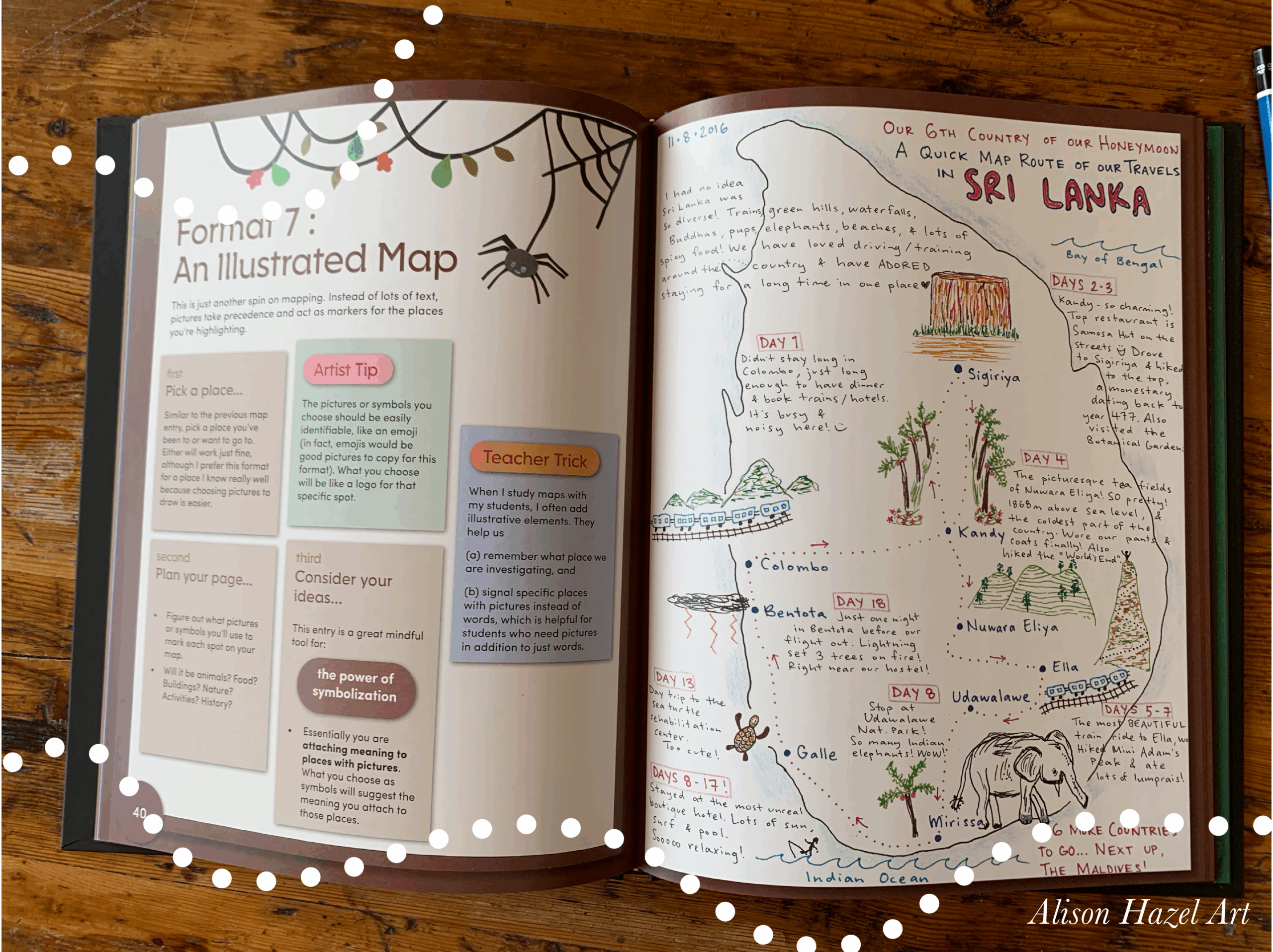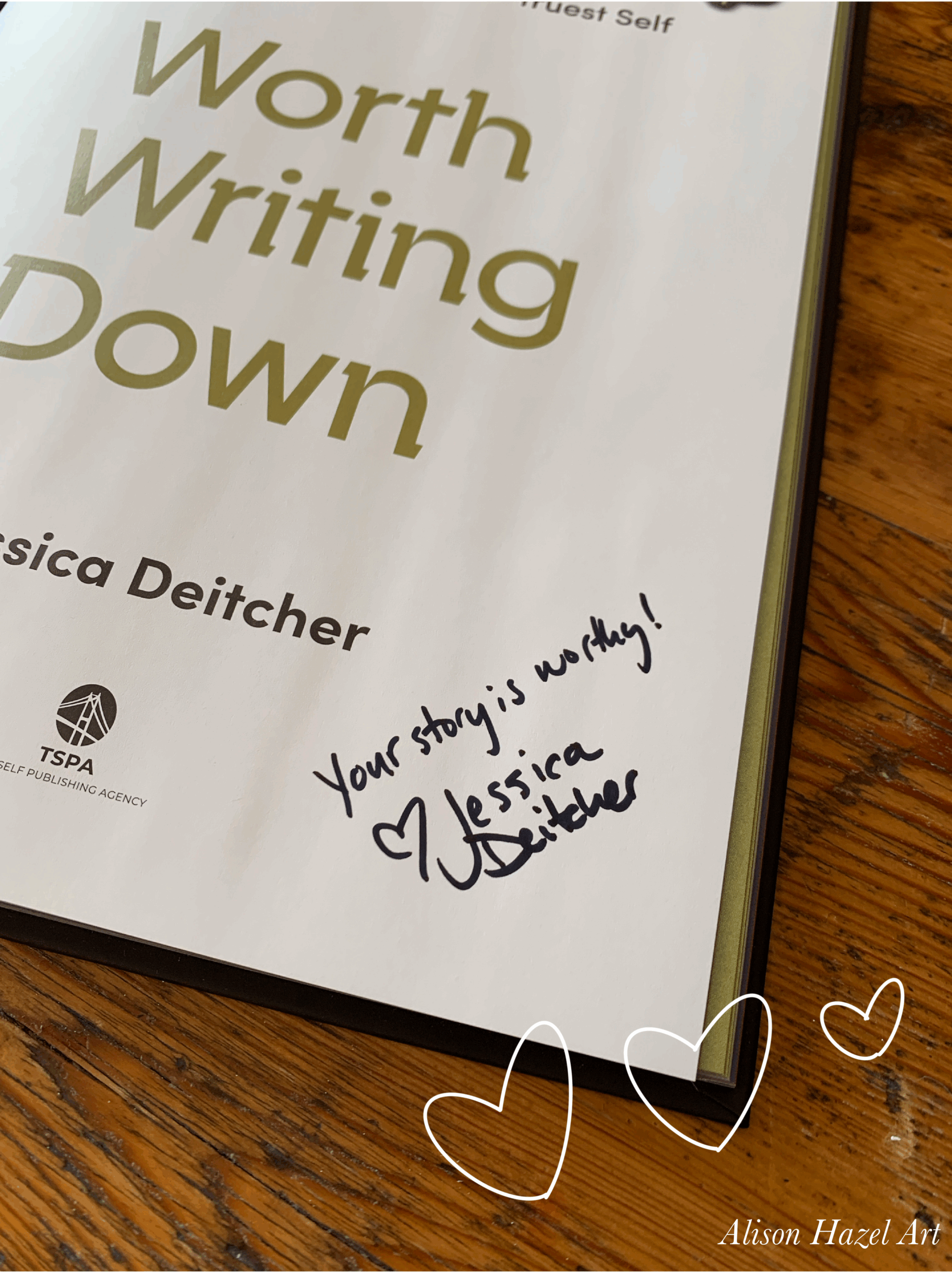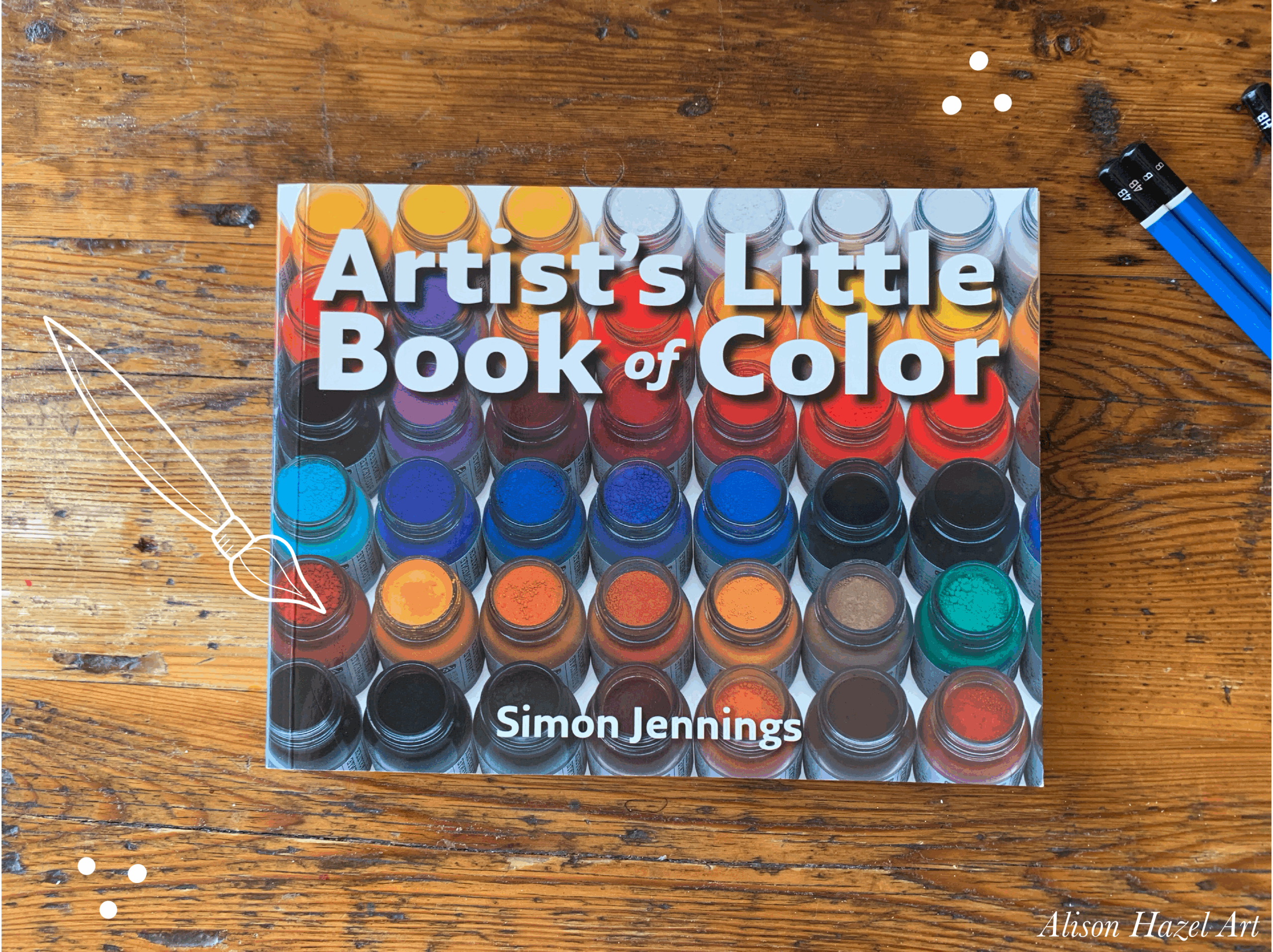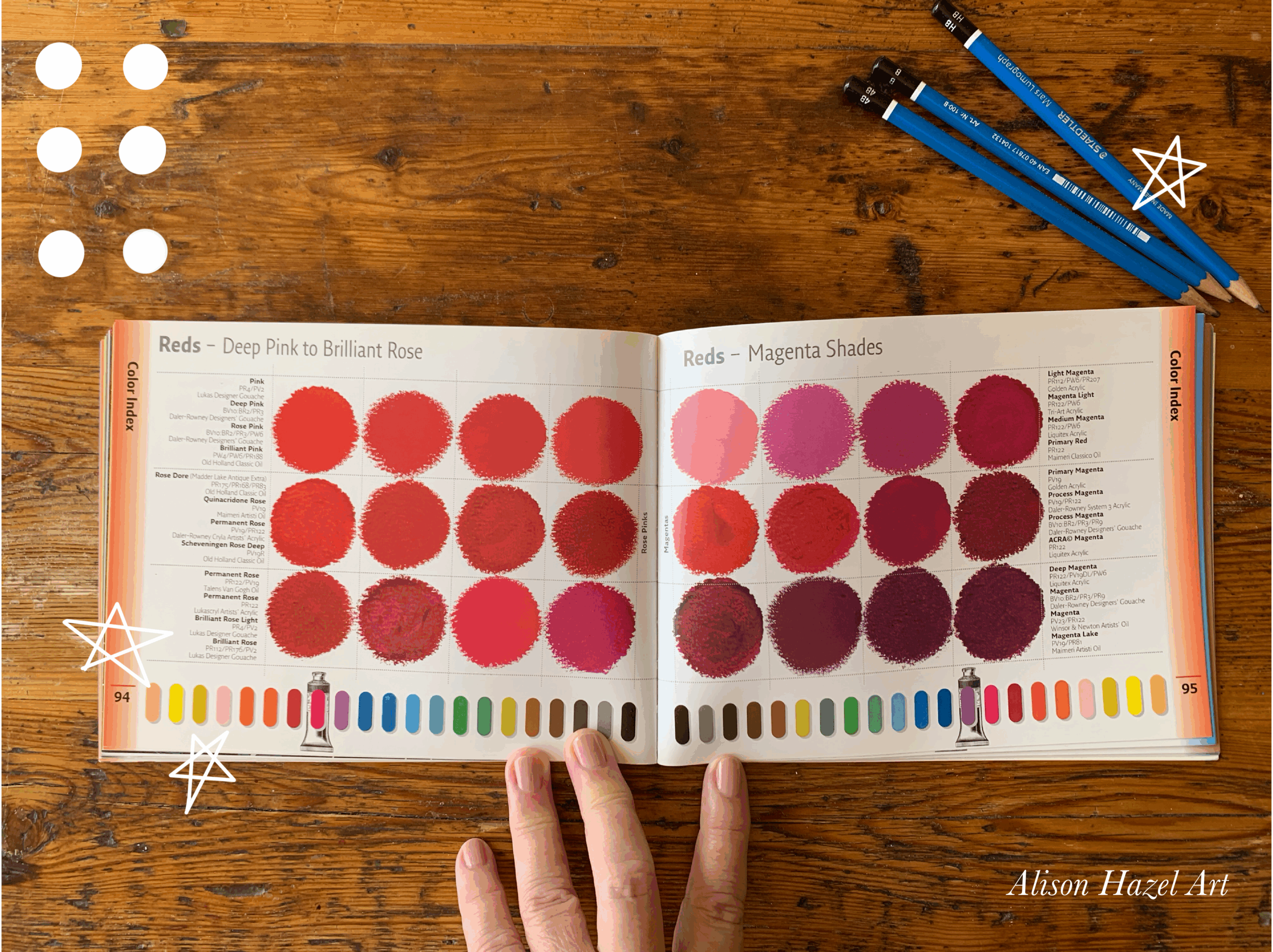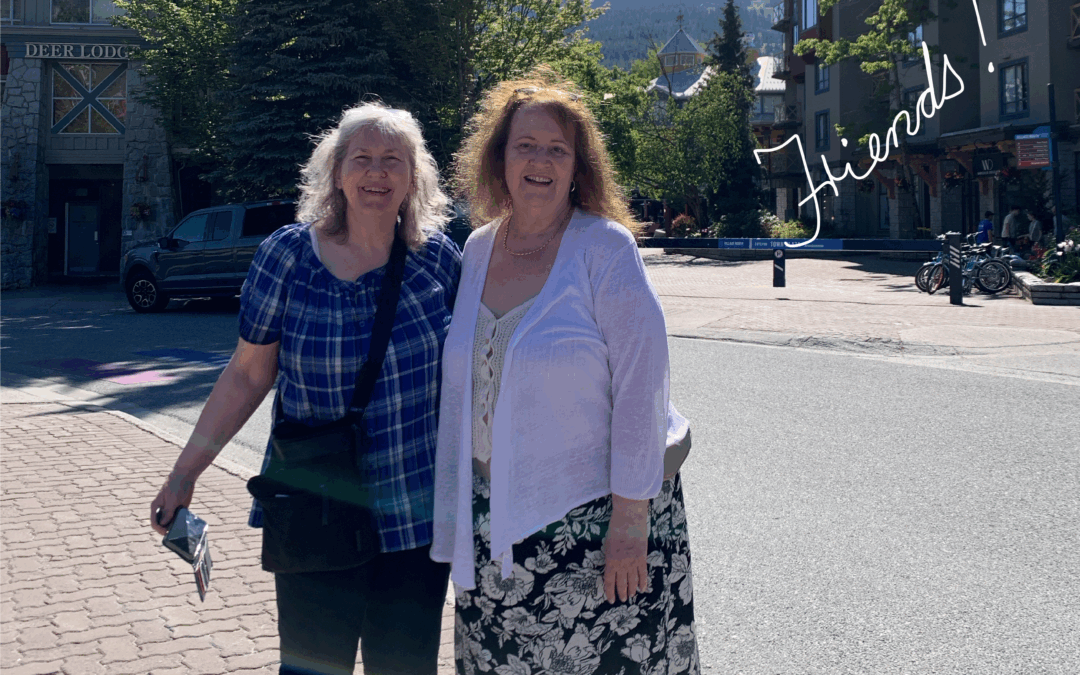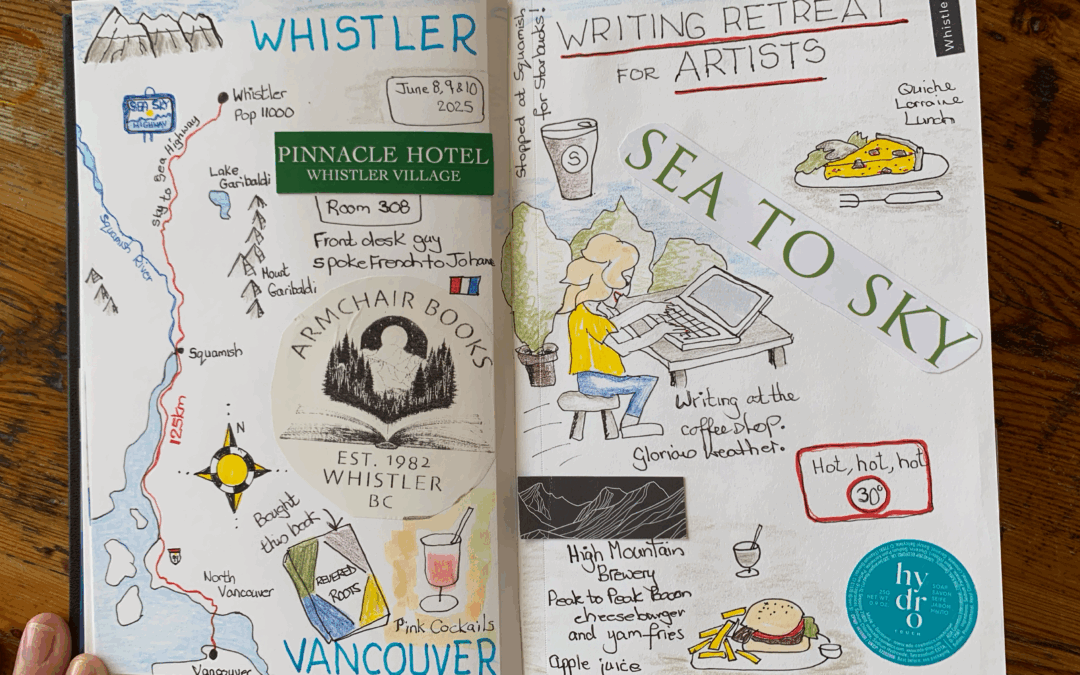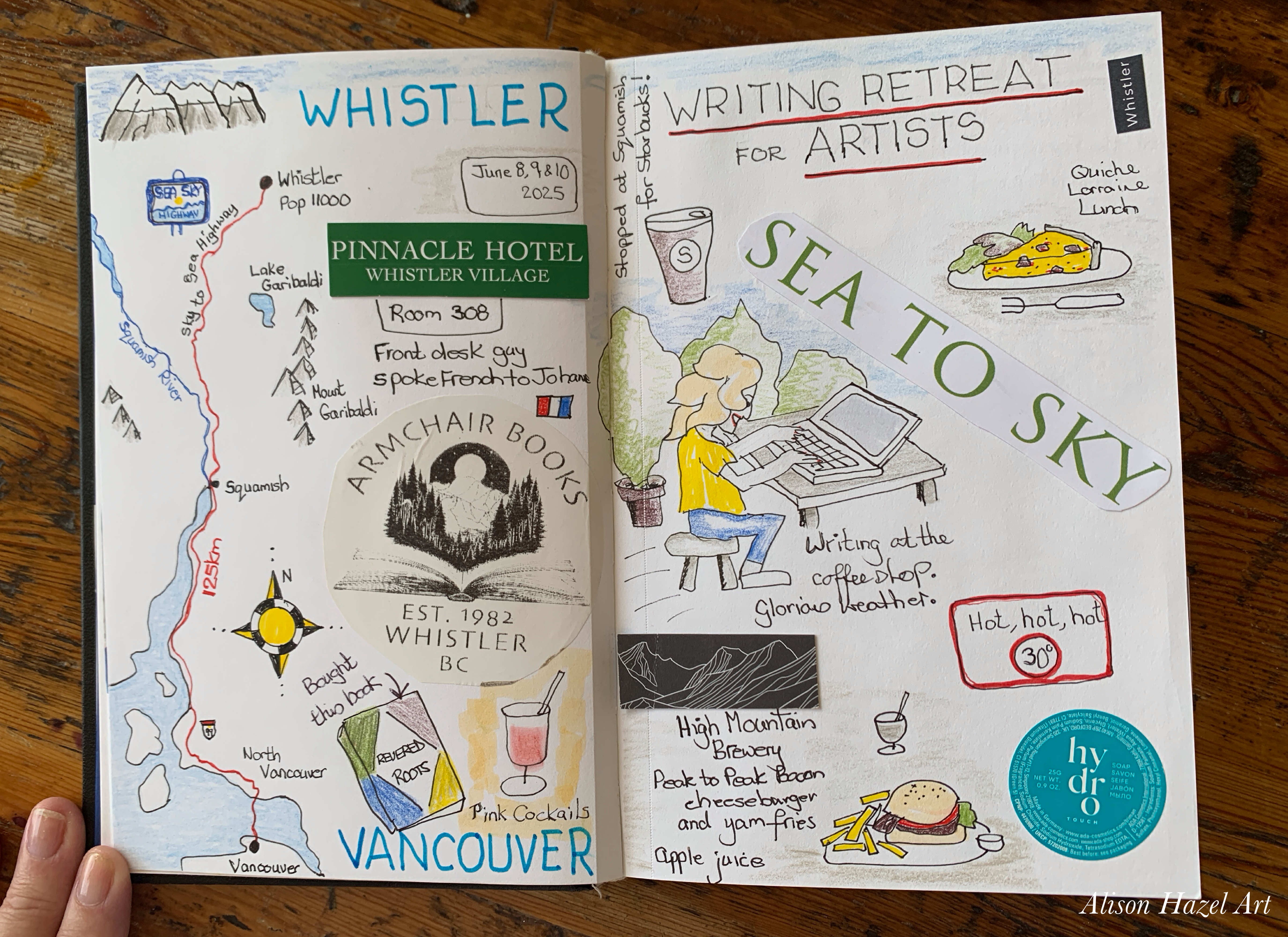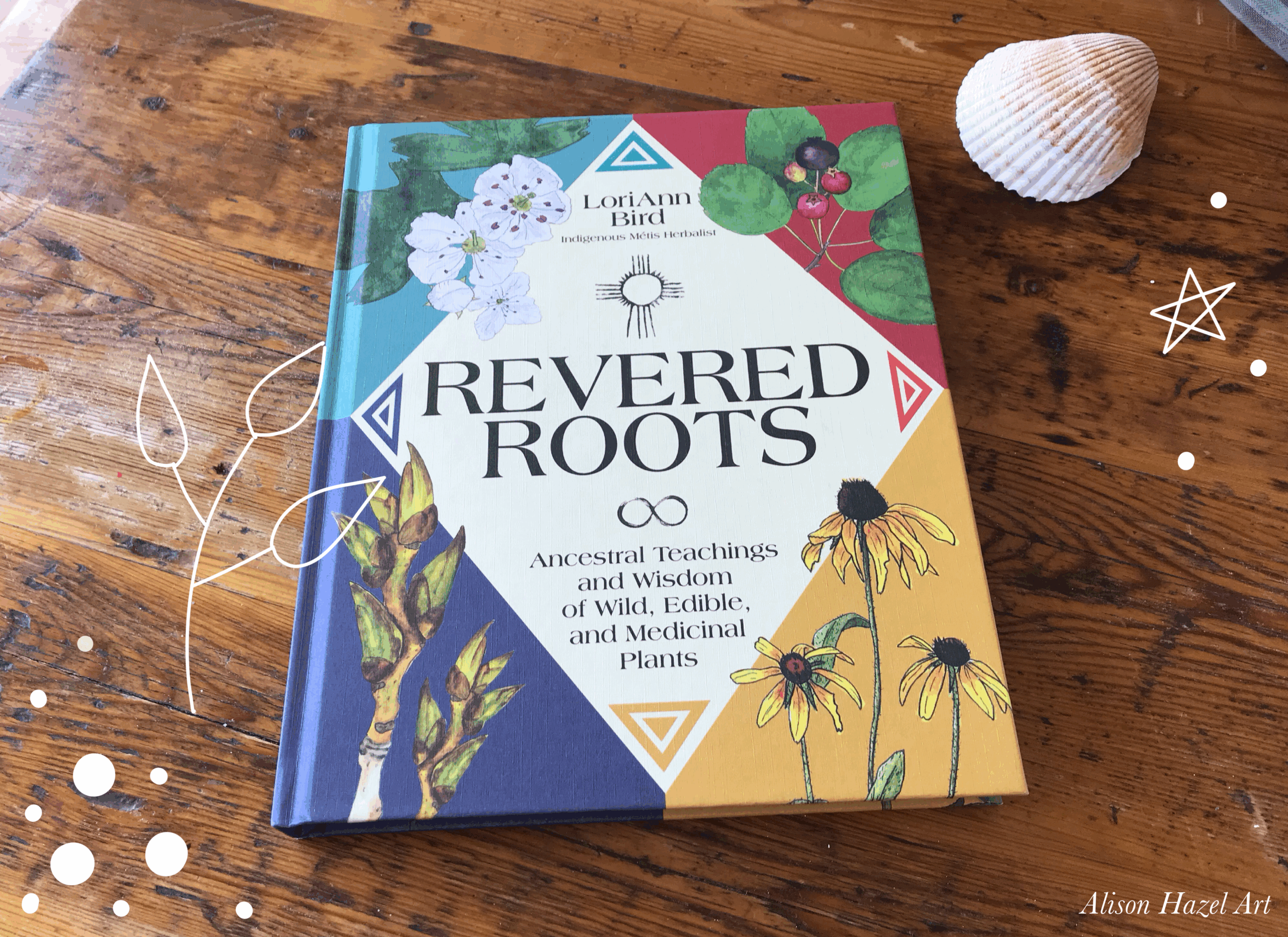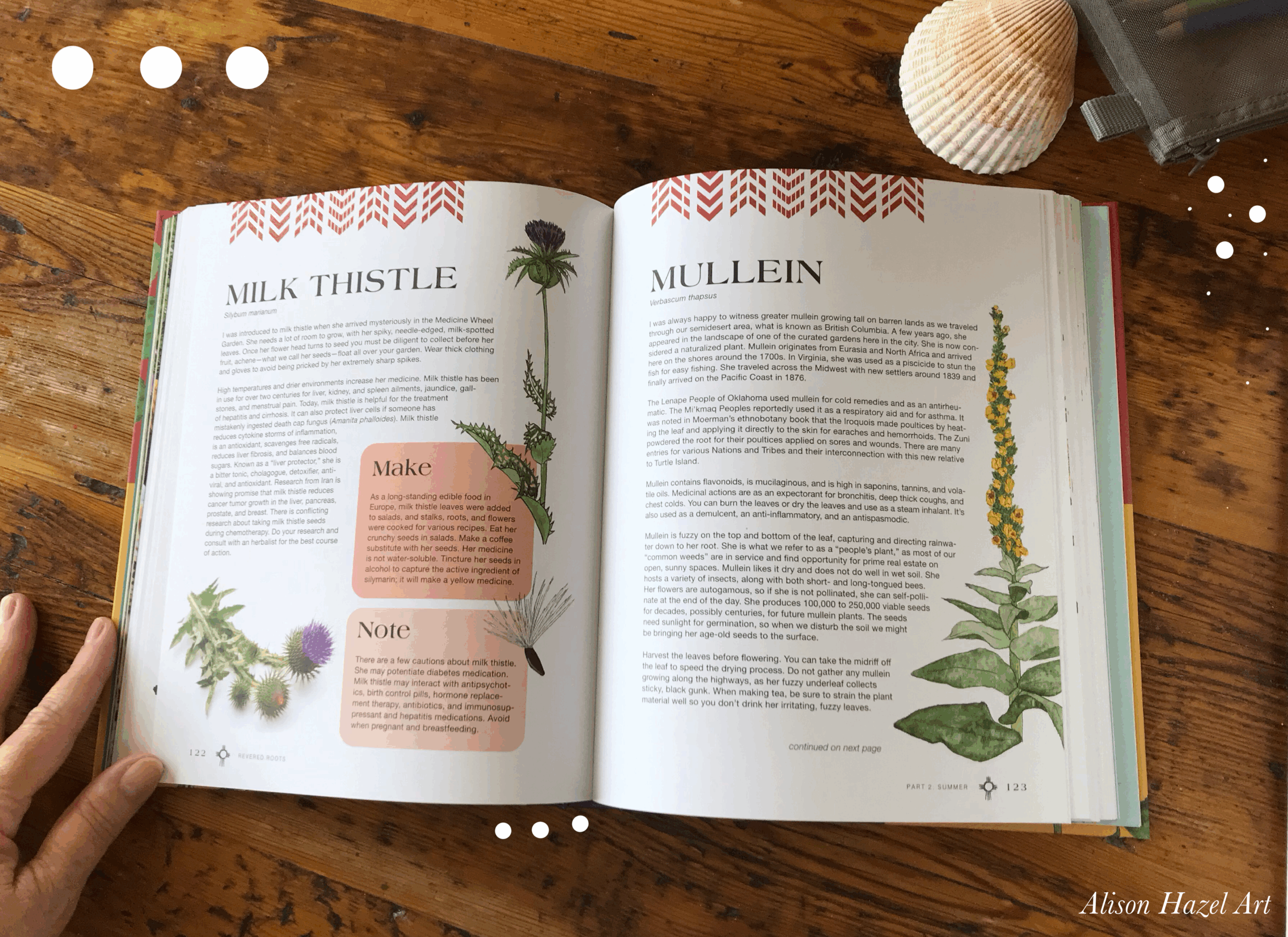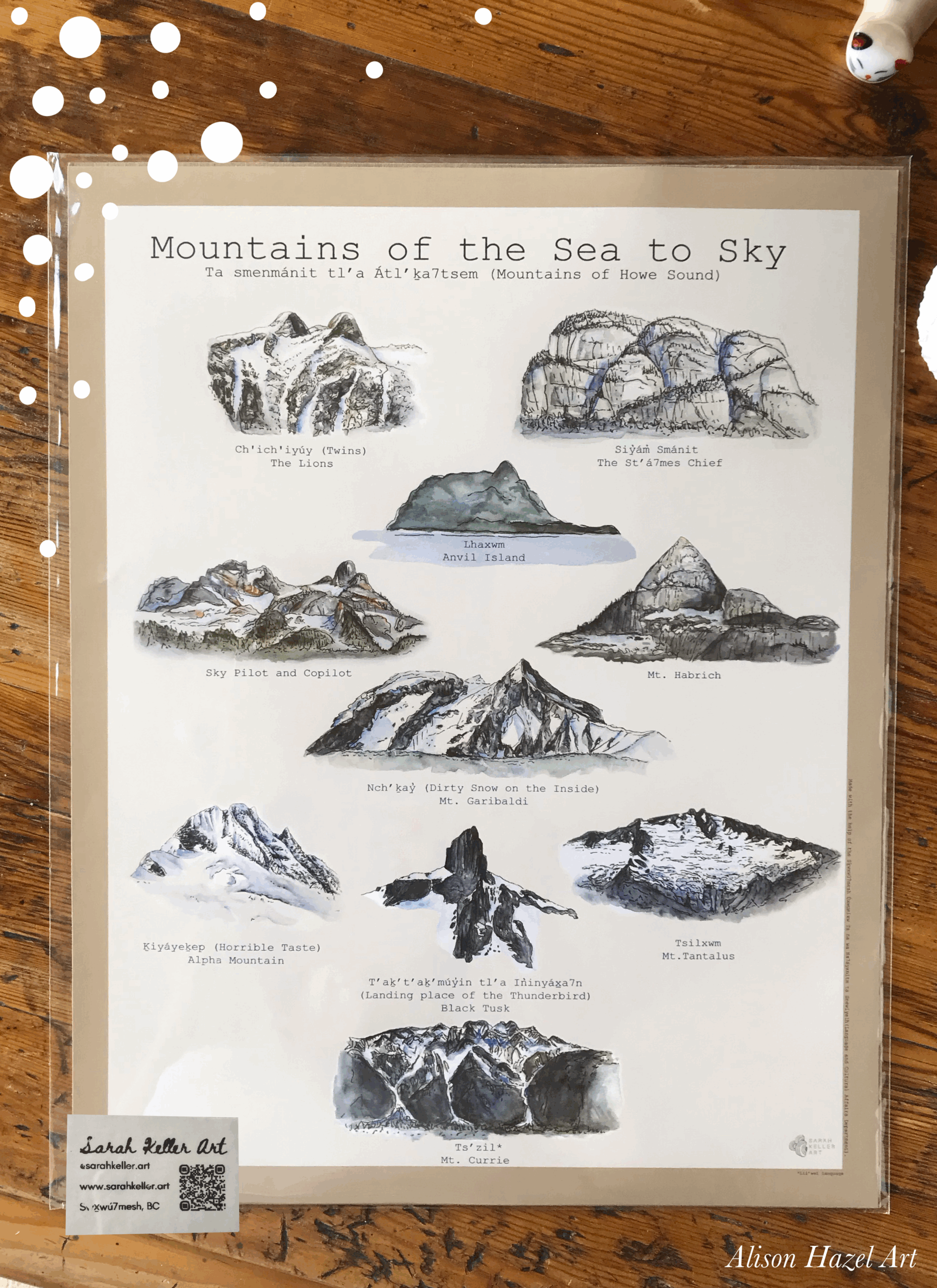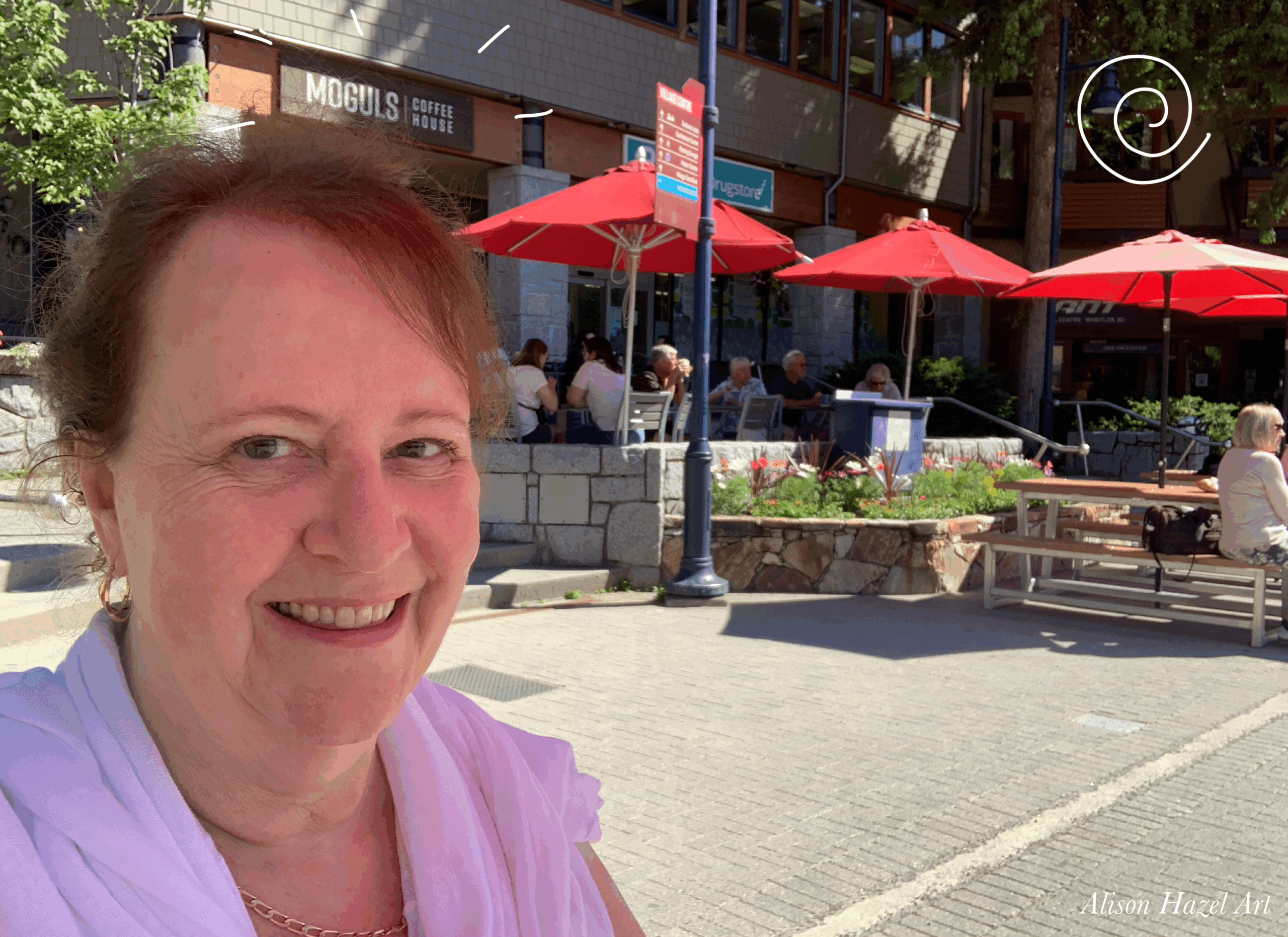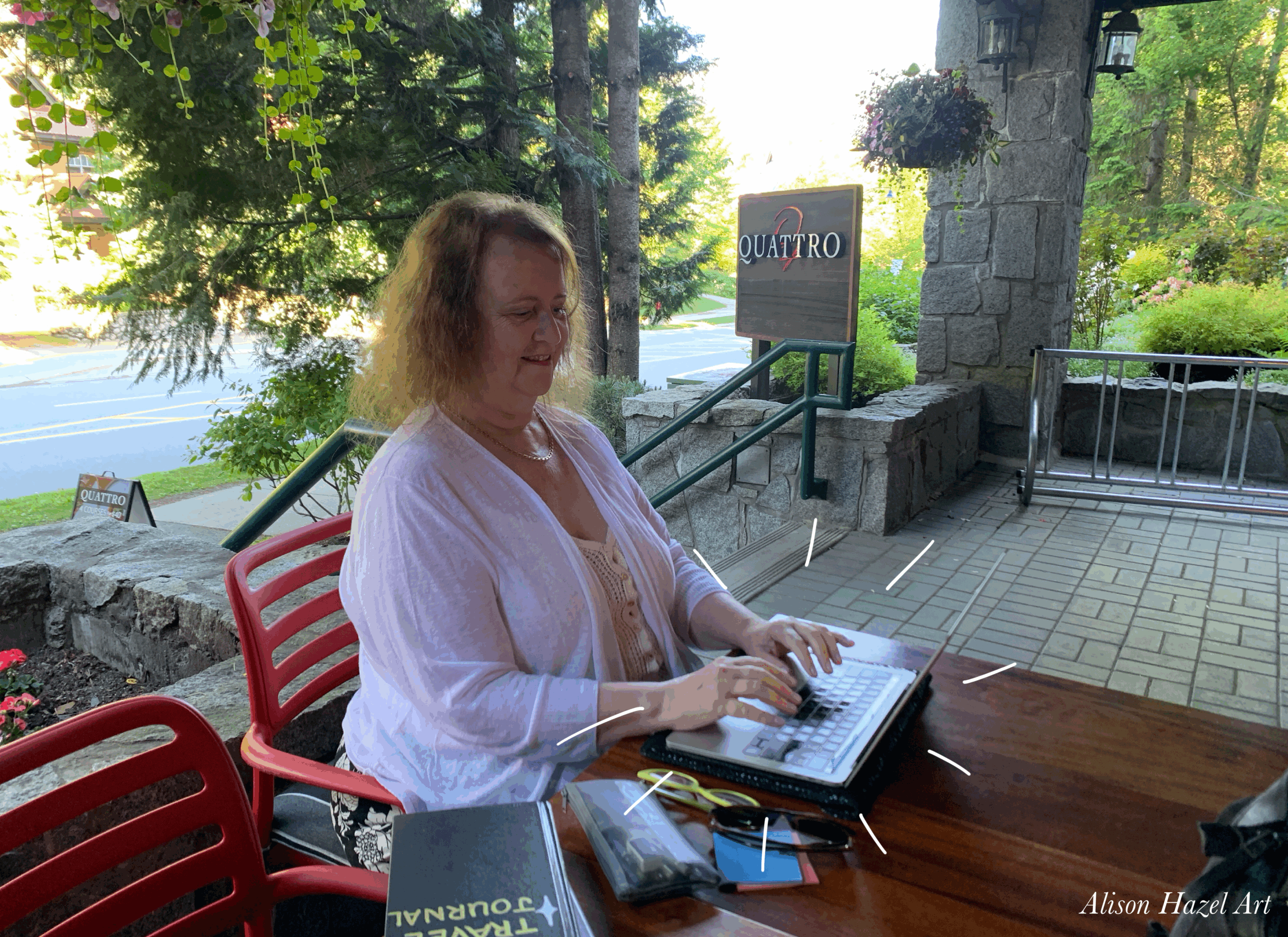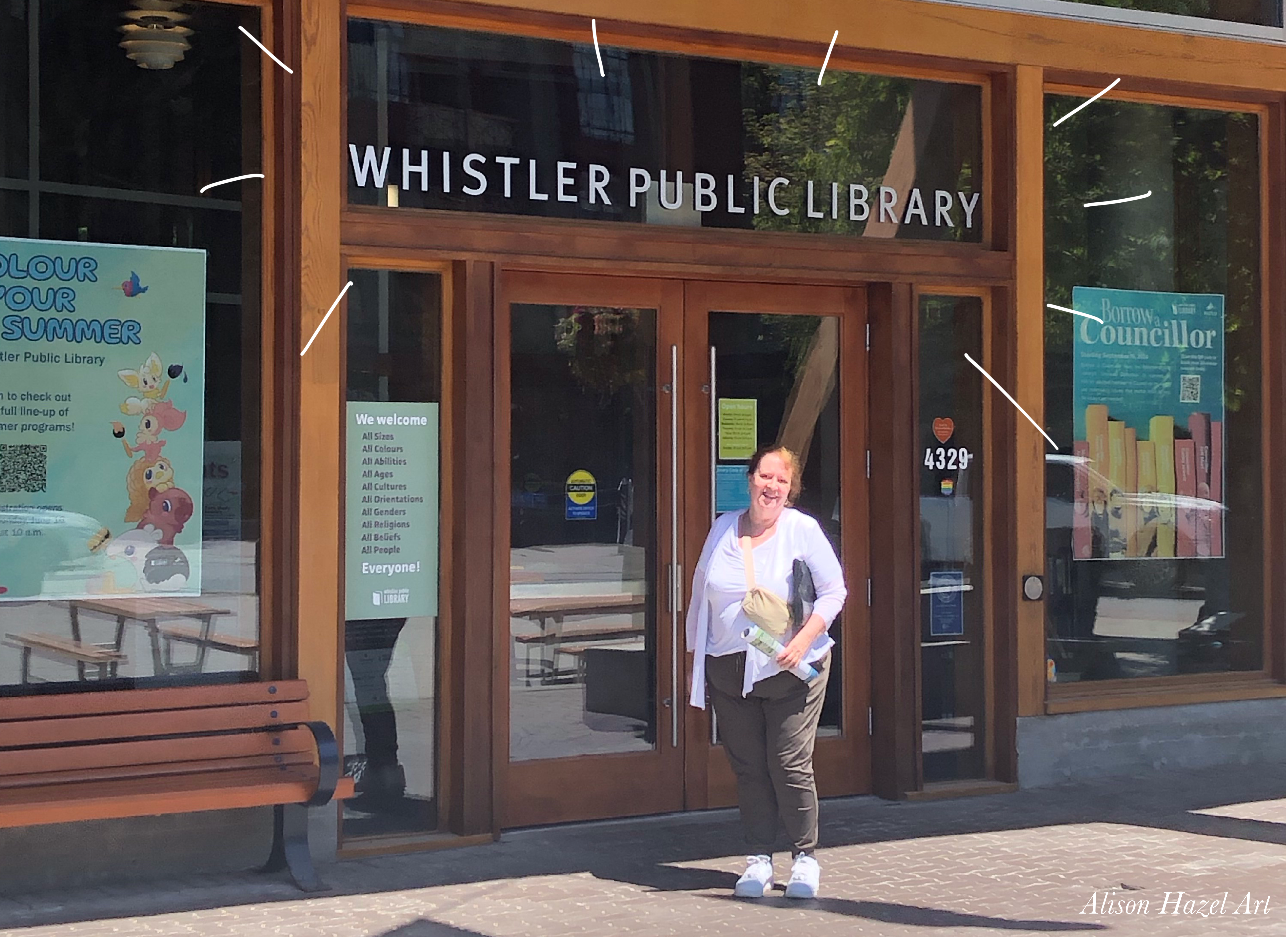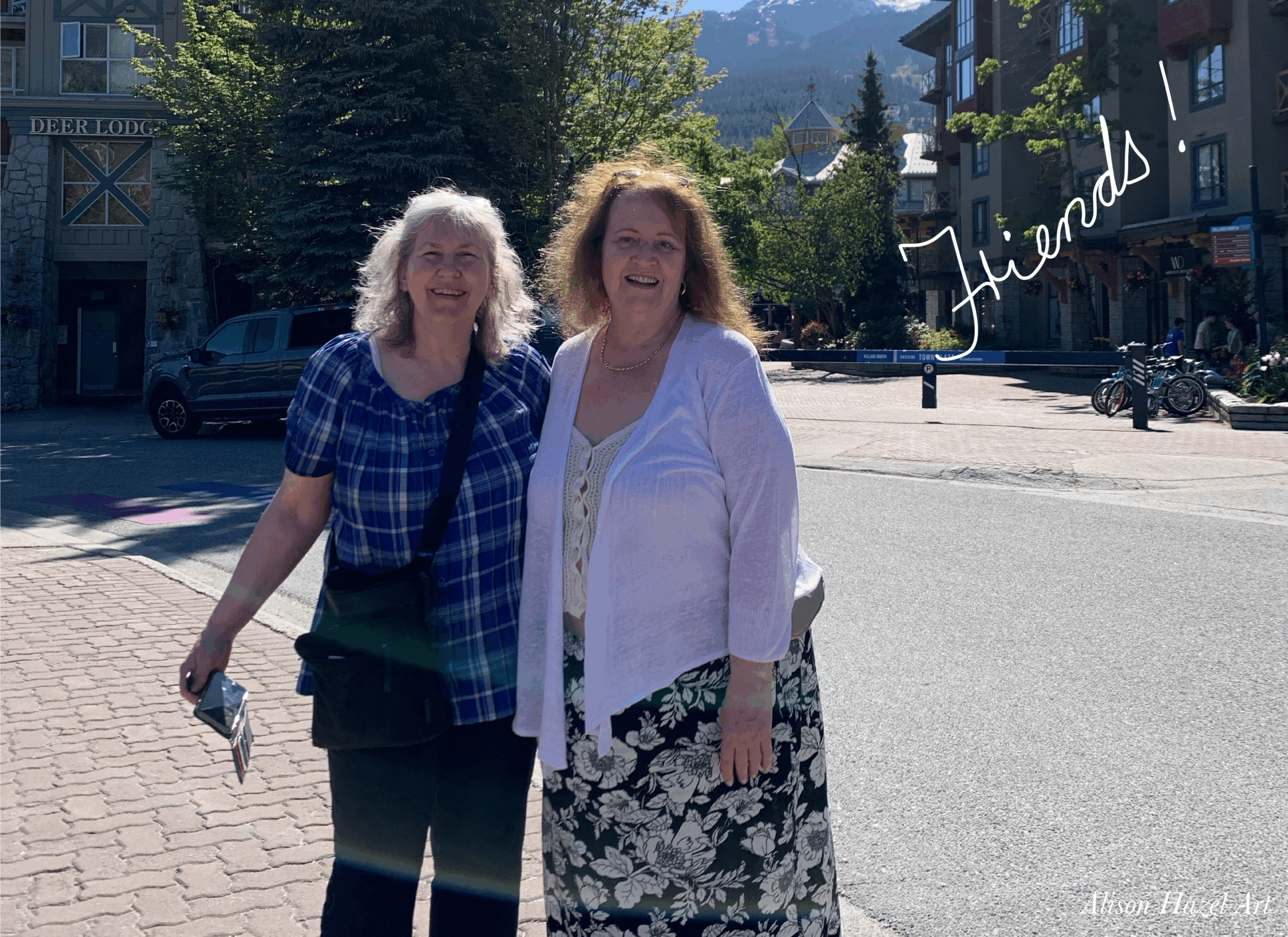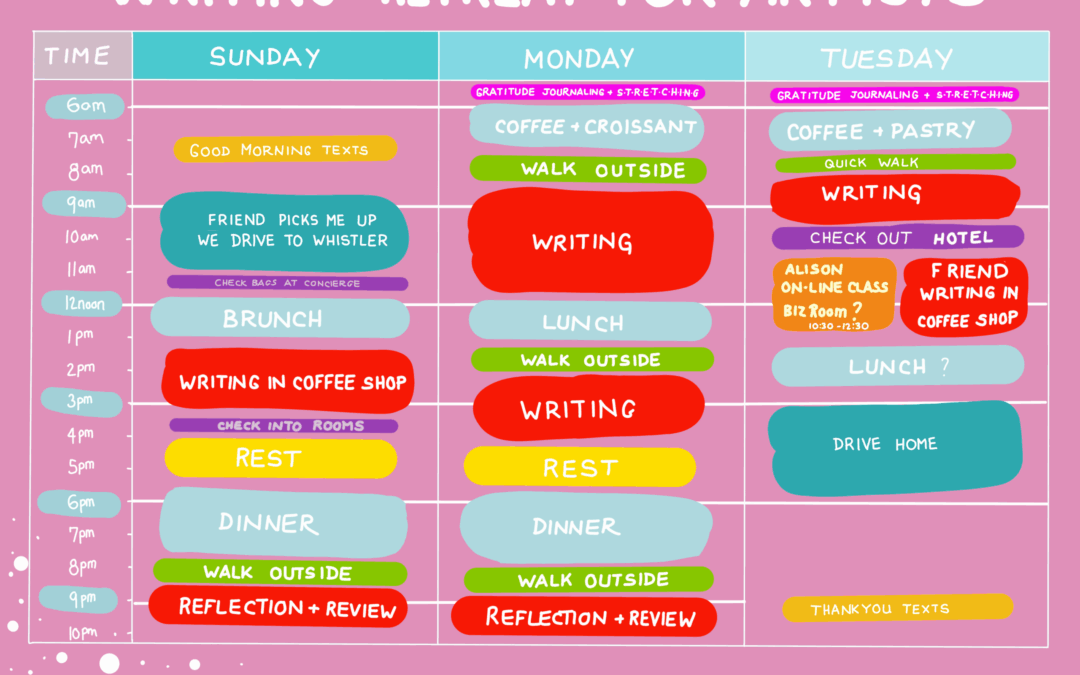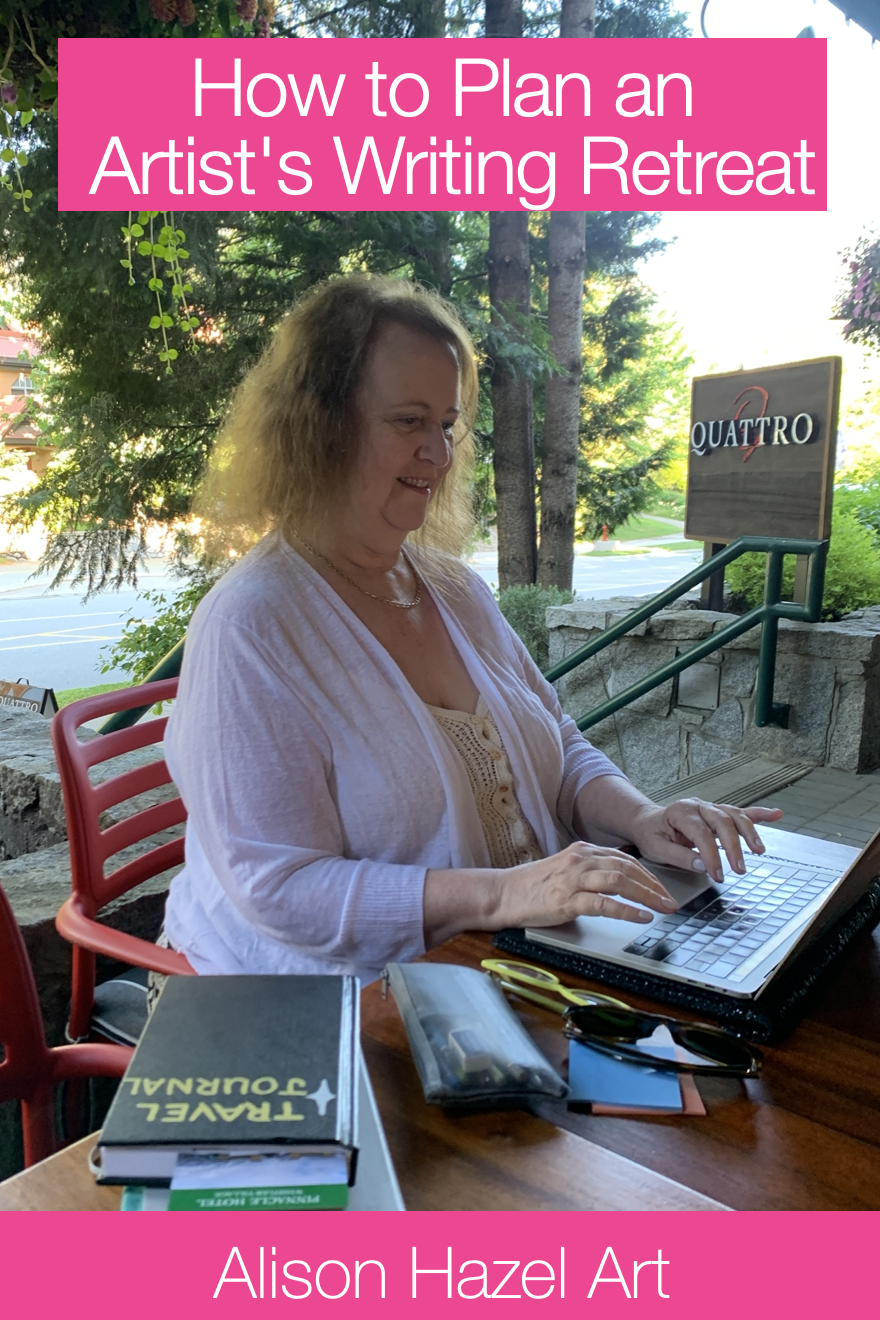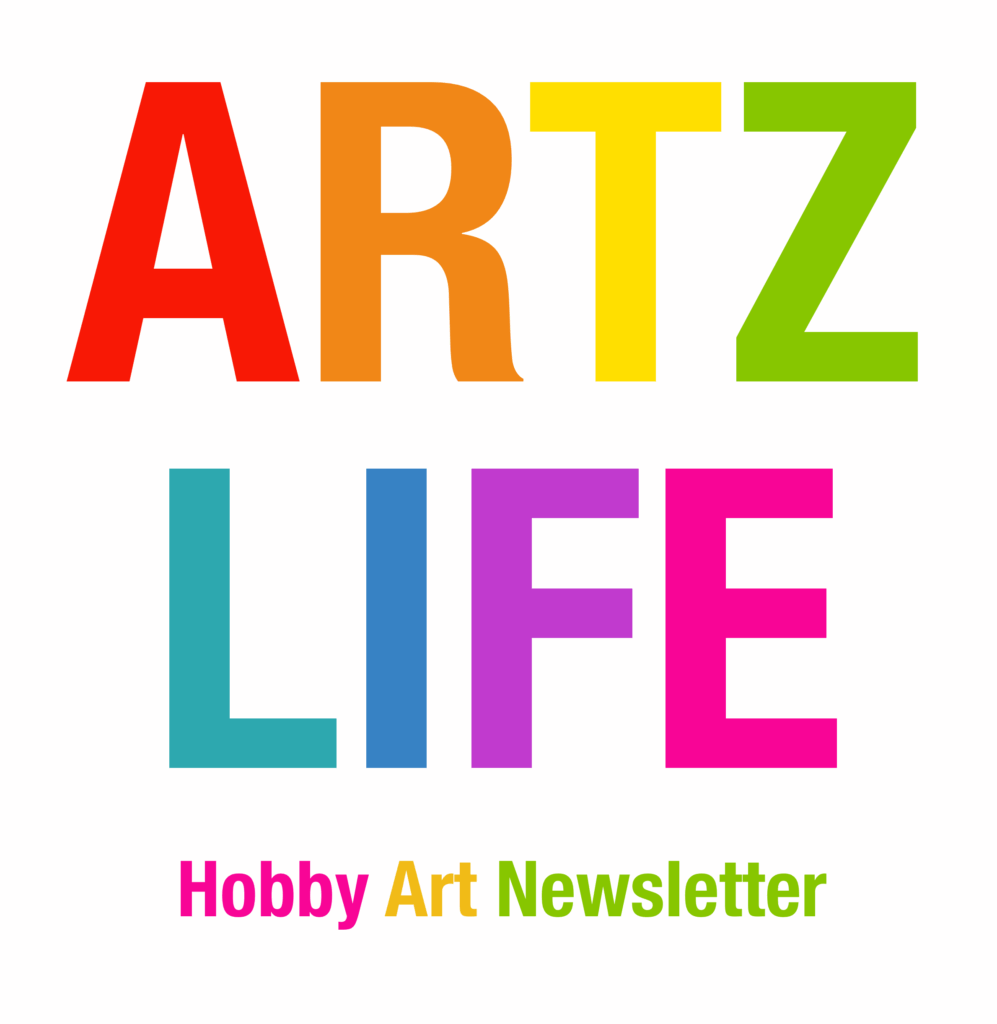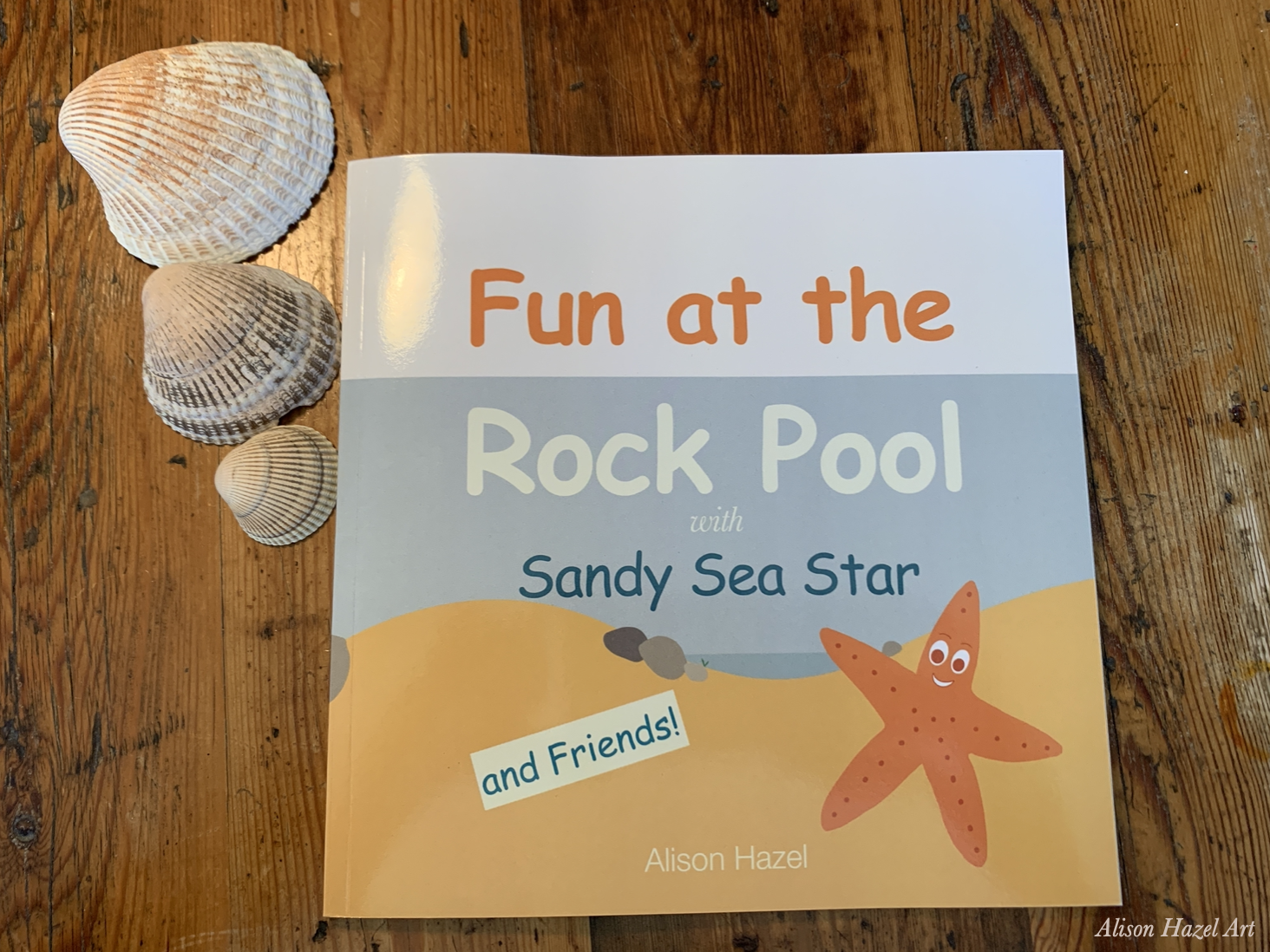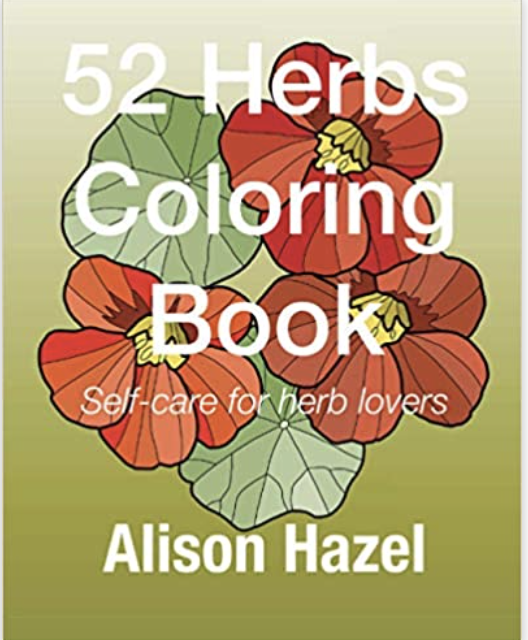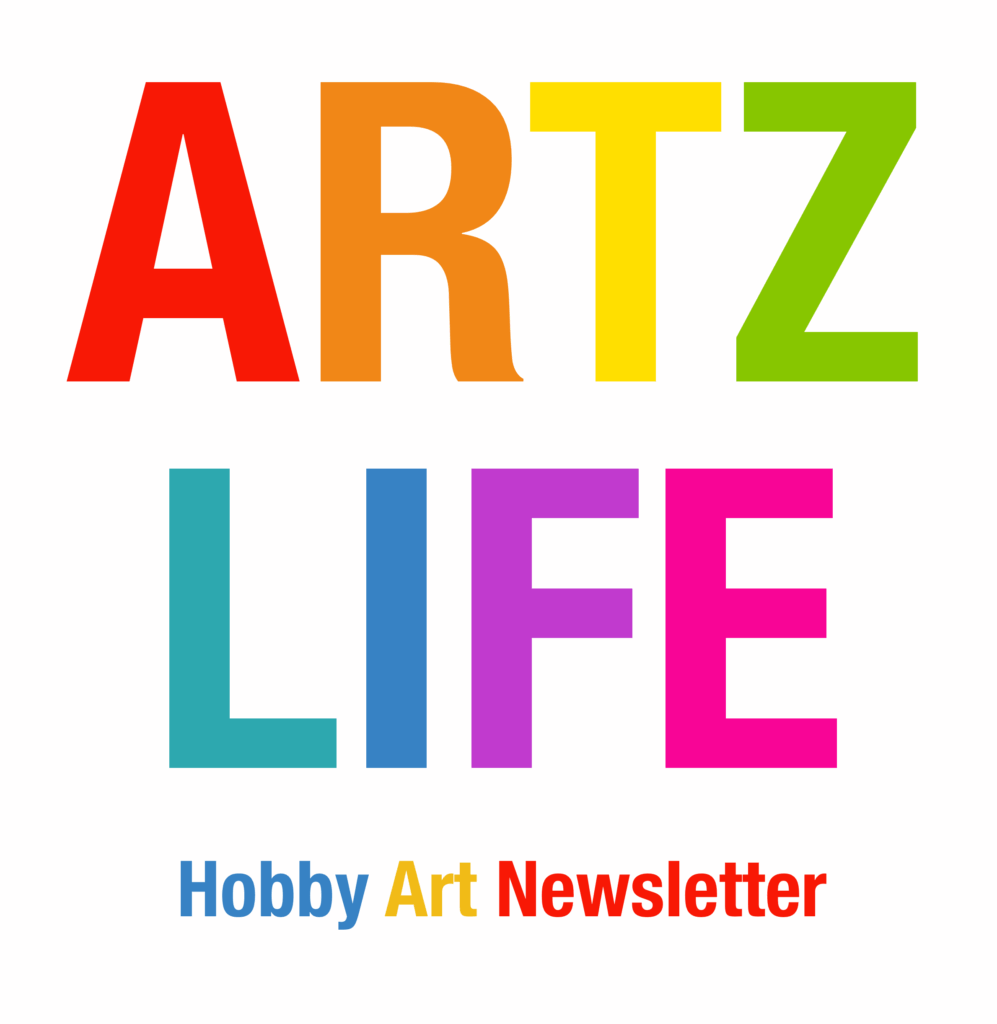How to draw the Vancouver Inukshuk with black and grey scale drawing inks. Nature Journal. Hobby Artist
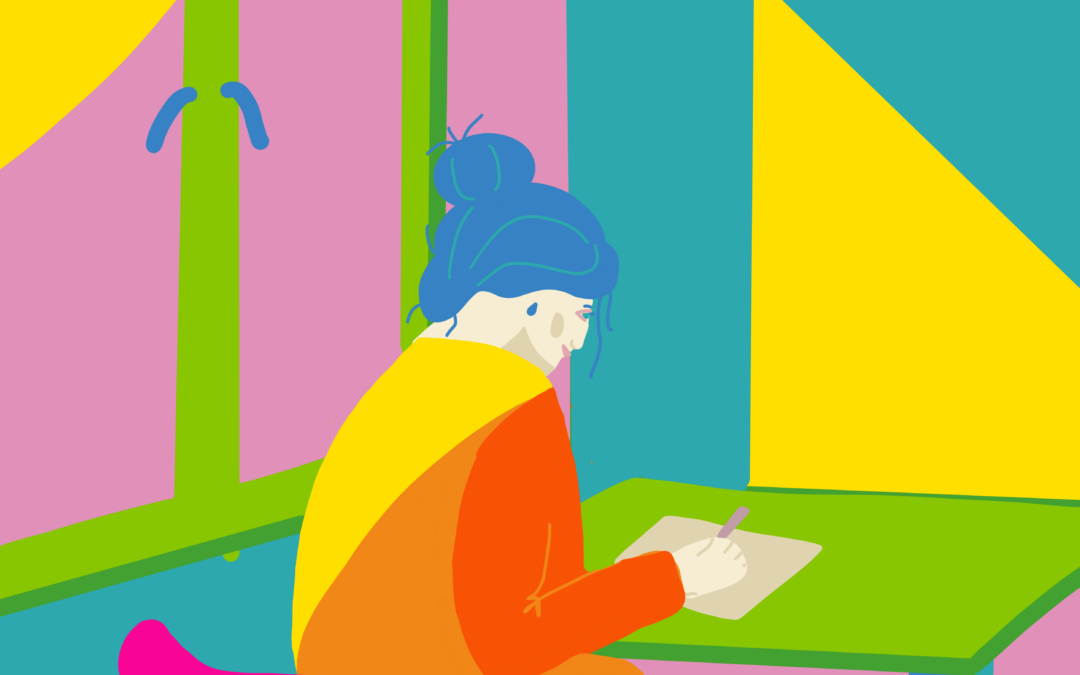
What I Learned as a Hobby Artist This Year
Author: Alison Hazel – Published: December 2025
Introduction
Pause Days
Today I want to share some gentle reflections from my year as a hobby artist. As the days grew quieter between Christmas and New Year, I found myself slowing down and giving my creativity the space it needed to breathe. These pause days always help me look back on what the year taught me and look ahead to what I hope to shape in the next one.
This past year brought surprises, lessons and plenty of small shifts that guided my art life in steady, meaningful ways. What follows is a look at what I learned, what I’m leaving behind and what I’m carrying forward into a new creative season. 🎨 Alison
What I Learned as a Hobby Artist
Reflections on a Year of Growth
Creativity and Seasonal Rhythm
In my art life I like to take the days off between Christmas and New Year without self-imposed deadlines, clients and meetings. It used to be that I’d push on through, but nowadays I gleefully color out the time in my calendar as days in which I’m to do nothing. This gives me time to think. To think about what I have been doing and what I’d like to be doing next year.
Repeats
If you are not careful, a year can easily just become a carbon copy of the last year’s creative work. I try to move forward with some clear thoughts about what I’m going to be doing and, perhaps more importantly, what I’m definitely leaving behind in the old year. This year was a full, shifting, surprising year and sometimes gentle, sometimes challenging, but always creative.
Reflection
When I look back, I can see how my creative process guided me, nudged me and occasionally demanded that I change direction entirely. Here are the lessons this year taught me as hobby artist.
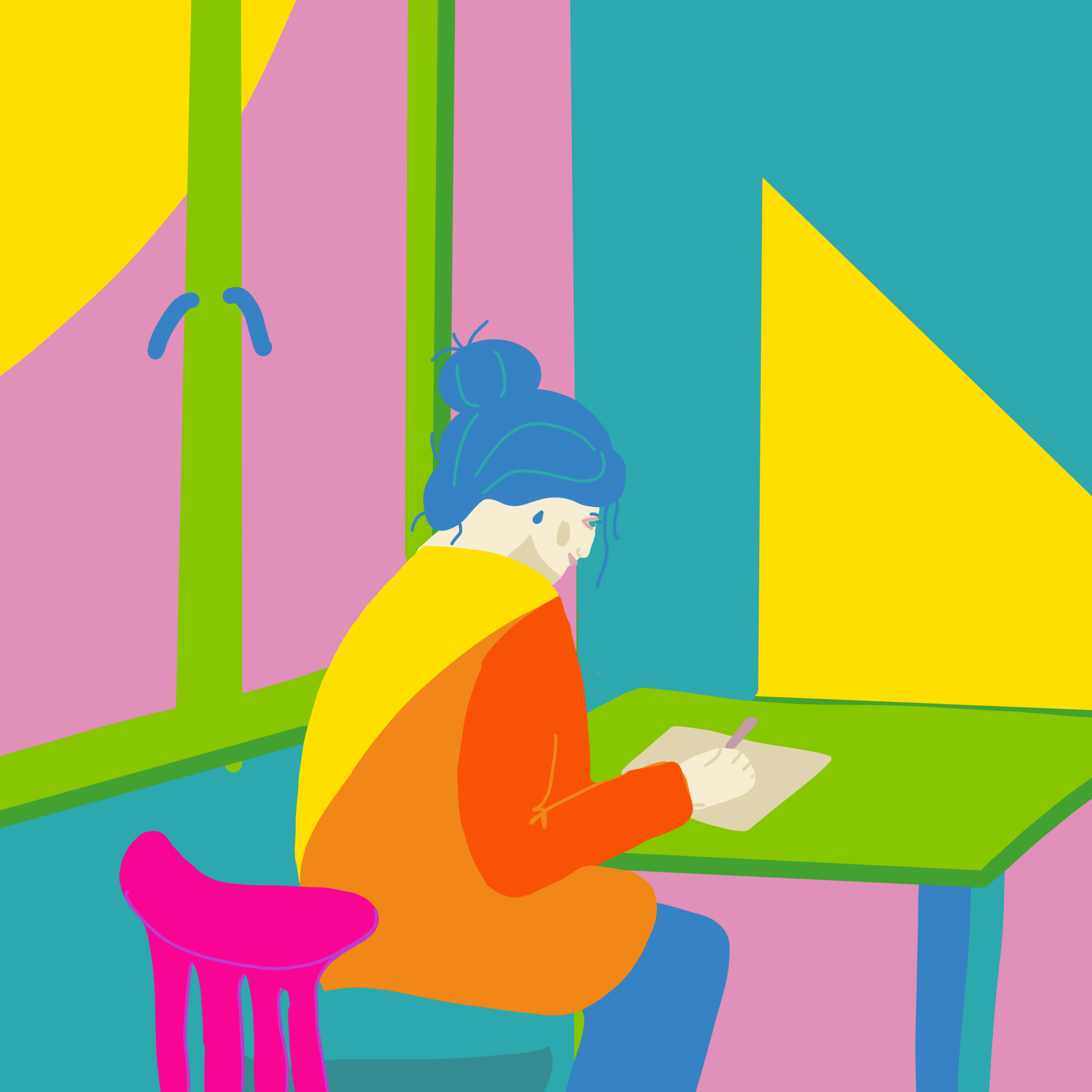
Creativity Comes in Seasons
And That’s a Strength
This year, I truly embraced organizing my creativity seasonally.
Each season has three months.
- Winter: January, February and March
- Spring: April, May and June.
- Summer: July, August and September.
- Autumn: October, November and December.
If you live south of the equator, as I did for thirty years in Africa, then the seasons are reversed. On a side note, I actually follow the solar year as the Sun moves from one solstice to the next equinox and back. Using the four seasons of the year I chopped by year up into chunks of about 90 days of creative hobby artwork. But let’s be clear here I did not know exactly what I was going to be doing at the state, but as opportunities arose, I took them.
Winter
Winter became a time of inward focus, sharpening pencils, journaling with morning pages, and plotting and planning.
Spring
Spring brought experimentation and a fabulous writing retreat with my good friend.
Summer
The warmer summer days offered expression, expansion and more grid artwork.
Autumn
Autumn encouraged pushing through. My focus was on handmade Christmas cards for my children. Additionally, I had my daughter’s destination wedding in Tofino.
Lean In
Instead of resisting the natural ebb and flow of my energy, I learned to trust it.
Being in tune with the seasons helped me avoid burnout, stay more closely accountable to my goals and maintain a more sustainable creative rhythm.
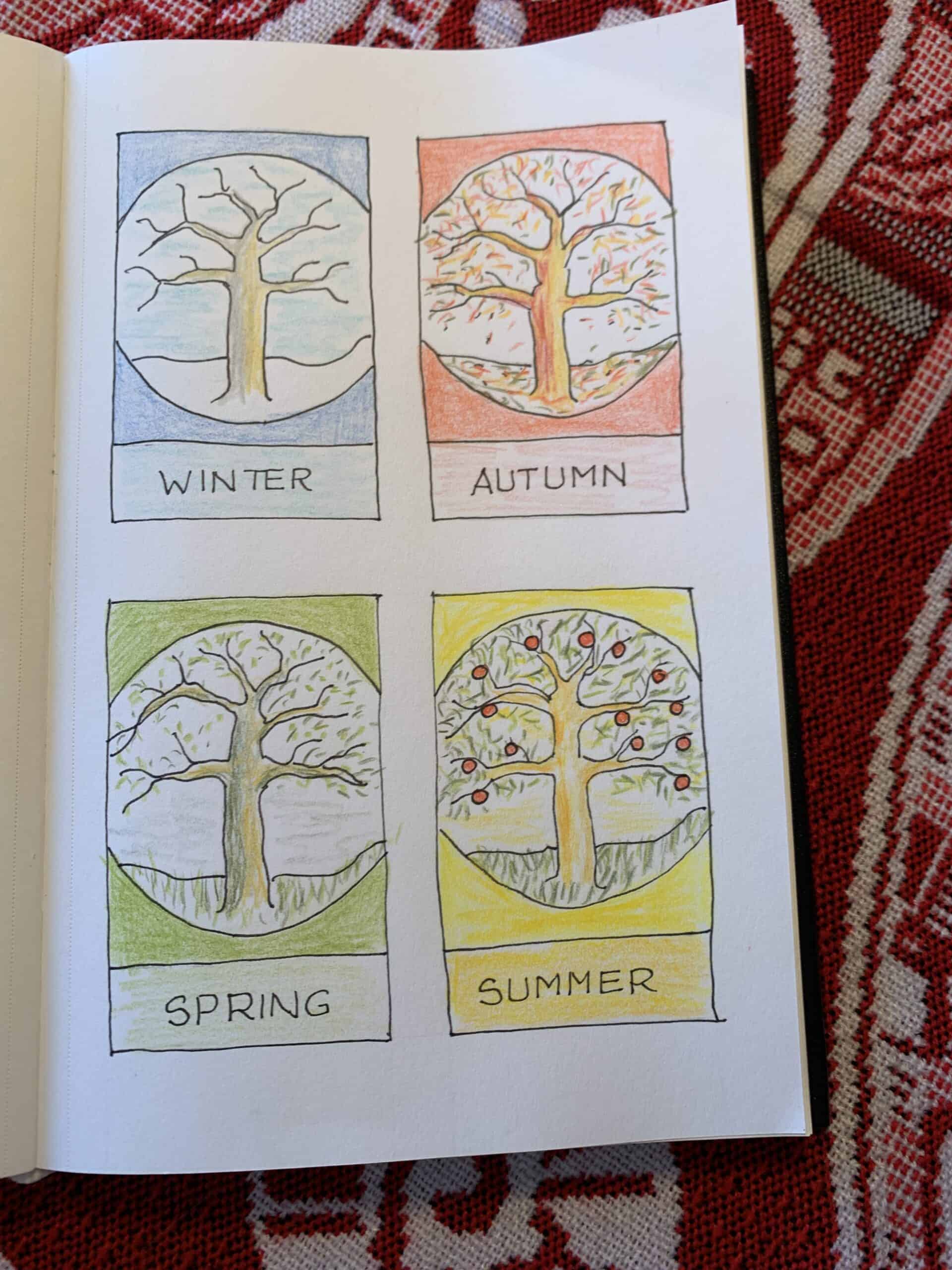
Showing Up Matters
More Than Being Inspired
In the past, I waited for inspiration to strike. This year, I made a shift and I began showing up whether I felt inspired or not and surprisingly, inspiration often followed.
Calendar
I worked from my freshly hatched content calendar. The plan was one article every two weeks. I began writing my Artzlife newsletter in January 2025 and I almost got a newsletter out every fortnight. I say almost because I did miss once and if you were following closely, you’d have noticed that too.
The real problem with missing one little Friday posting is that it is ever so easy to miss another, and another and before you know it it’s all over bar the shouting.
Show up
I learned that creativity is a practice, not a mood. Some days, all I could manage was a doodle, a sketch, a color test, or a written idea, but those small acts were like it kept my artistic door open.
I do have a life and there are many other things on the go at the same time. I have four grown children, friends to see and other craft and creative project interests.
My Art is Better…
When I Allow It to Breathe
In 2025 I slowed down. I gave articles more space to develop, sit, rest and evolve. Letting ideas “age” for a few days before finishing them helped me see my thoughts with fresh eyes. I believe the work became more thoughtful, layered and emotionally grounded. And clearly, creativity doesn’t always respond well to being harried along or rushed.
Tools Don’t Make the Artist…
But the Right Tools Help
I experimented with new materials this year: different papers, brushes, digital tools and color palettes. I learned that while new toys in my art box of tricks won’t fix a weak idea, they can open doors to new techniques and textures. I also learned that I don’t need every color in my pencil box, but rather just the ones that spark curiosity or support the direction I’m already heading.
I leant into caput mortem by purchasing just one colored pencil this year in the purple brownish color. I still love this color.
Nature Remains My Deepest Teacher
Coastal Living
Living near the coast and getting down to the beach now and then reminds me of subtle shifts in color, light and mood. This year, I used more of these natural elements like shells, pebbles and sed pods into my work. The practice of simply observing nature (often with a sketchbook in hand) became a grounding art date with myself, especially in moments when I felt creatively scattered. I did often draw the same things again and again, particularily in my grid art sketchbook, but now I call in my “art practice.”
Sharing My Process Matters
People
This year I got the notion that people connect with the process, and not just finished pieces. When I shared my works-in-progress, studio notes or small personal reflections, readers just like you responded warmly. This reminded me that art is a form of communication and that by opening my cretor studio door a crack it can create community.
Growth Isn’t Always Visible…
But It’s Always Happening
Some years of life bring dramatic, obvious artistic leaps and for me this year felt a bit more subtle. But beneath the surface, I was learning to:
- Trust my stylistic instincts (I like flat and simple)
- Let go of perfection (quirks add something)
- Revise my workflow (one hour a day)
- Respect my energy (if I’m tired, I’ll take a nap)
- Give myself permission to evolve (read more art books)
Growth isn’t always loud, but rather it’s like a gentle hum which you only notice at the end of the year.
Looking Forward
with Purpose
What I will take into 2026 is a renewed appreciation for slow growth, thoughtful creation and working with the seasons rather than against them. I feel steadier in my process than ever before.
Winter
Winter will soon begin, on December 21st, and with it a fresh creative season. I’m ready to welcome it with curiosity, intention, a sharp pencil and an open sketchbook. And to you, reading this I wish to thank you for being here.
Thank you for supporting my work, following along and sharing this creative journey as a hobby artist in later life with me. Your presence truly matters and I’m grateful for every reply, email, comment and quiet moment you spend with my art.
Here’s to another year of growth, beauty and of making things that matter.
More on Living a Creative Life
Some of my gentle deas and practices for living your life with a “create first” mindset to help you, as a hobby artist, keep going.
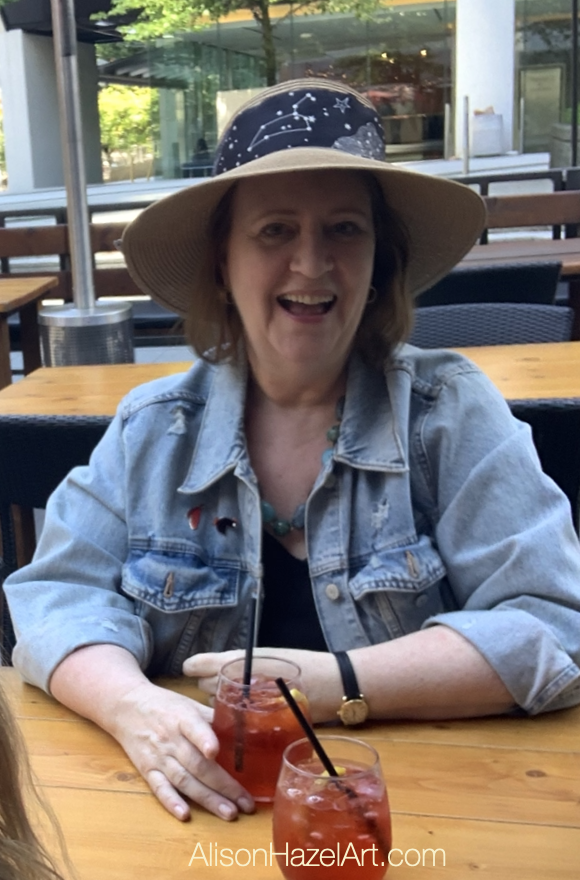
Author Bio: Alison Hazel
Alison Hazel is a hobby artist and she shares her ongoing journey about becoming an artist later in life. She creates simple art that anyone can make. She hopes to inspire you to reach your creative potential in the area that suits you. Read more about Alison’s story. Get her newsletter.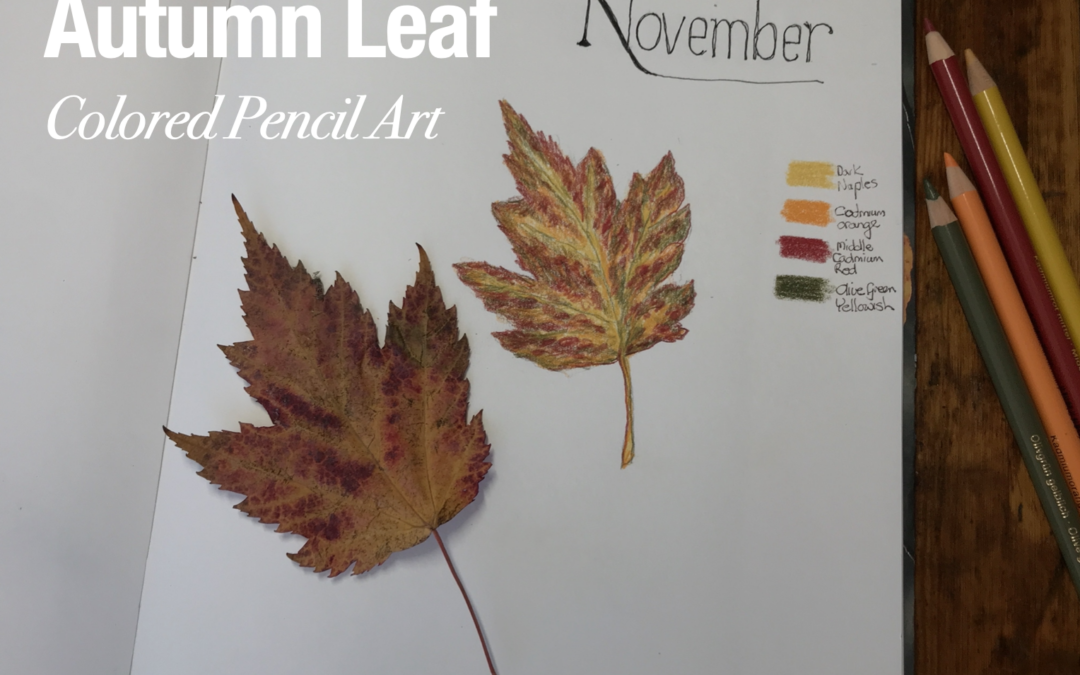
Autumn Leaf Colored Pencil Art
Autumn Leaf colored pencil art in my Perpetual Nature Journal sketchbook. Great for hobby artists and beginners.
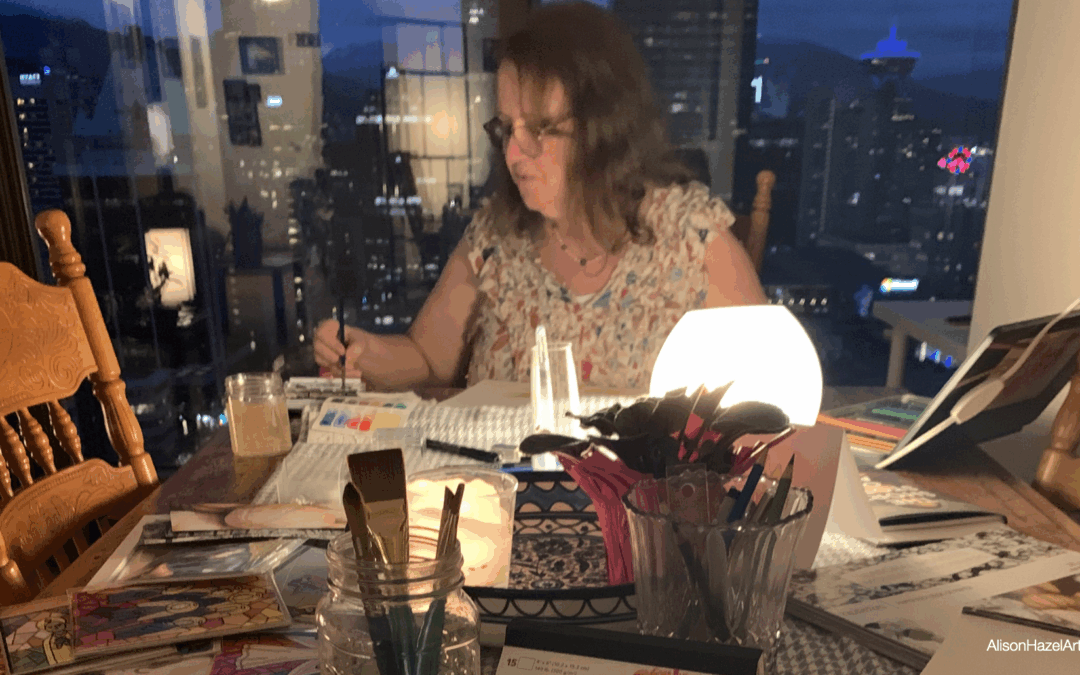
Artzlife Newsletter
Author: Alison Hazel - Published: December 2024 Artzlife Newsletter Creative art journal inspiration for hobby artists Welcome to a Place for Passionate Hobby Artists Are you a hobby artist seeking inspiration, connection and gentle guidance on your creative...

